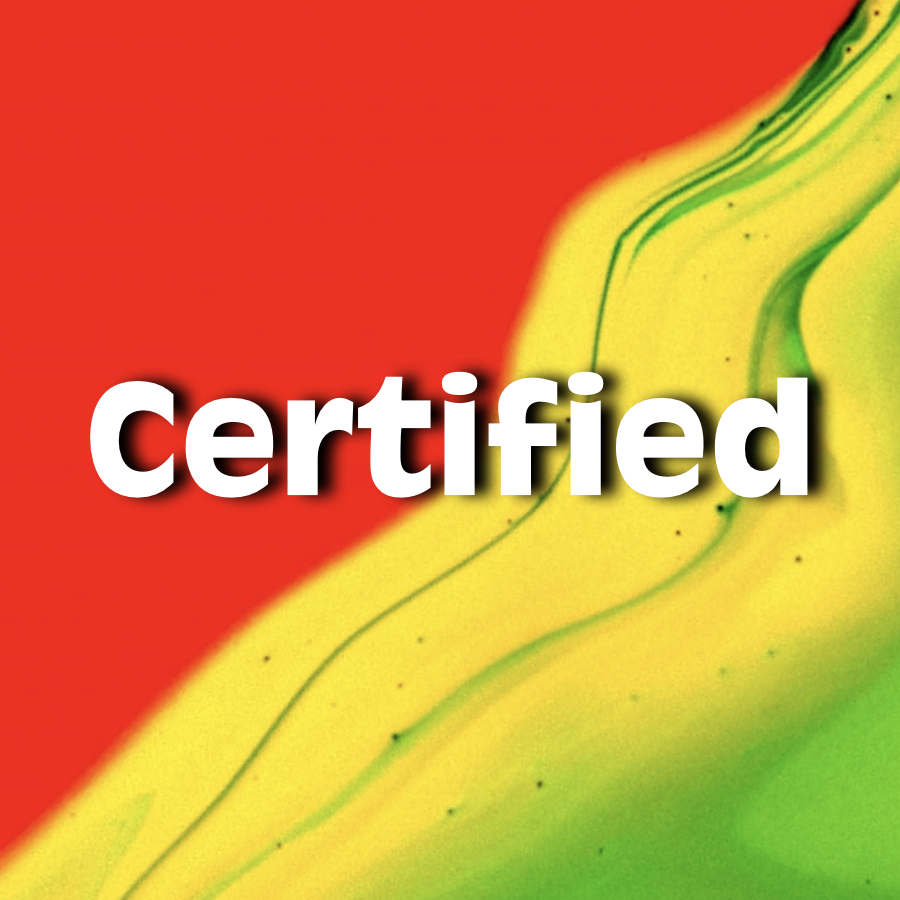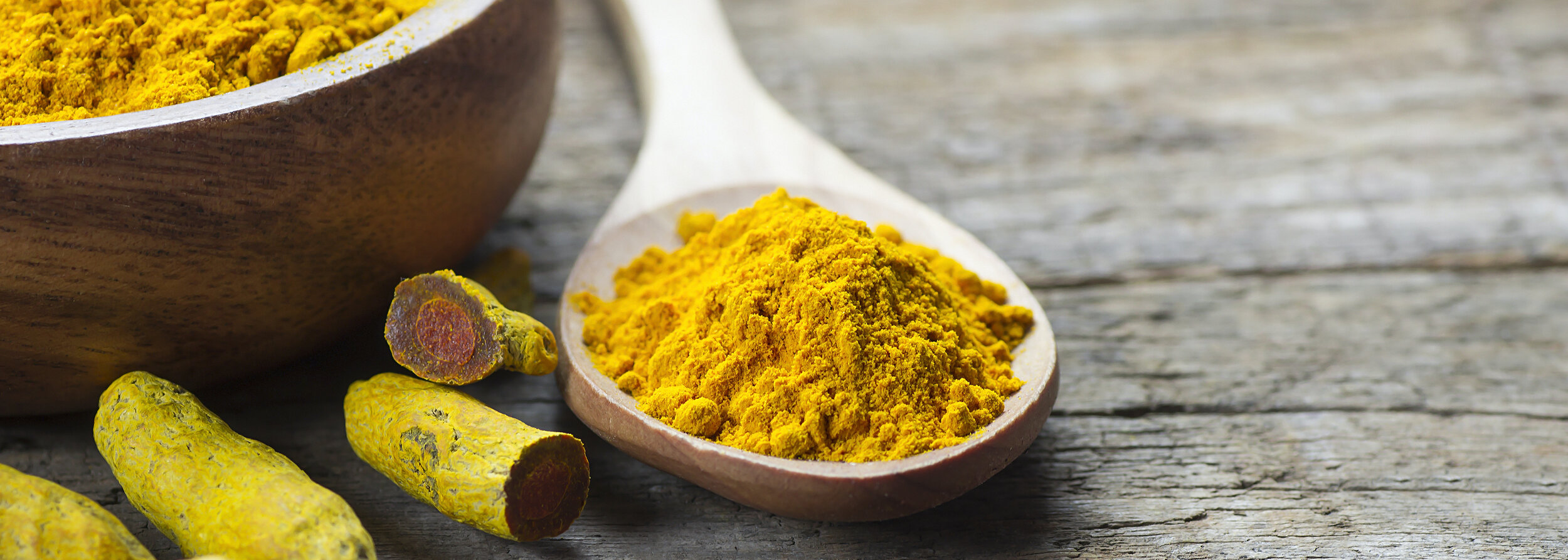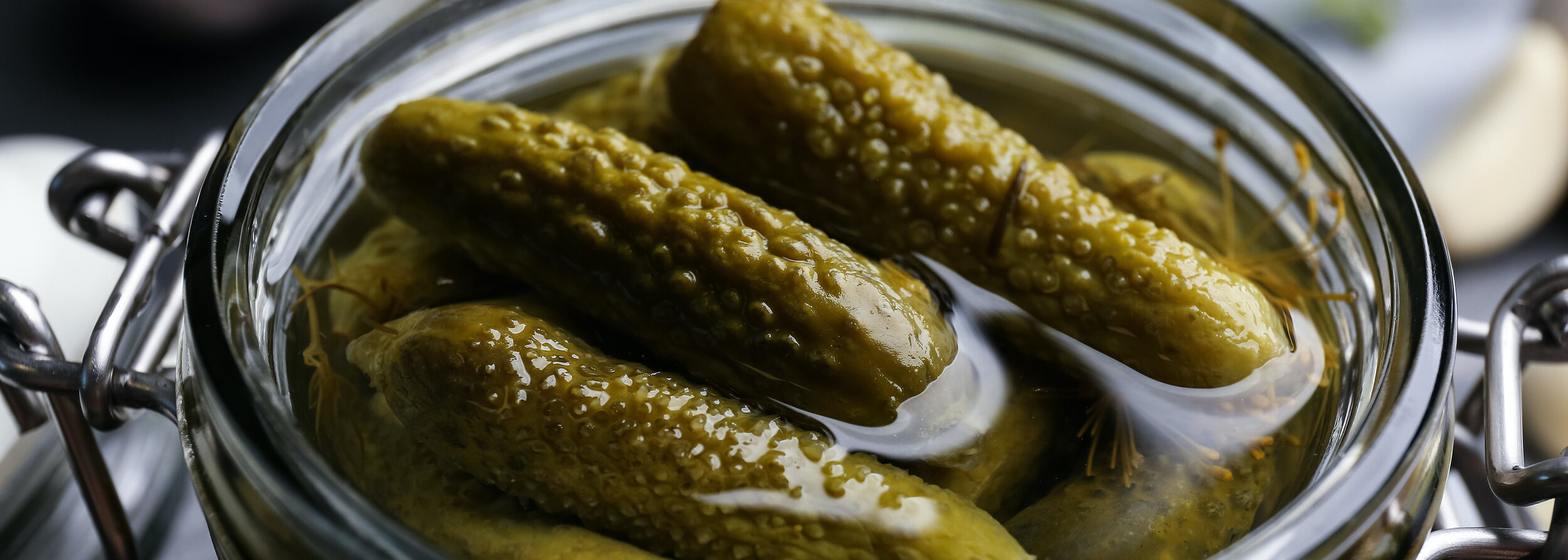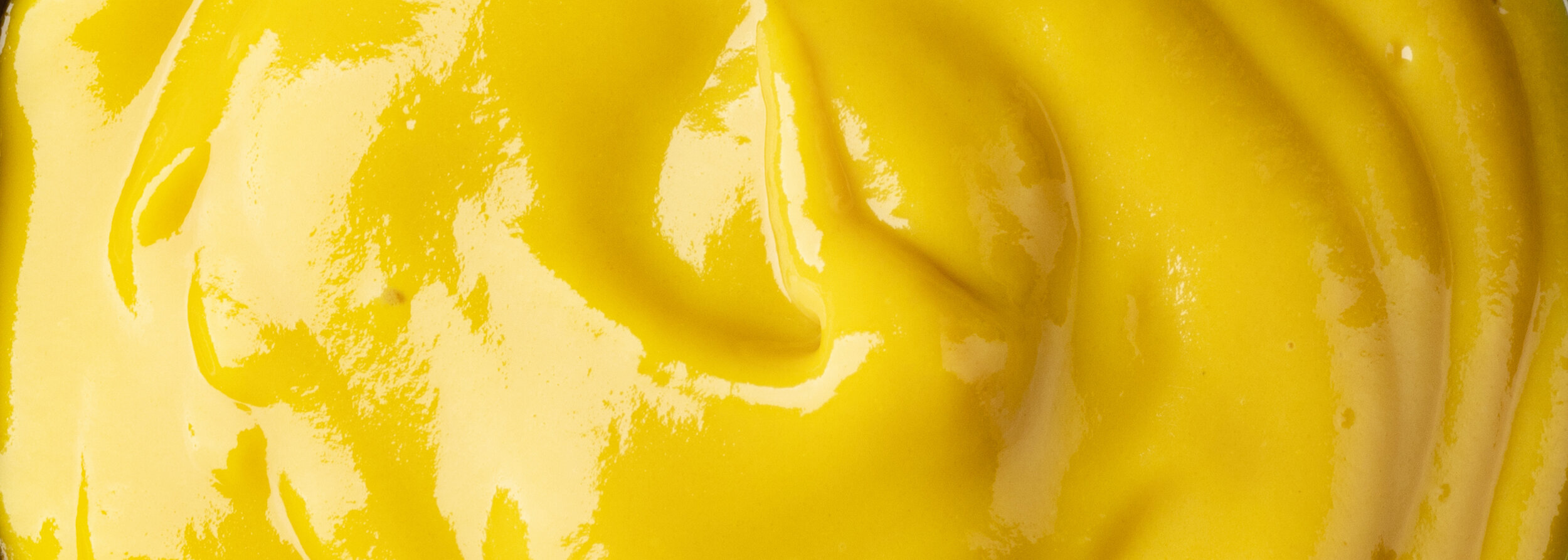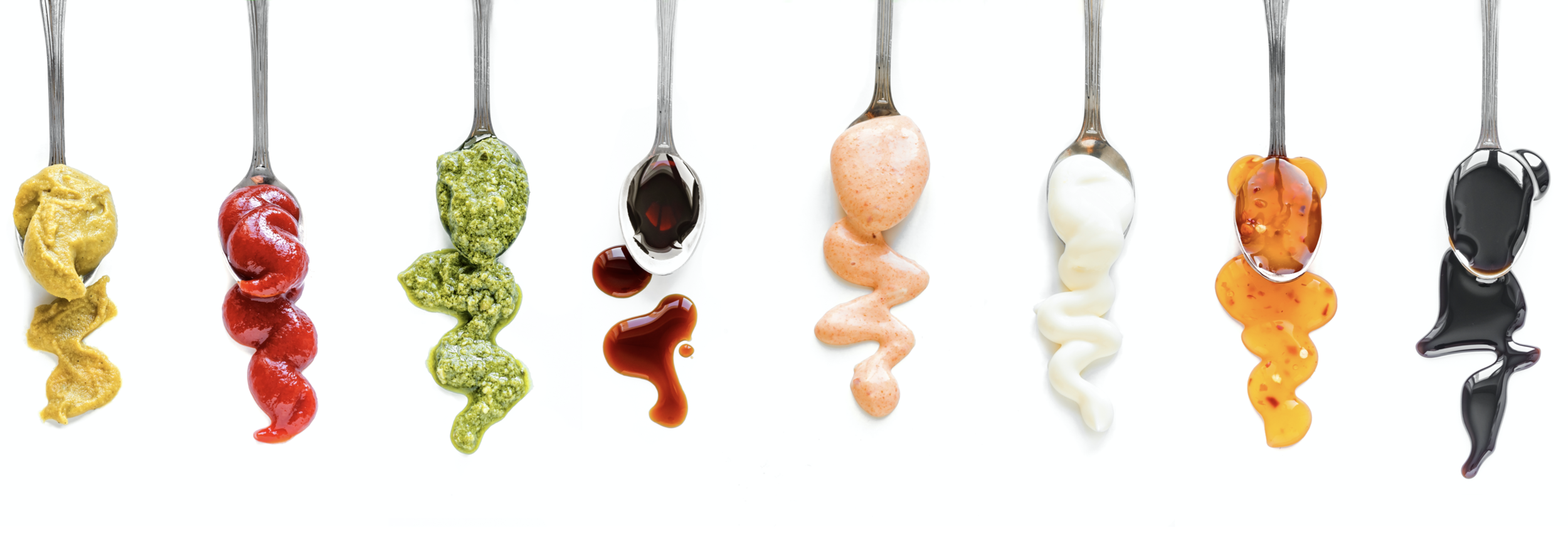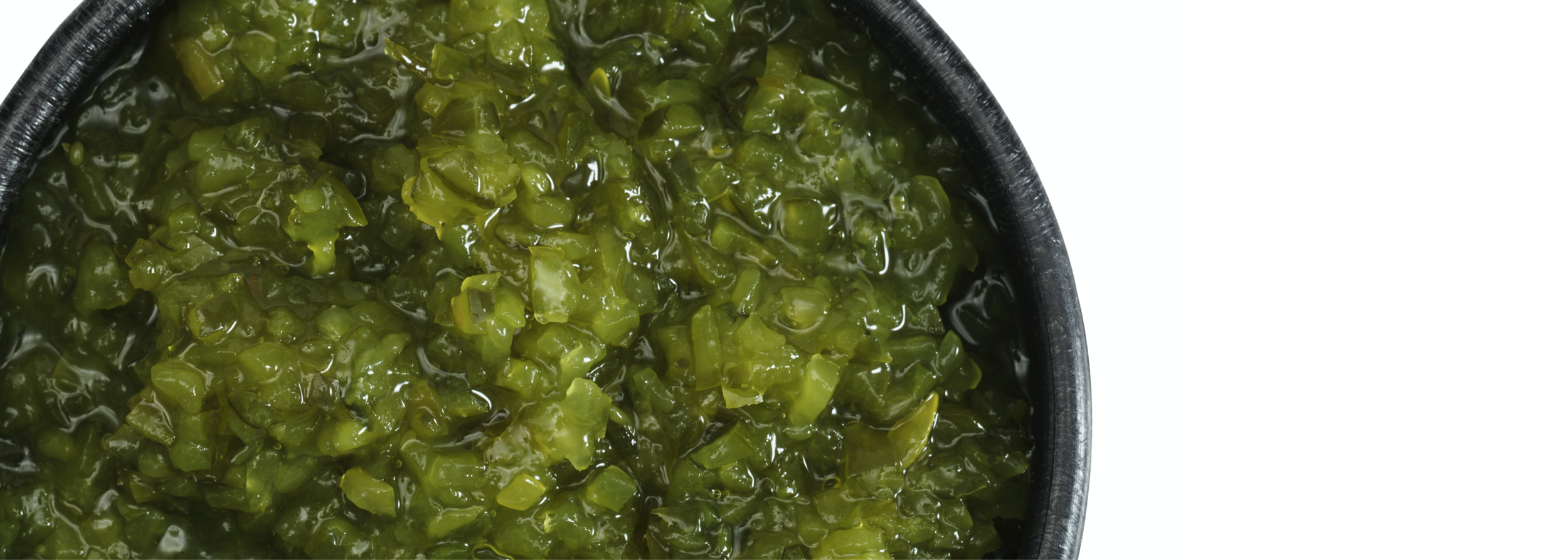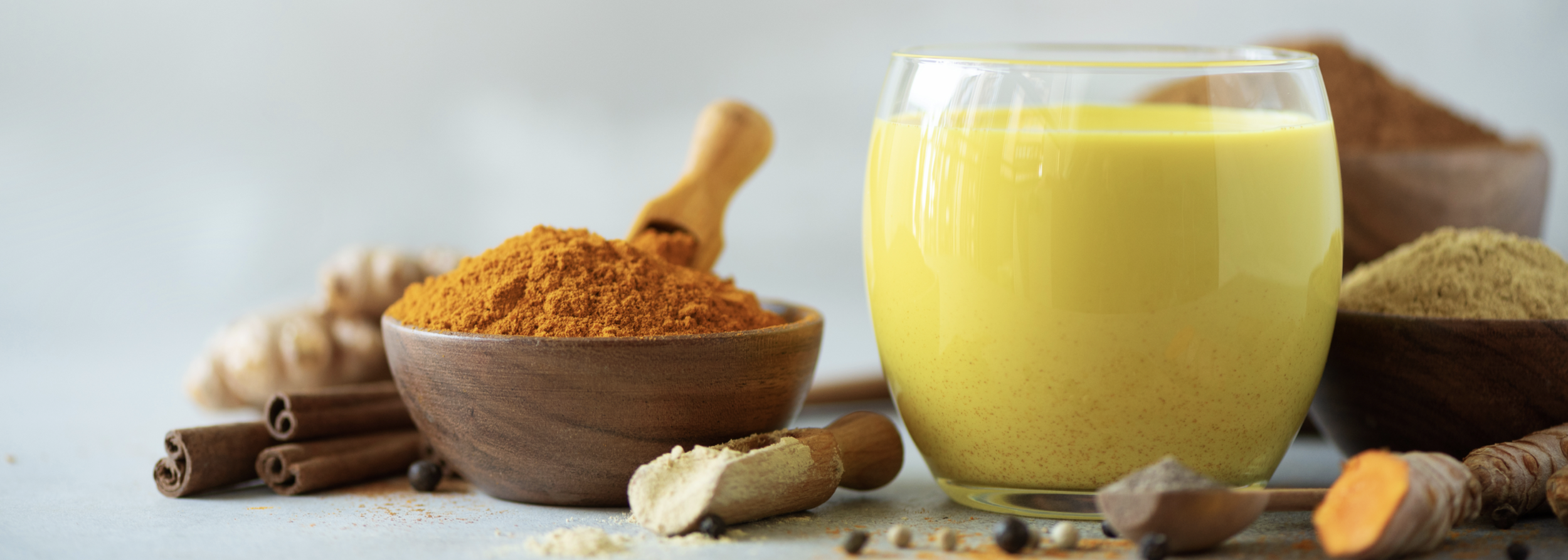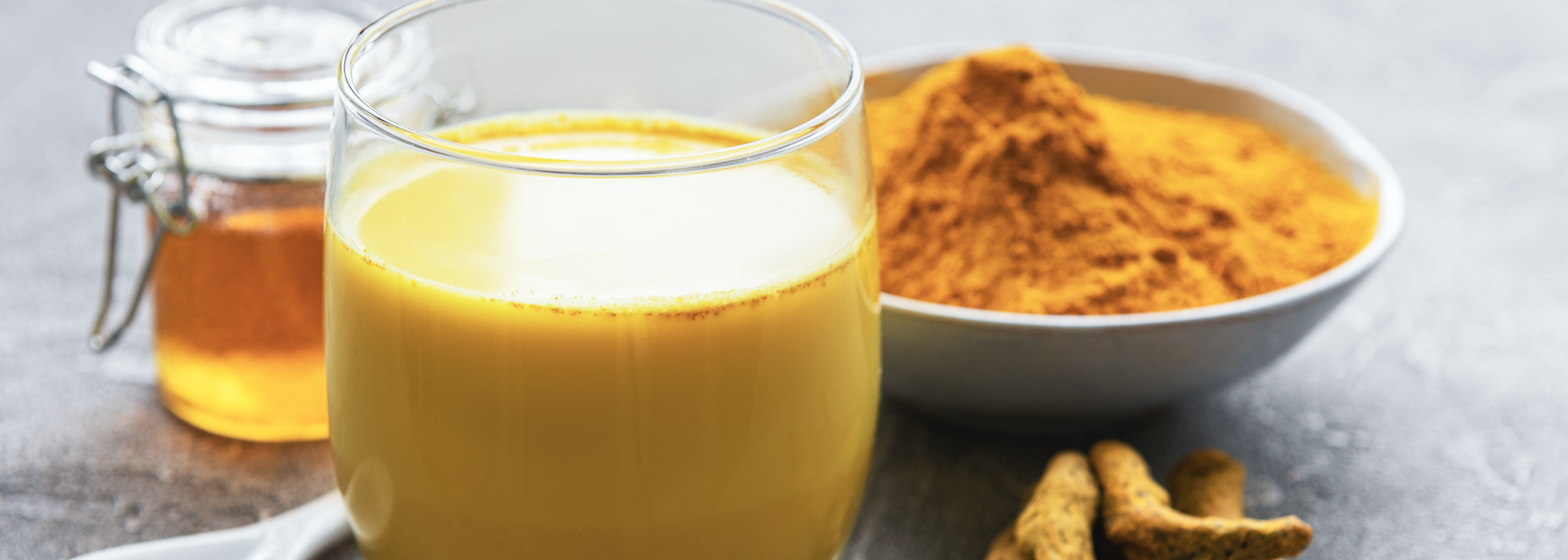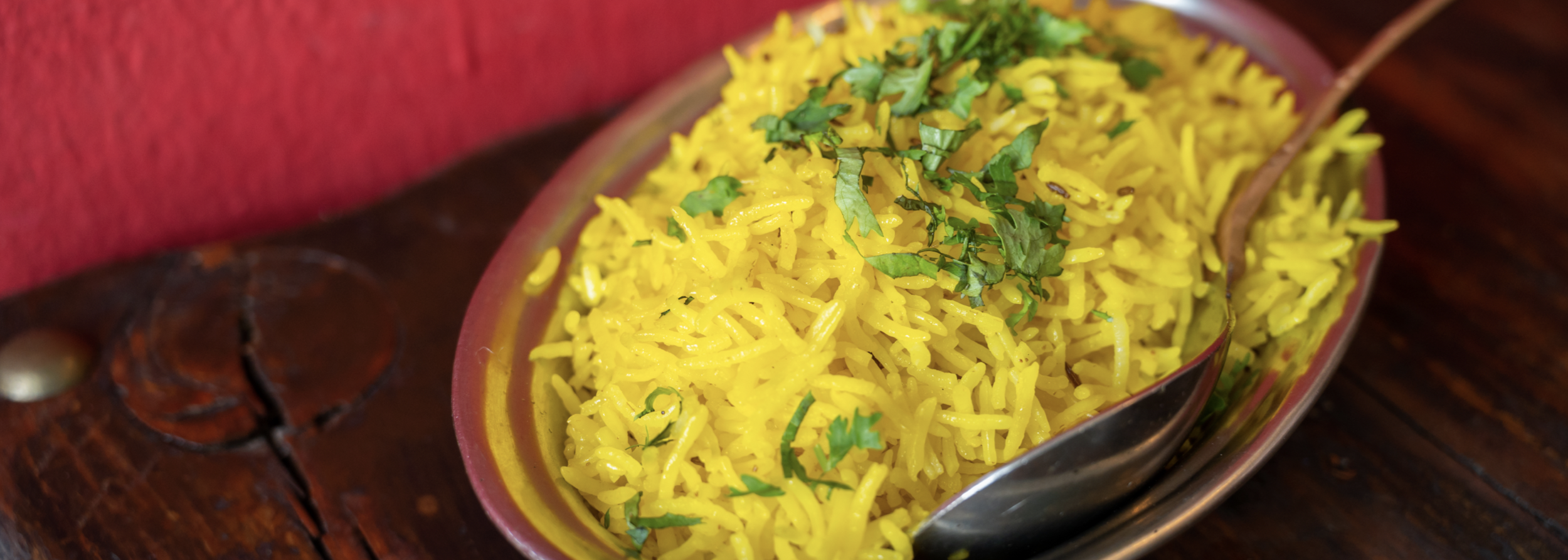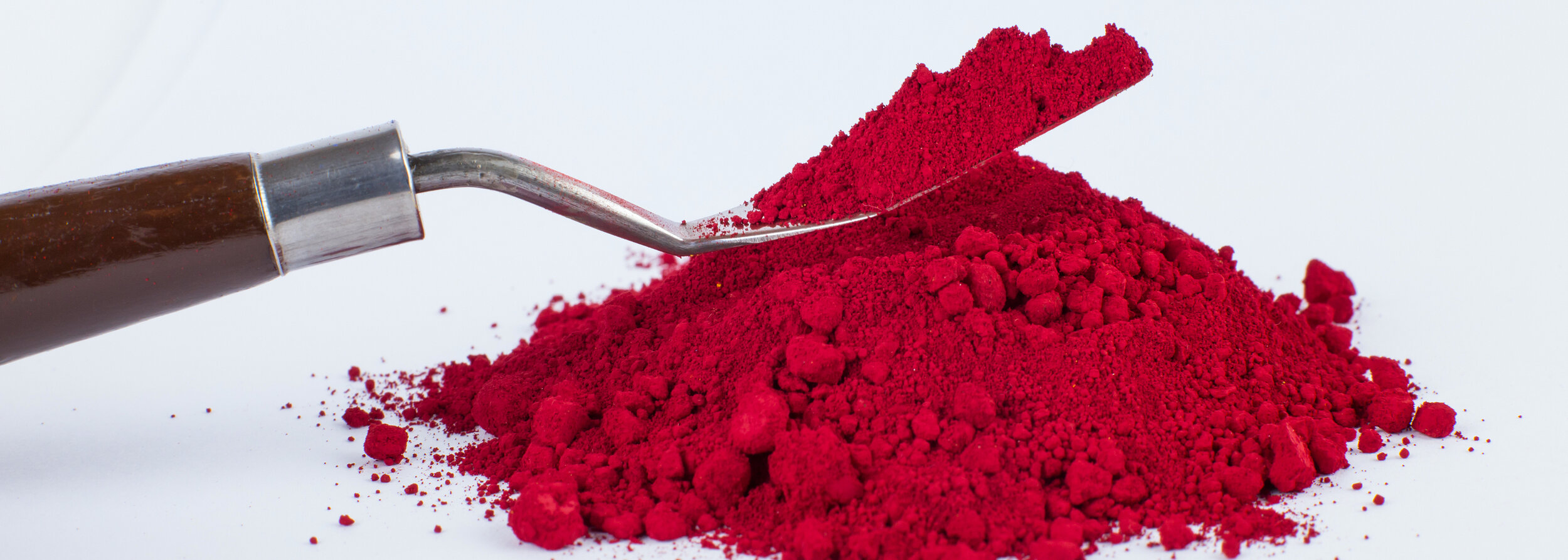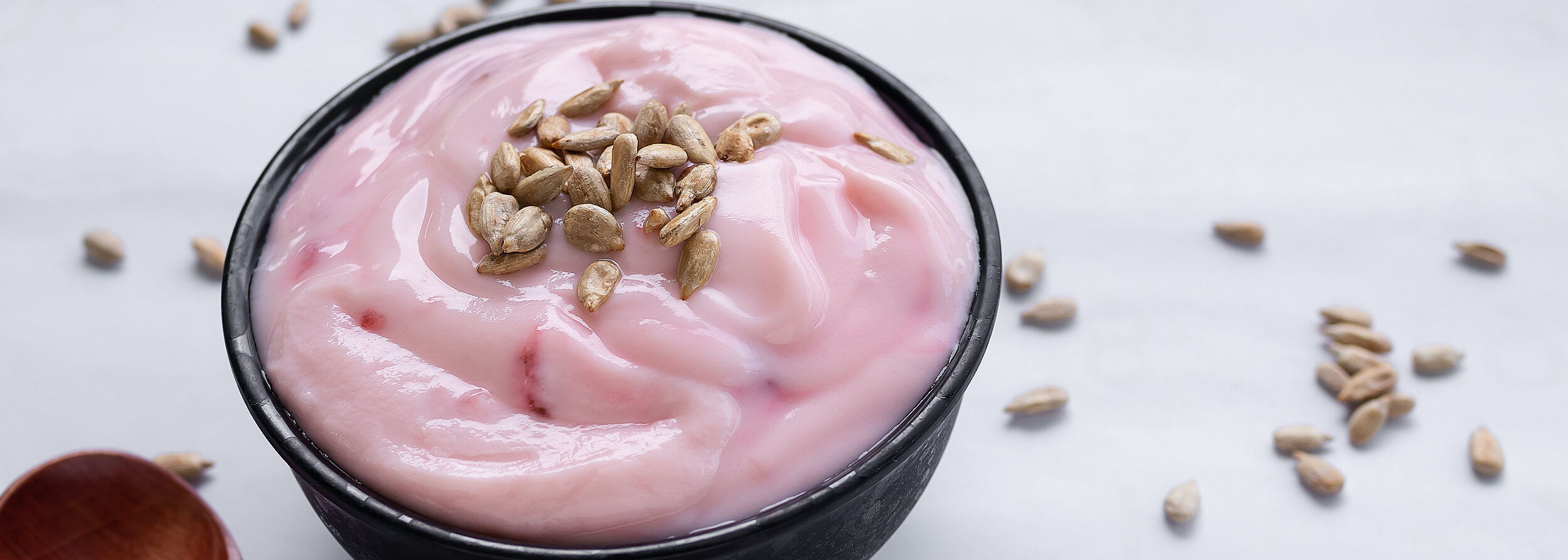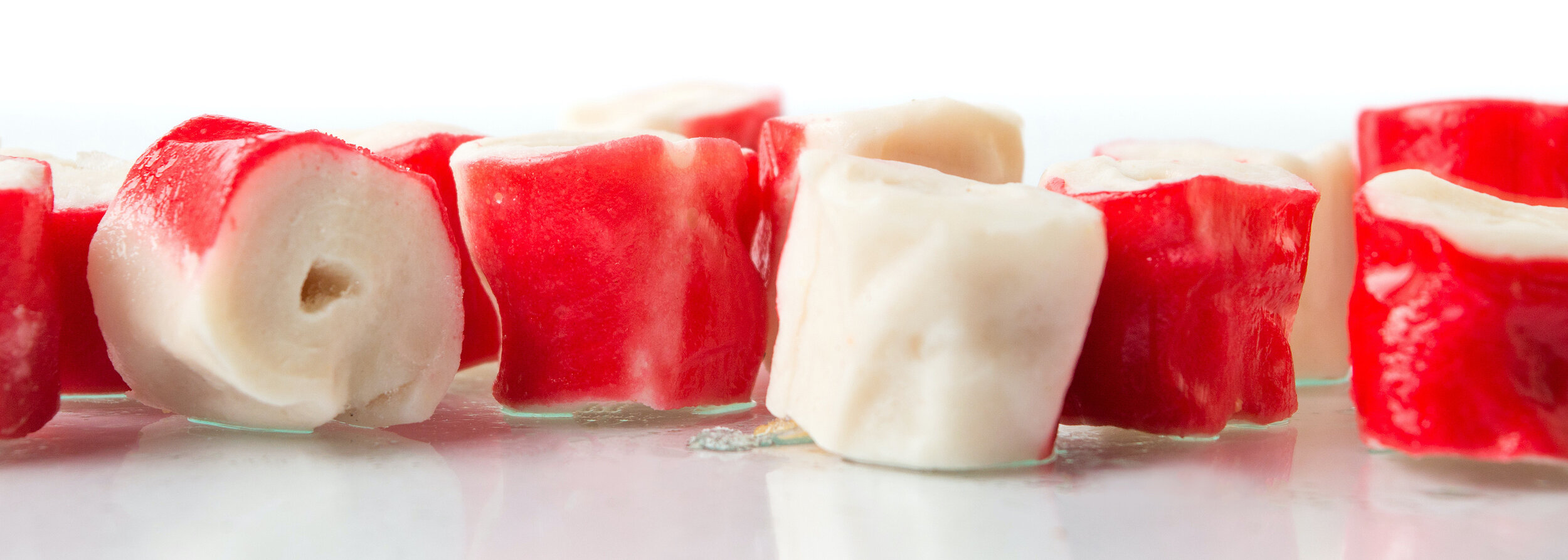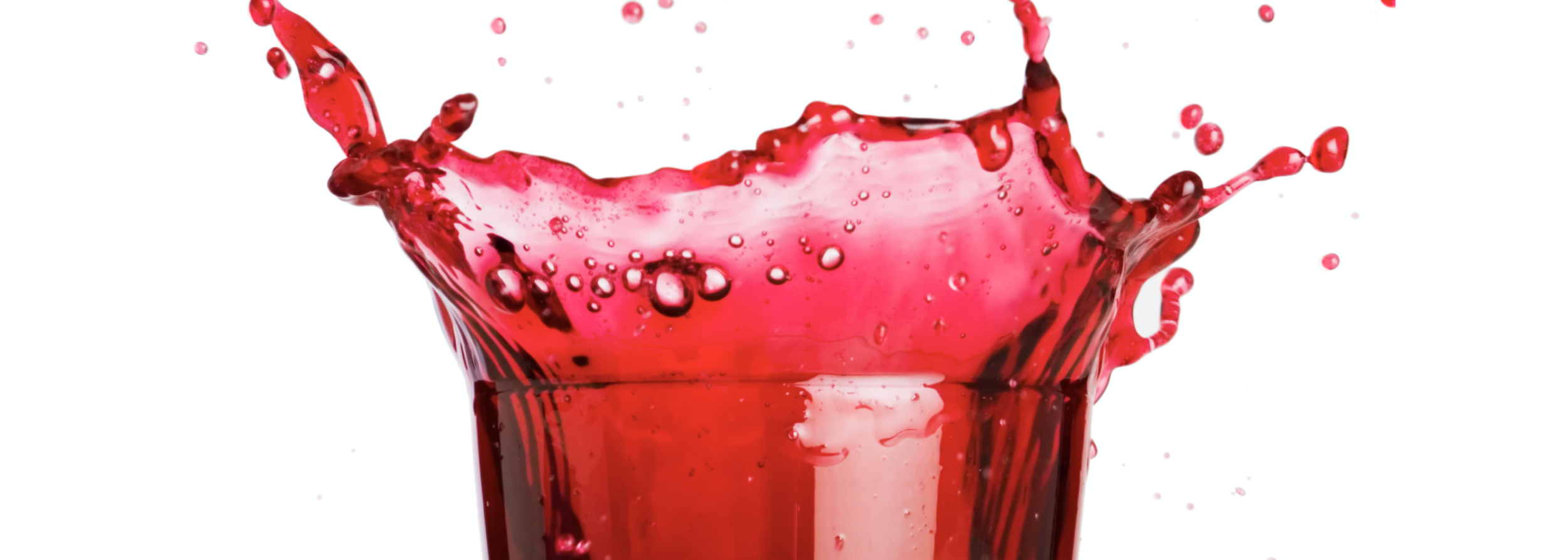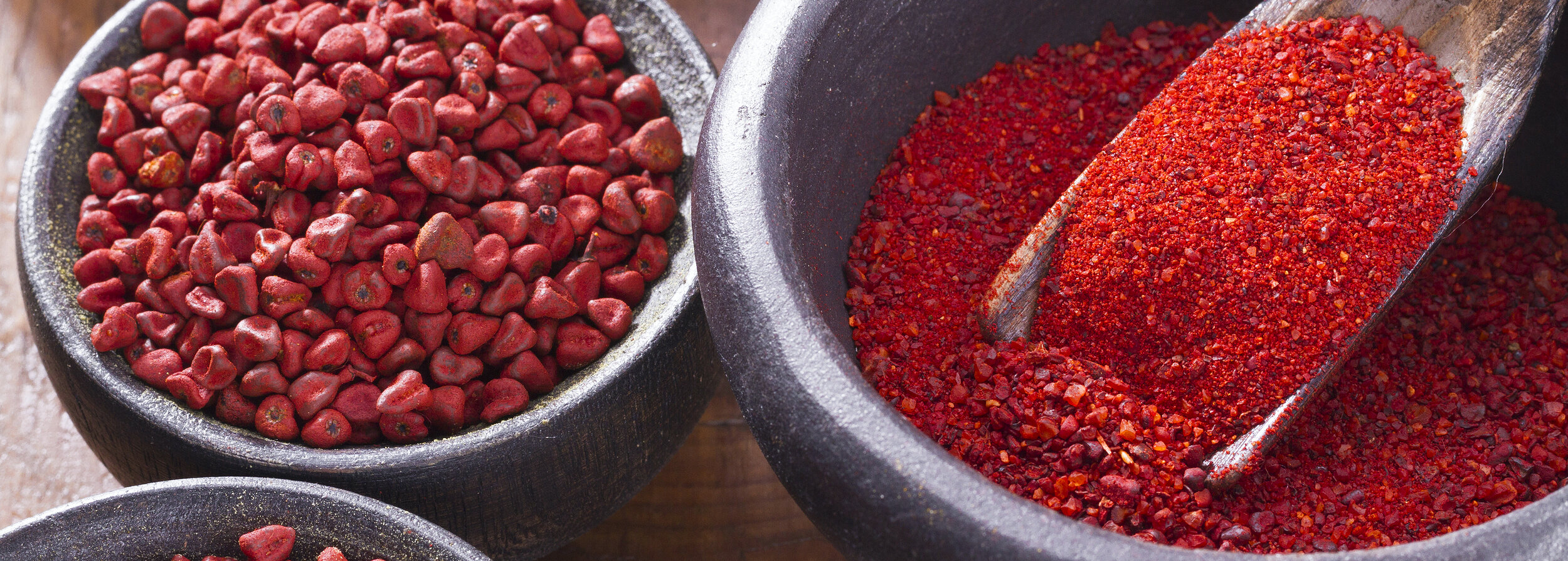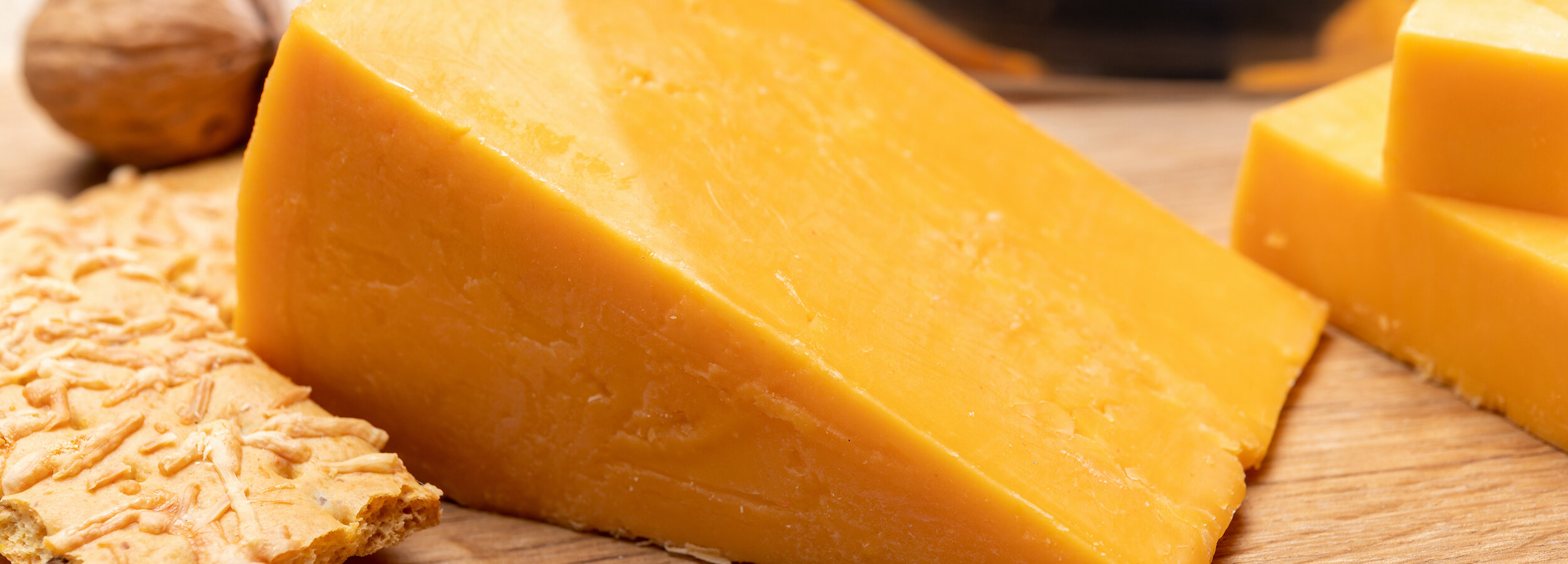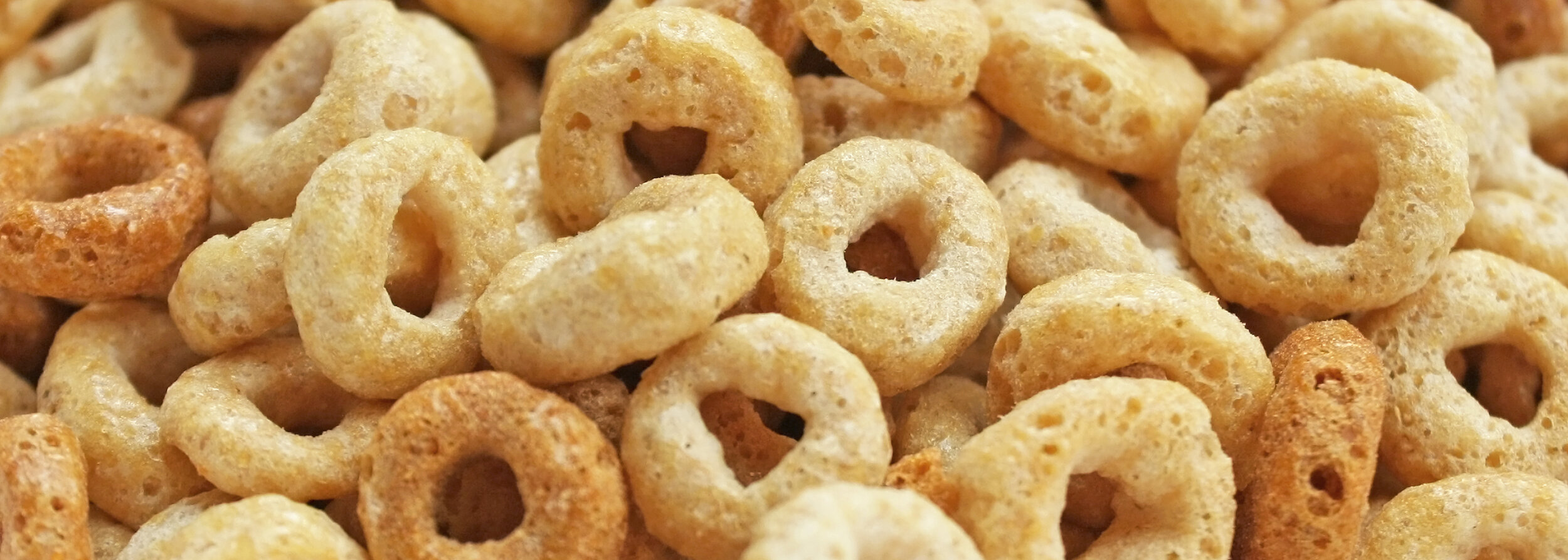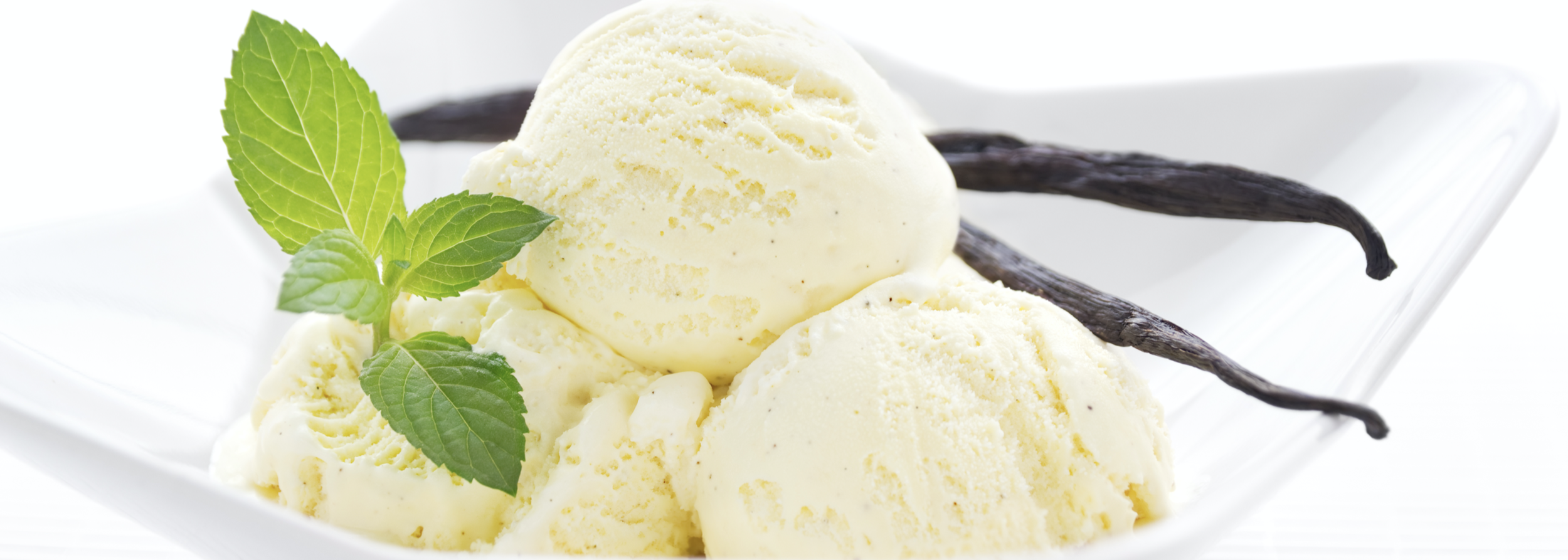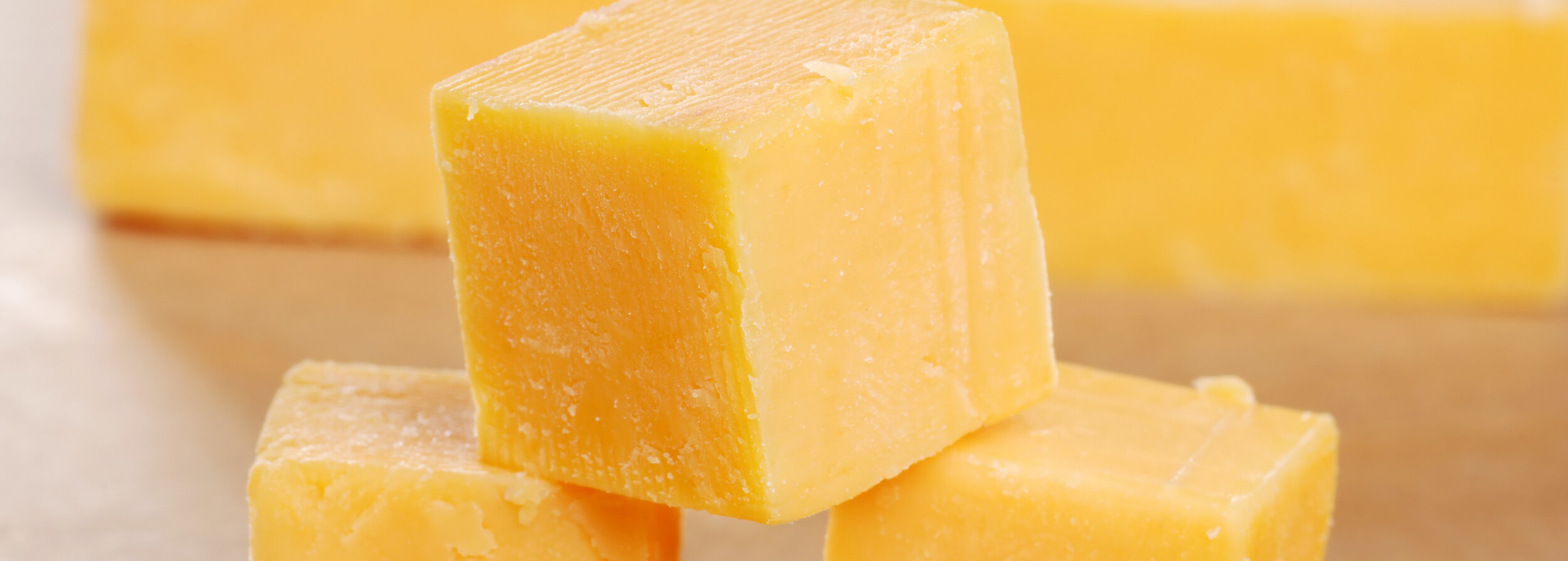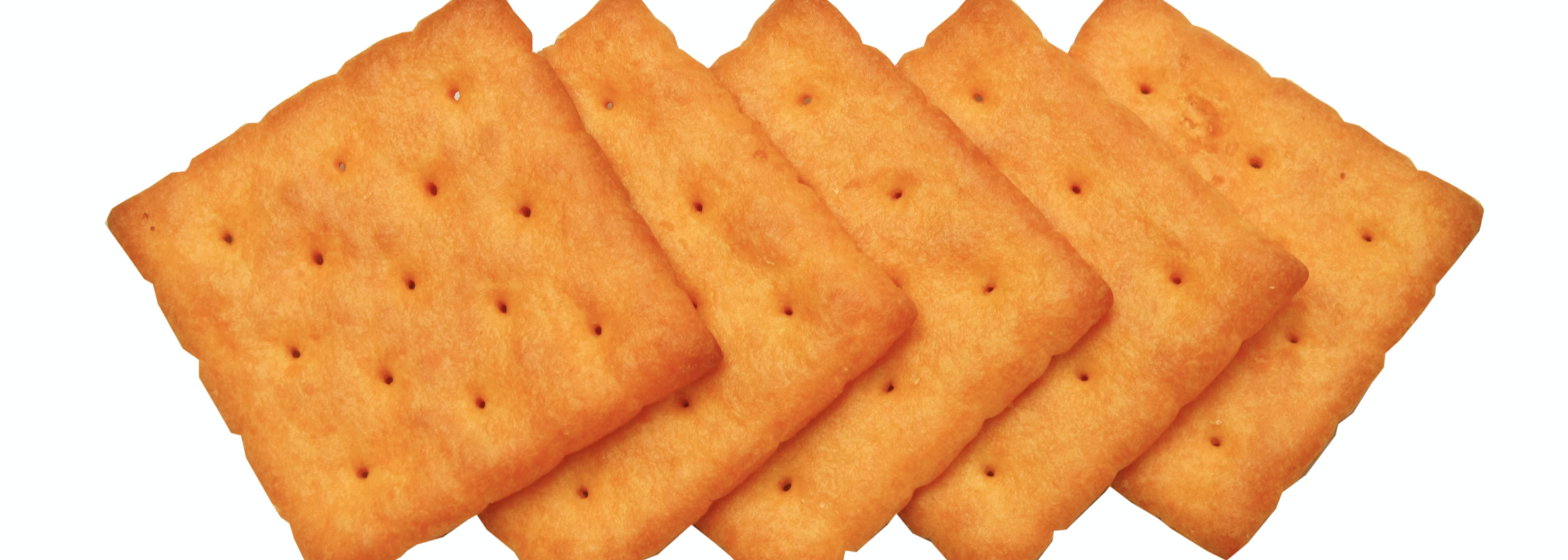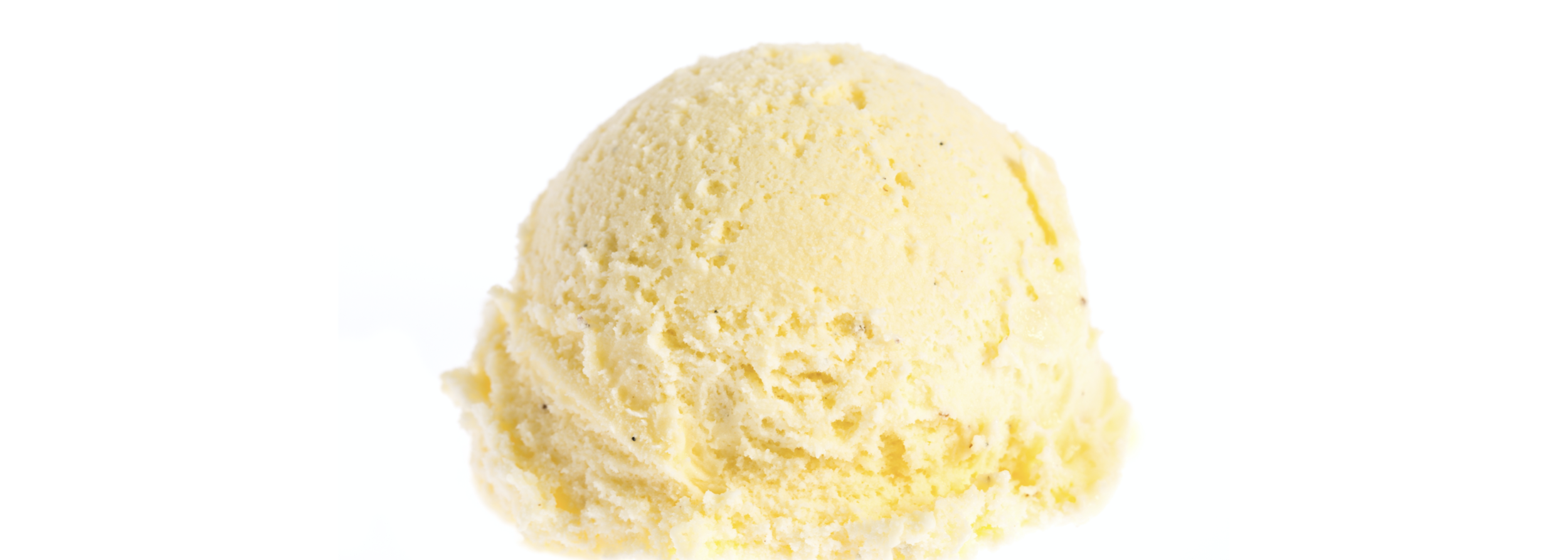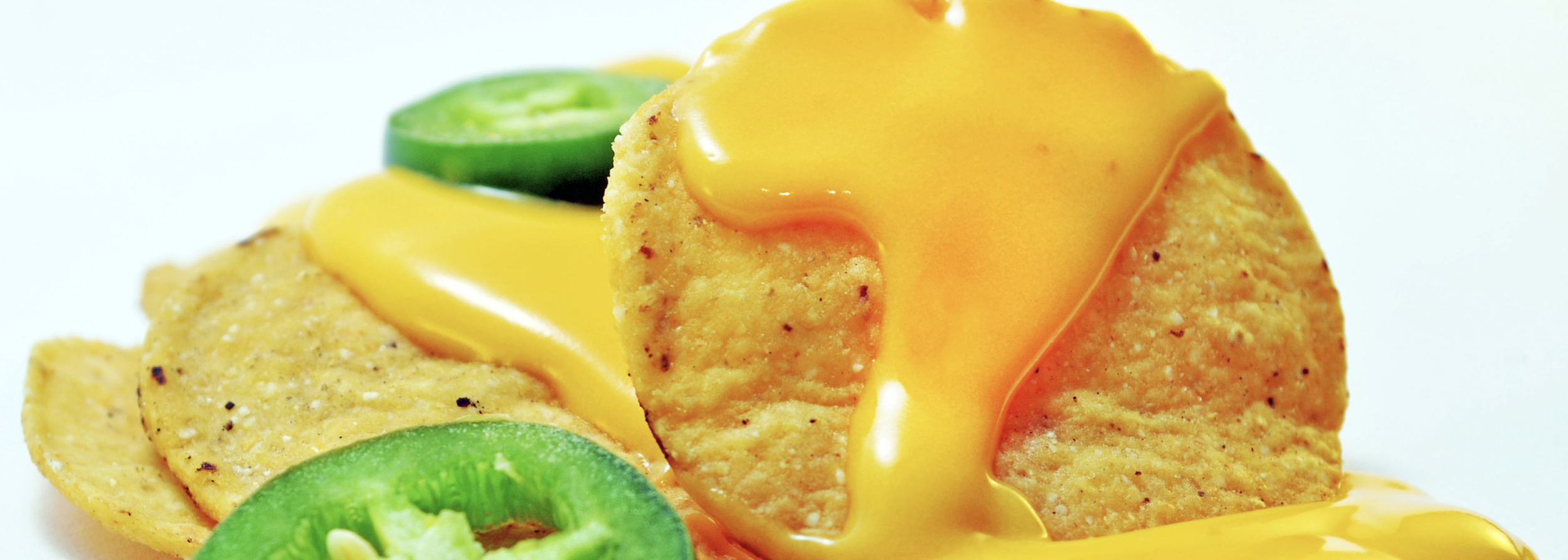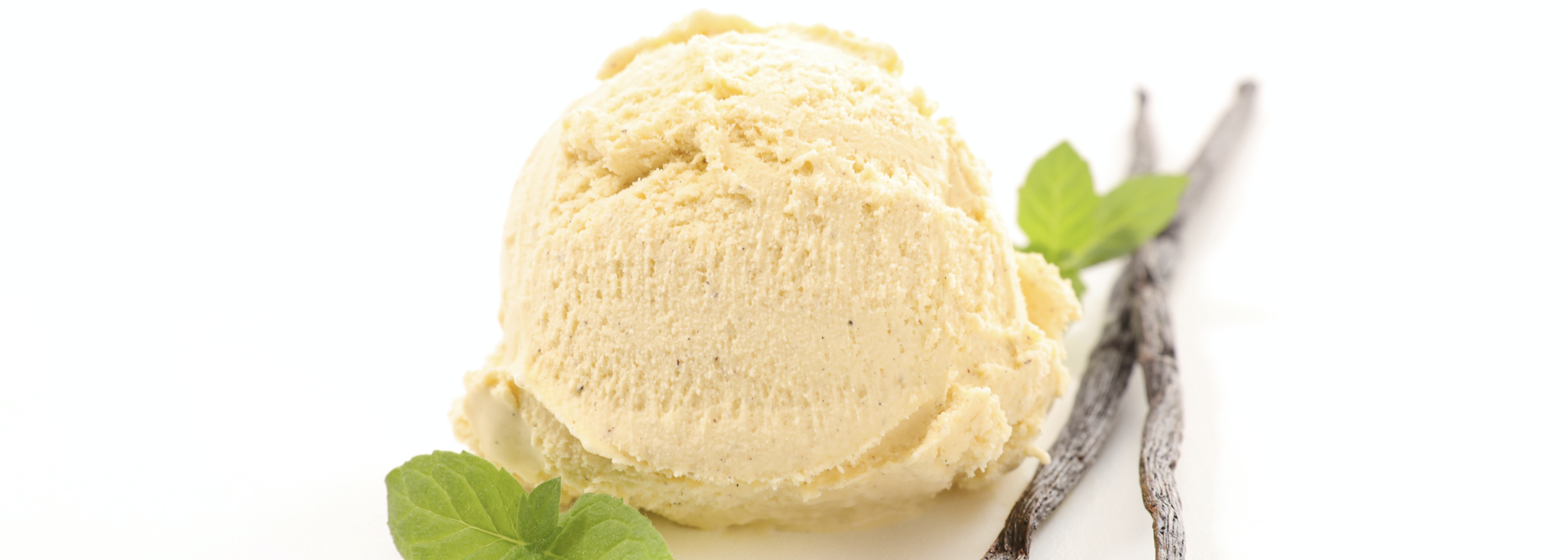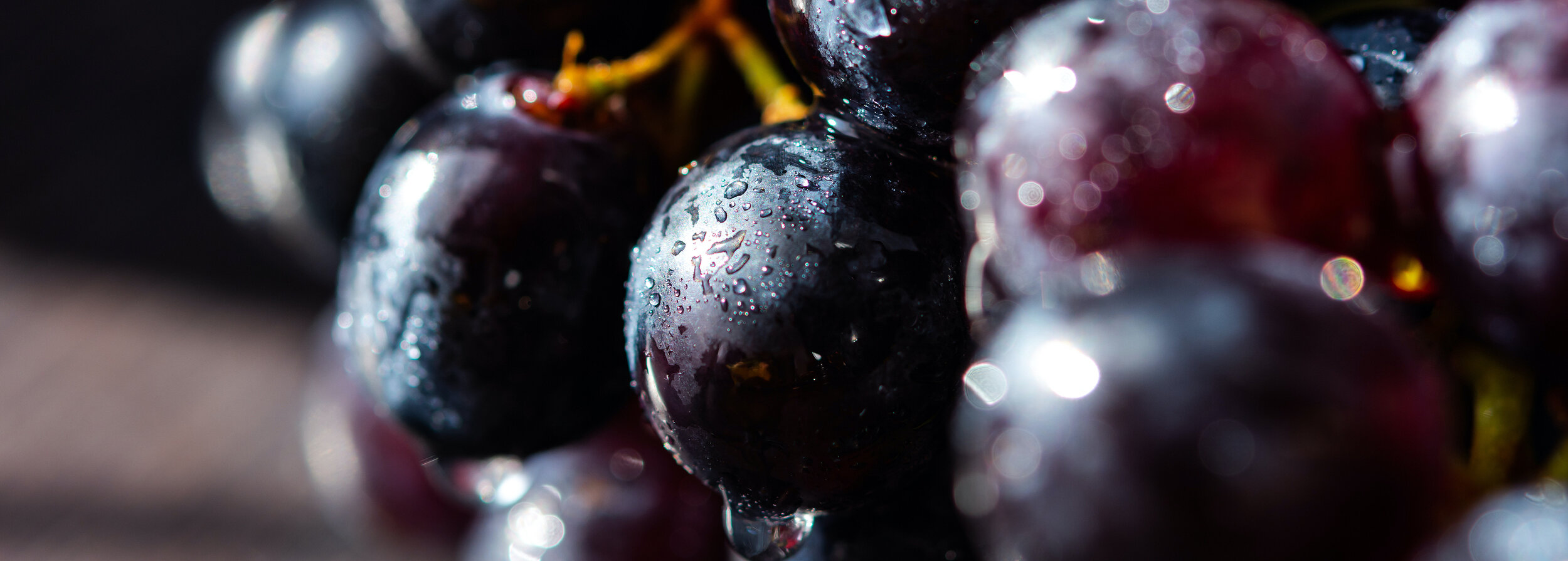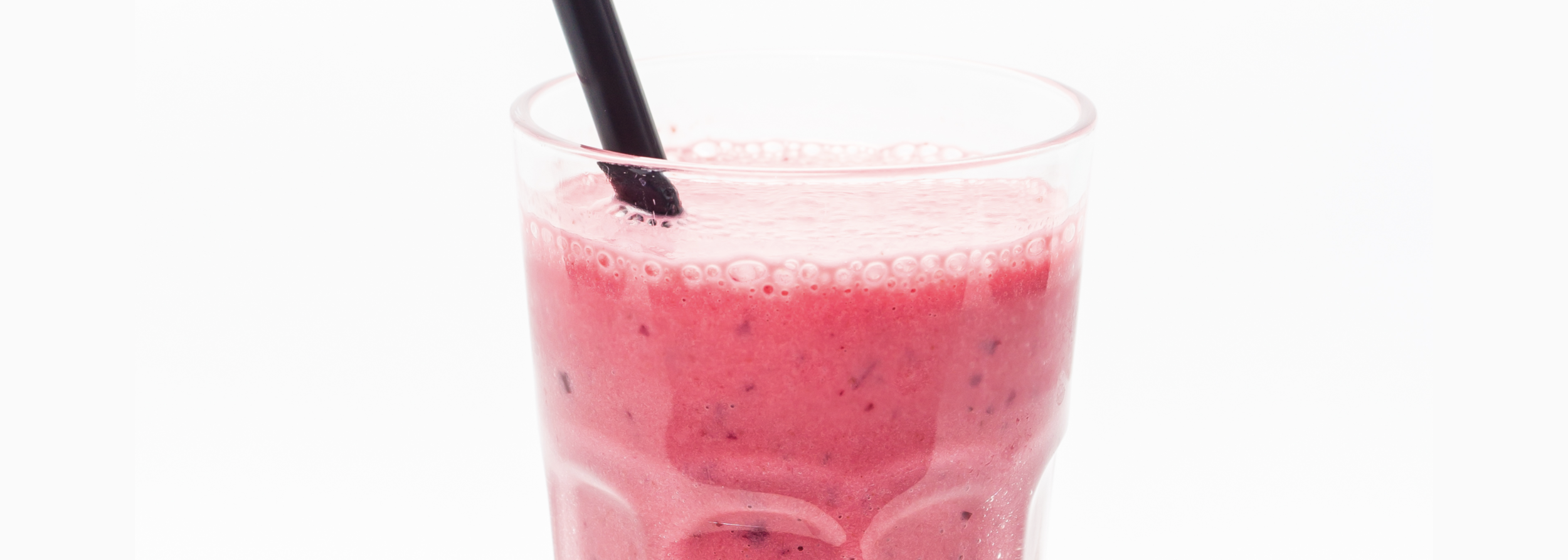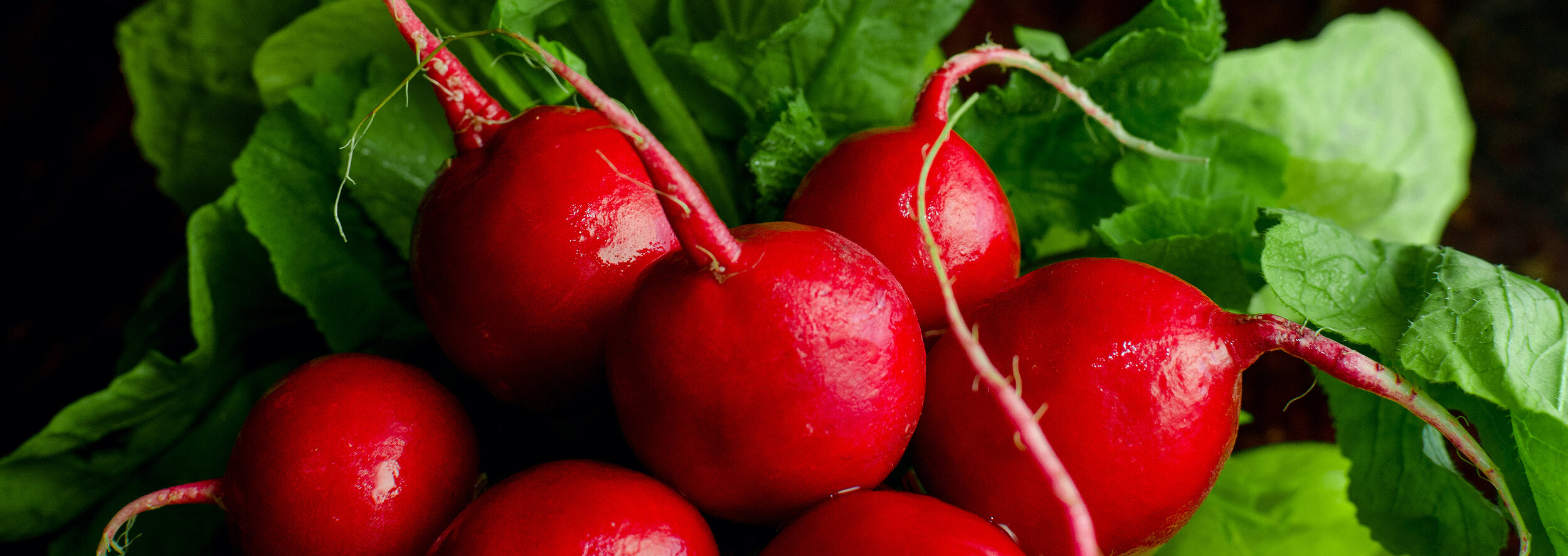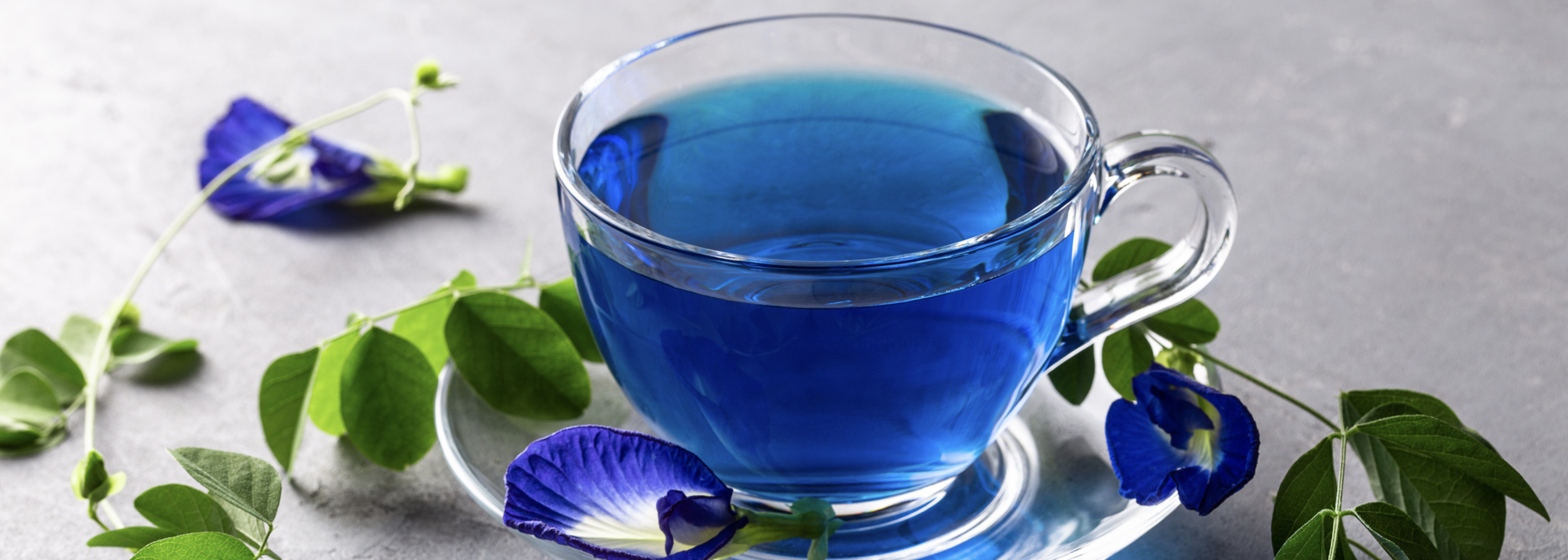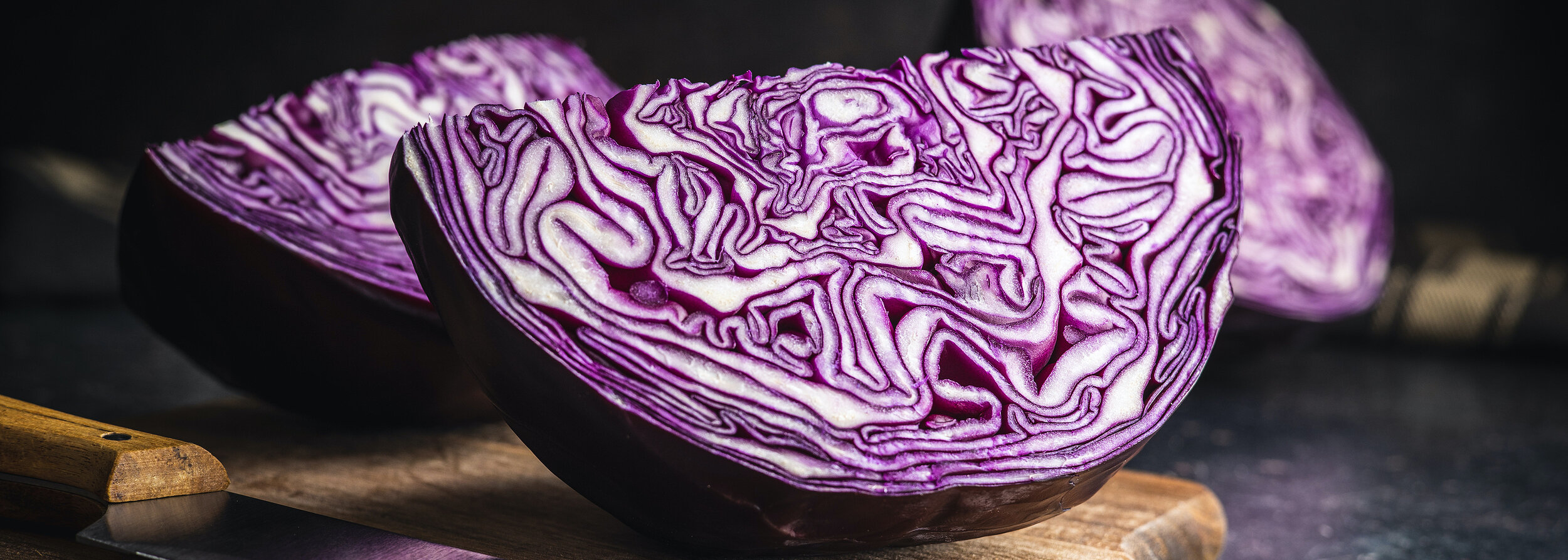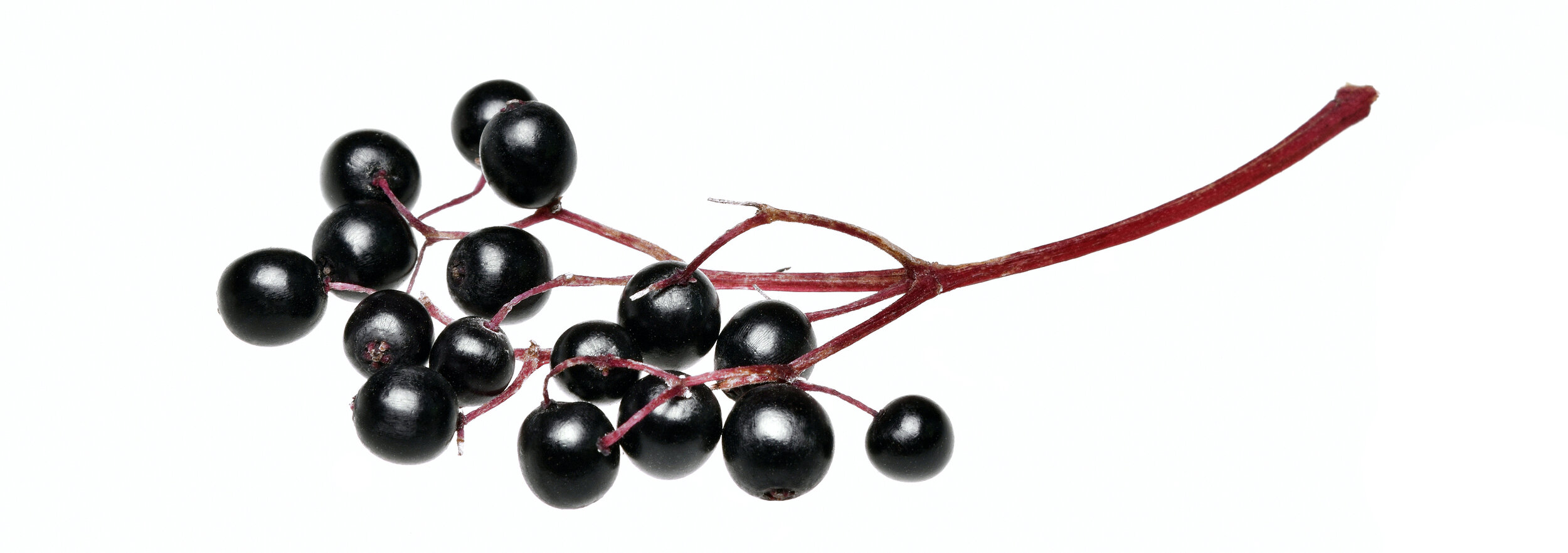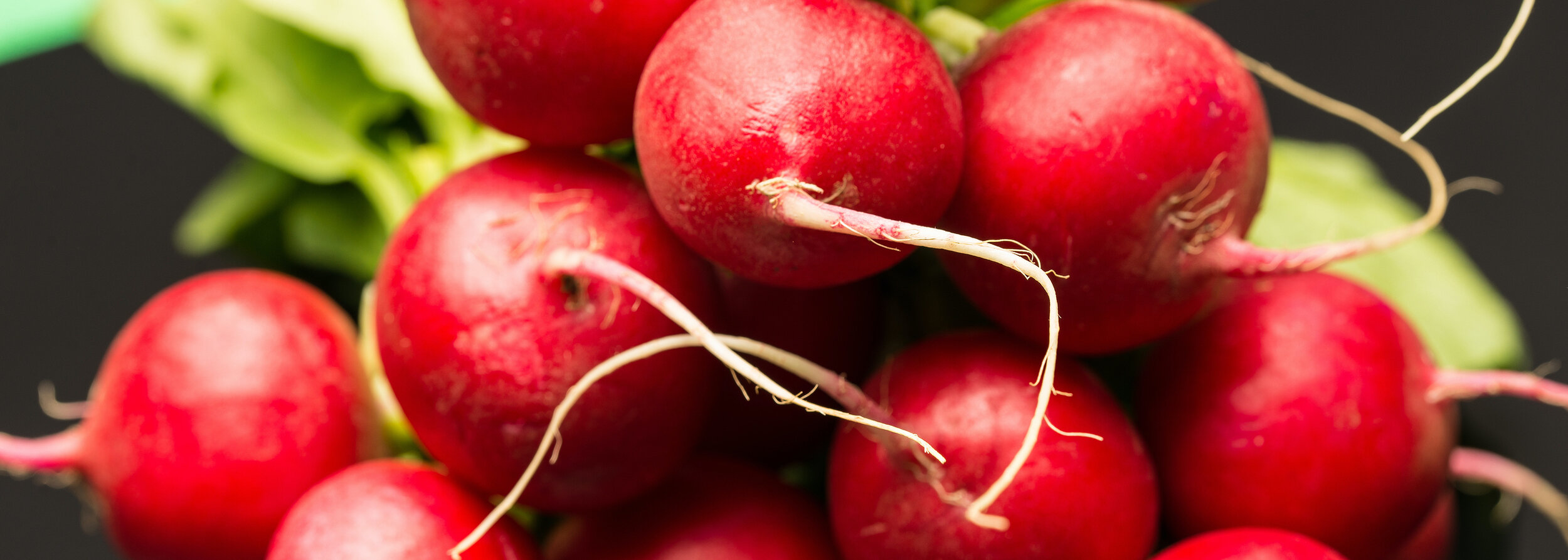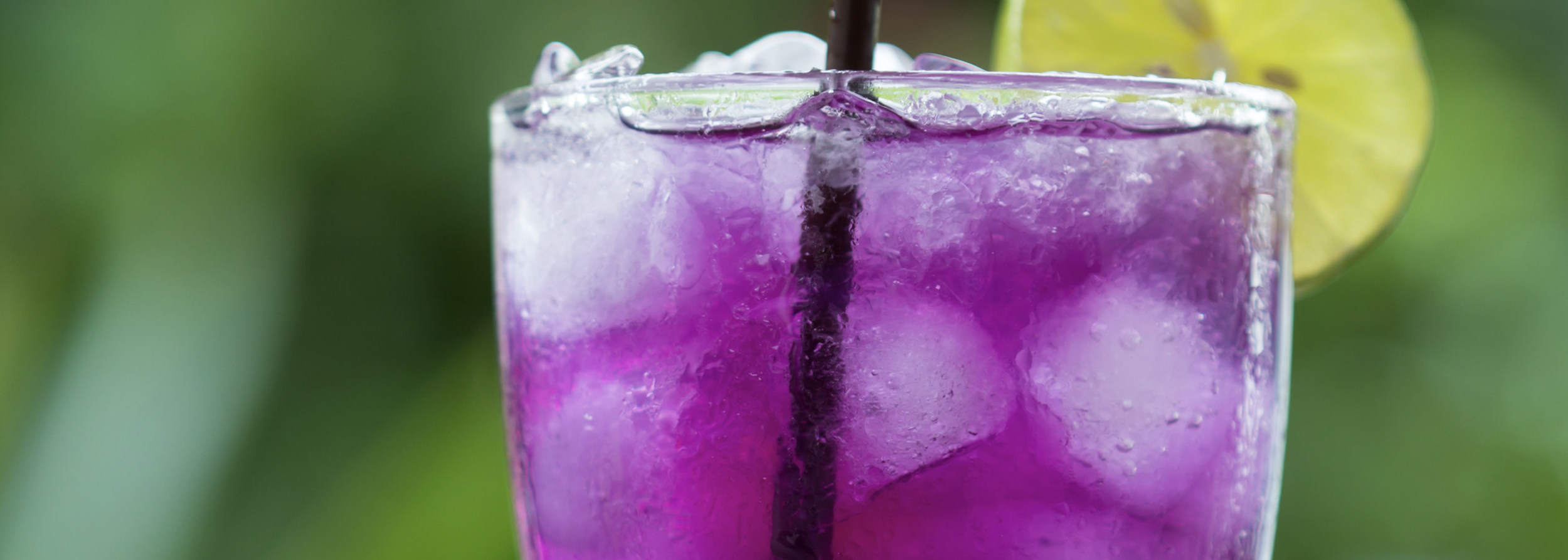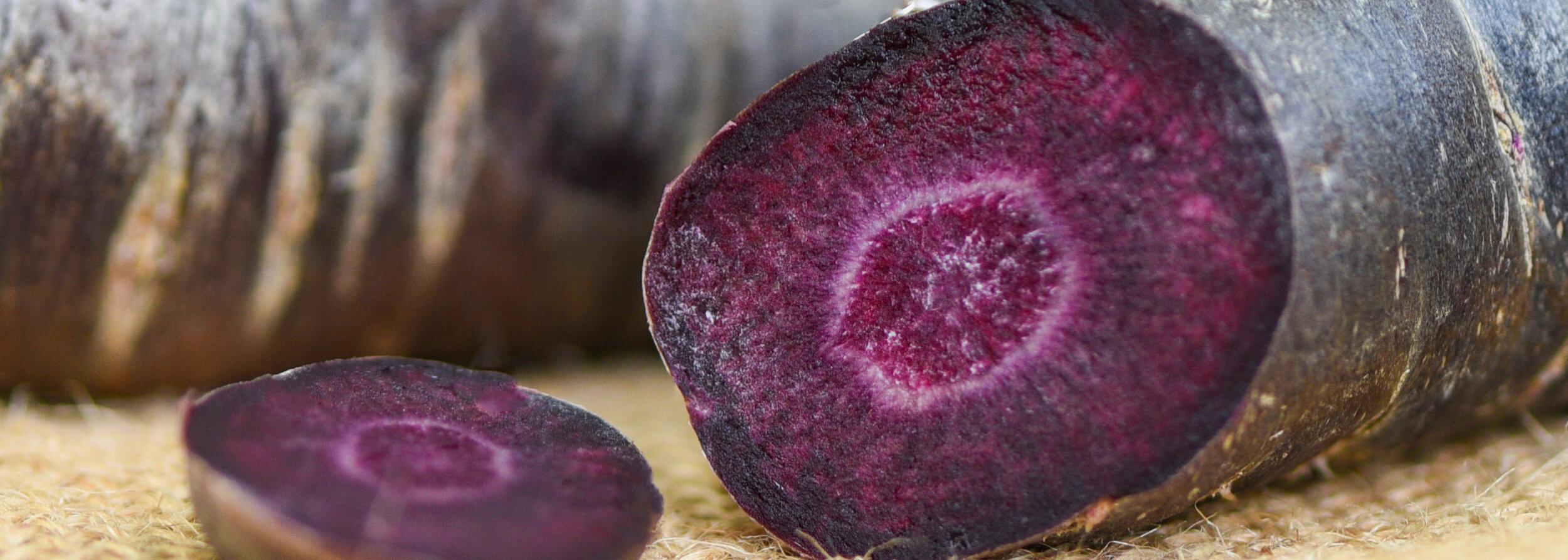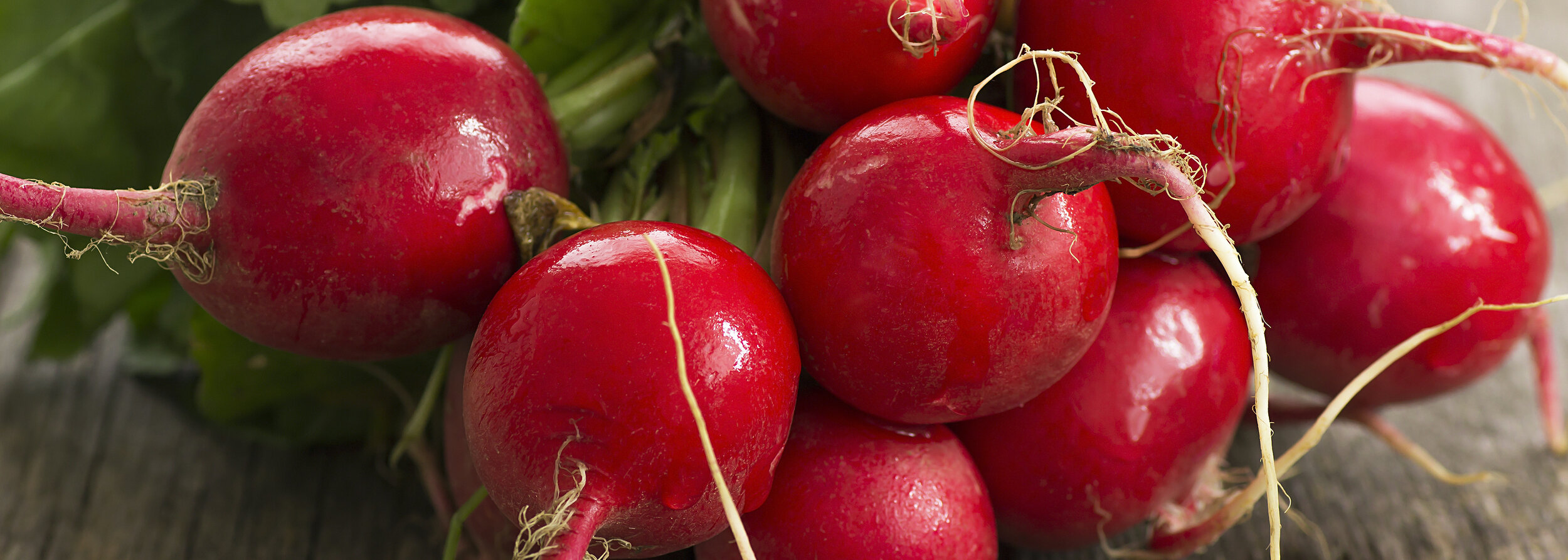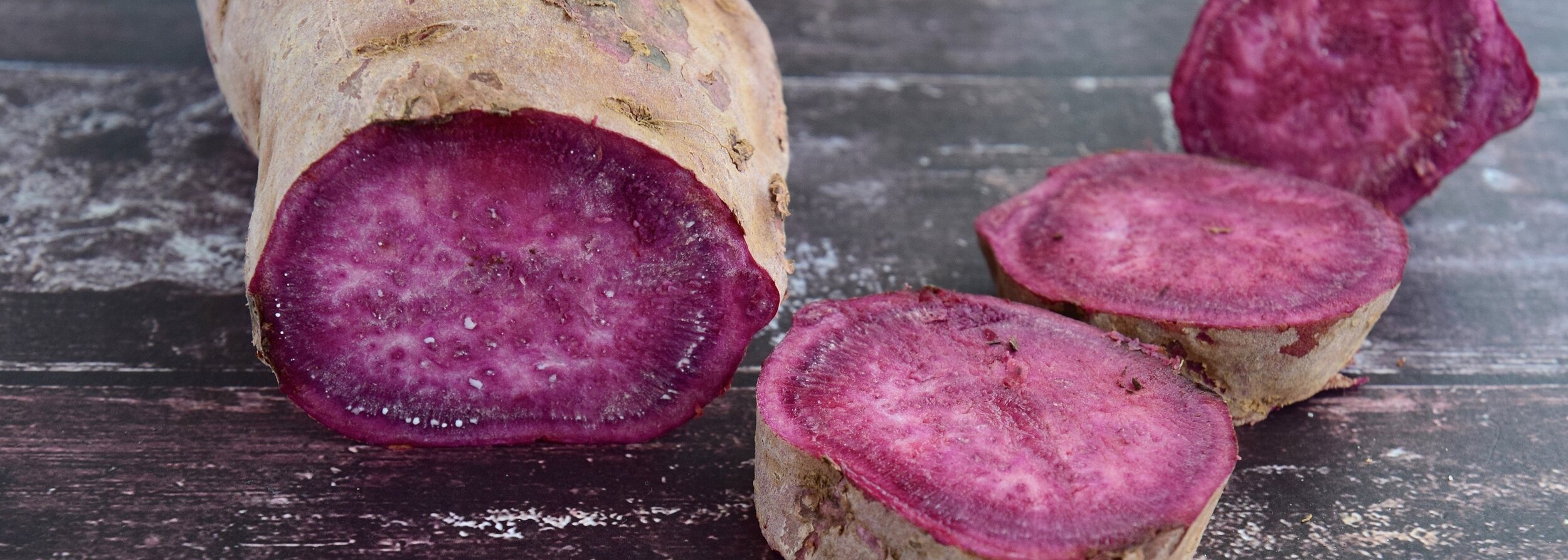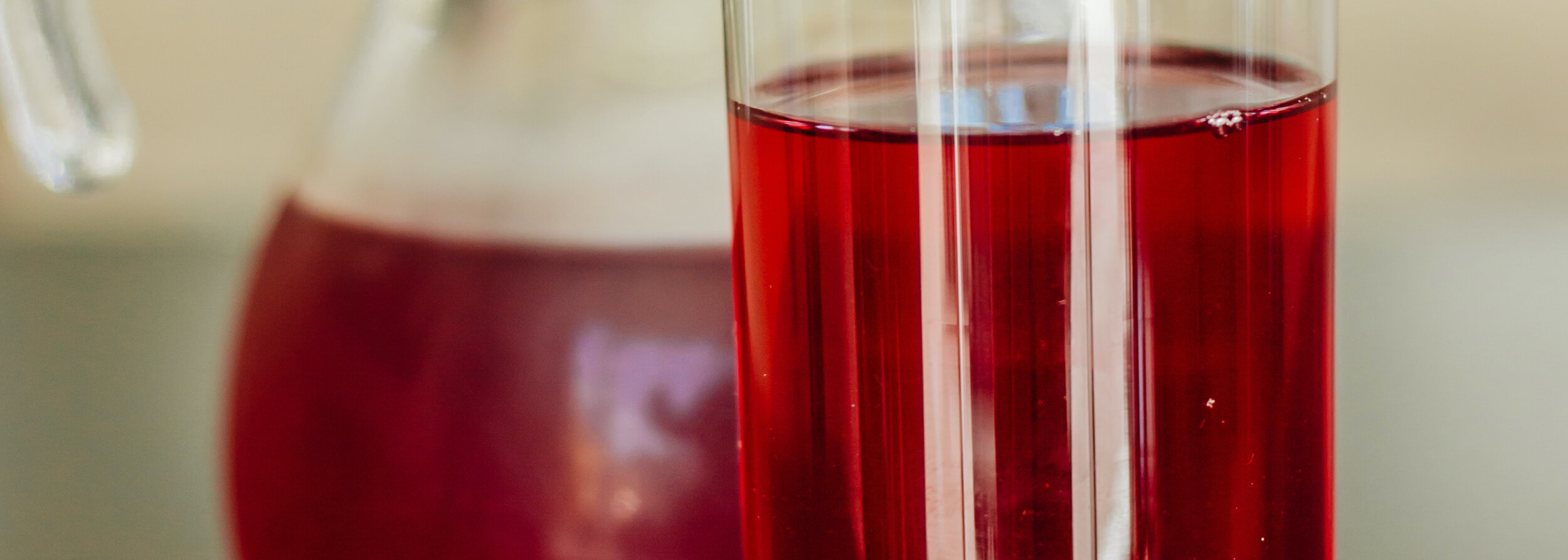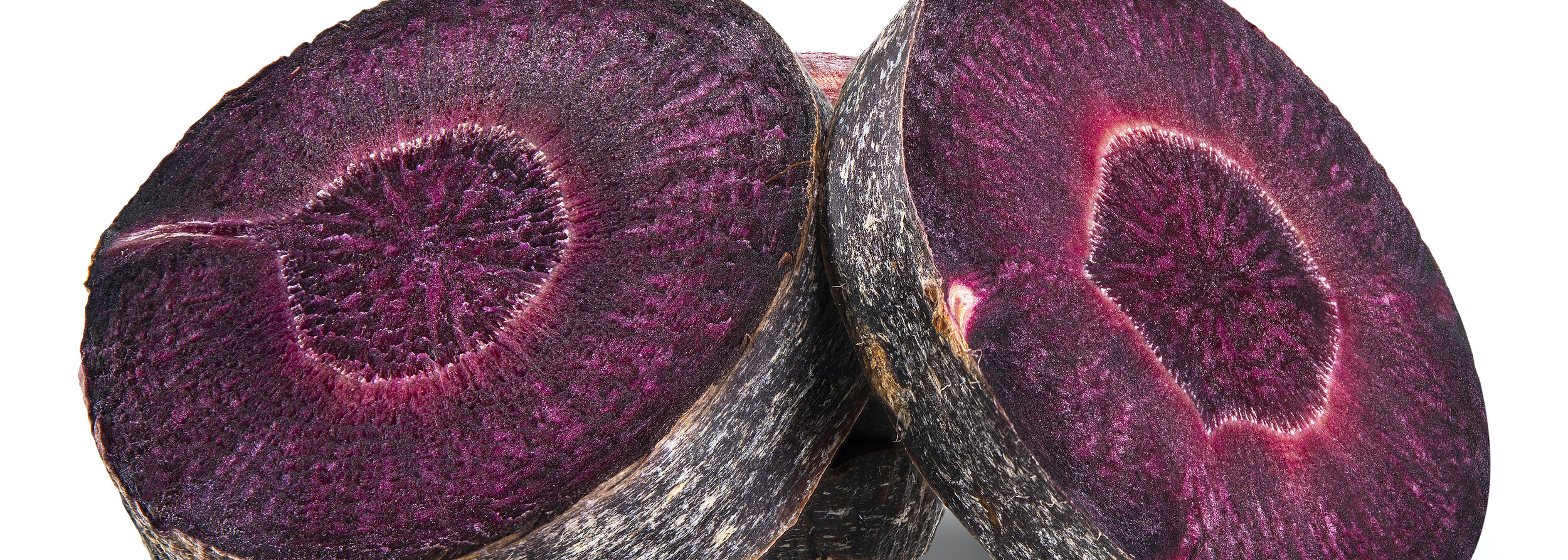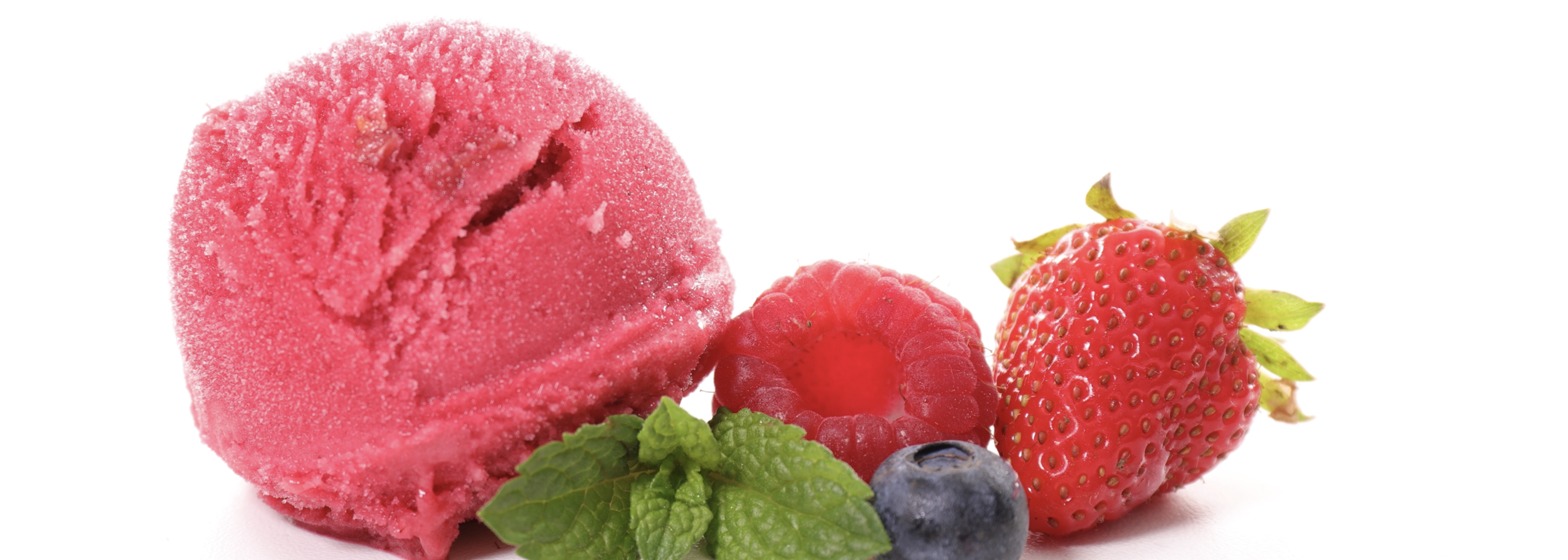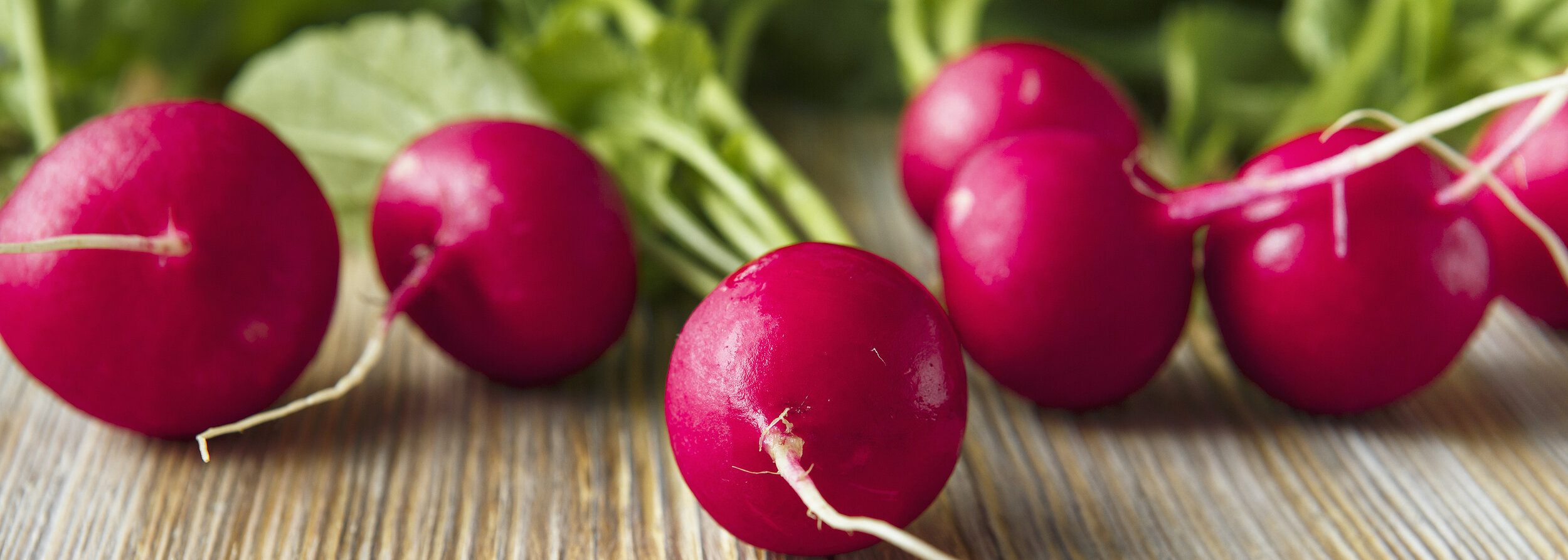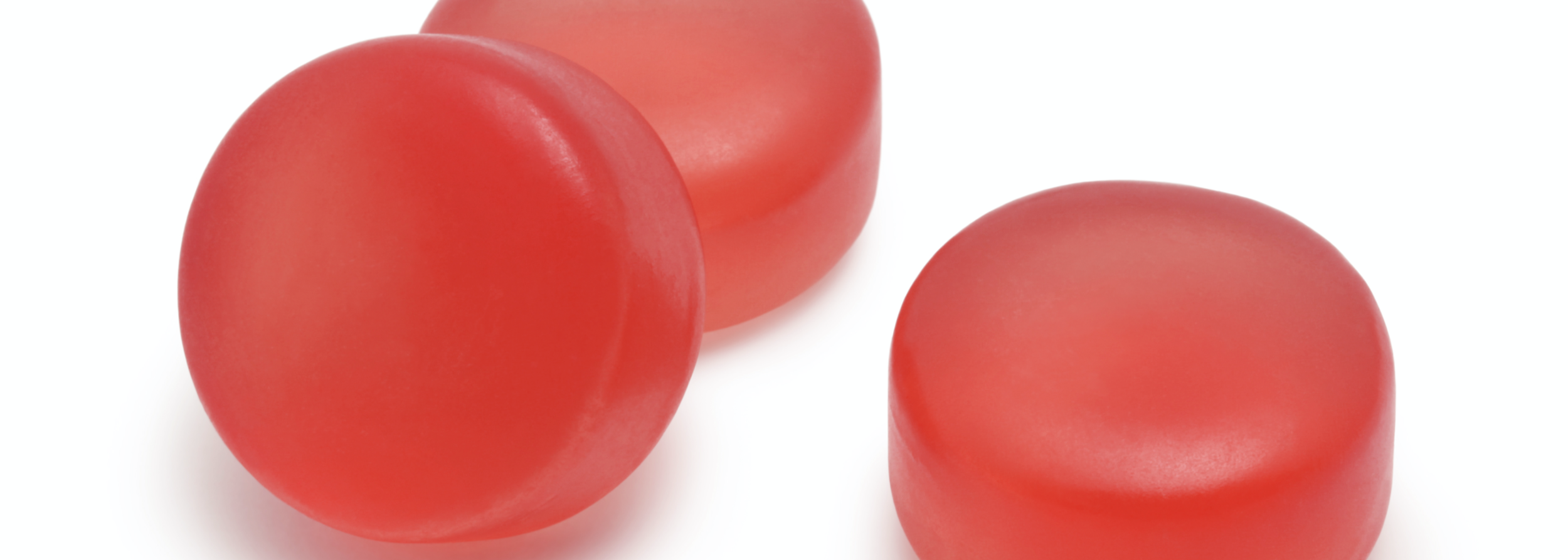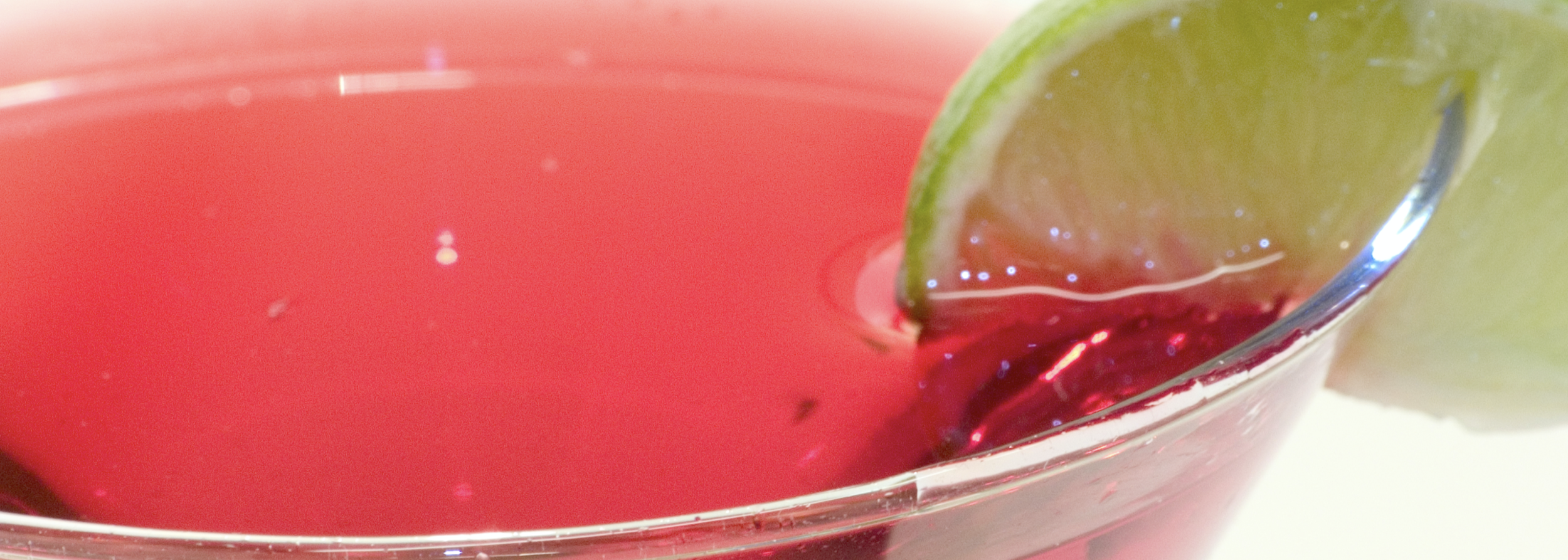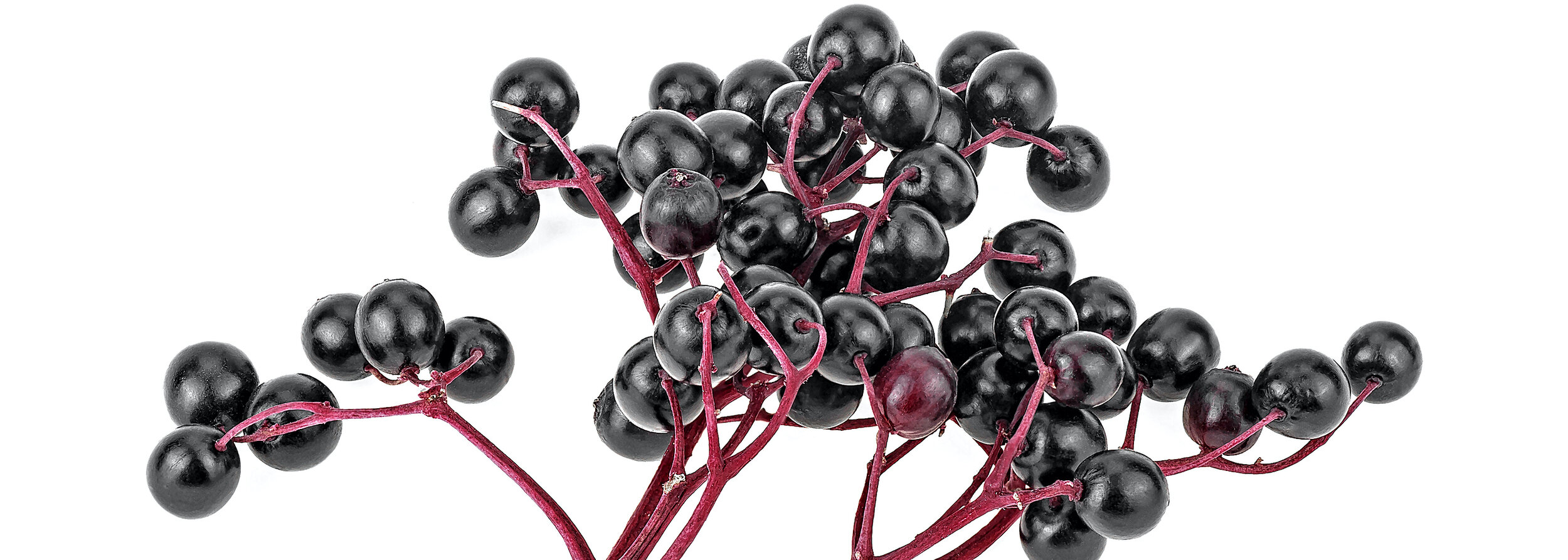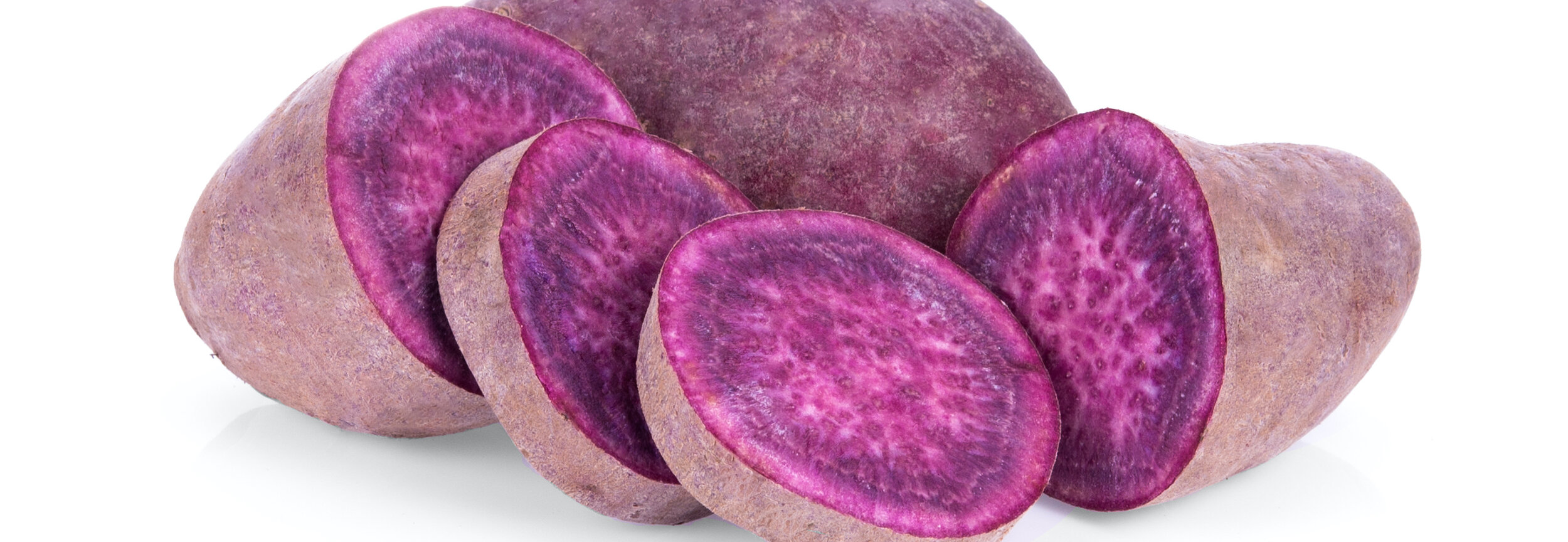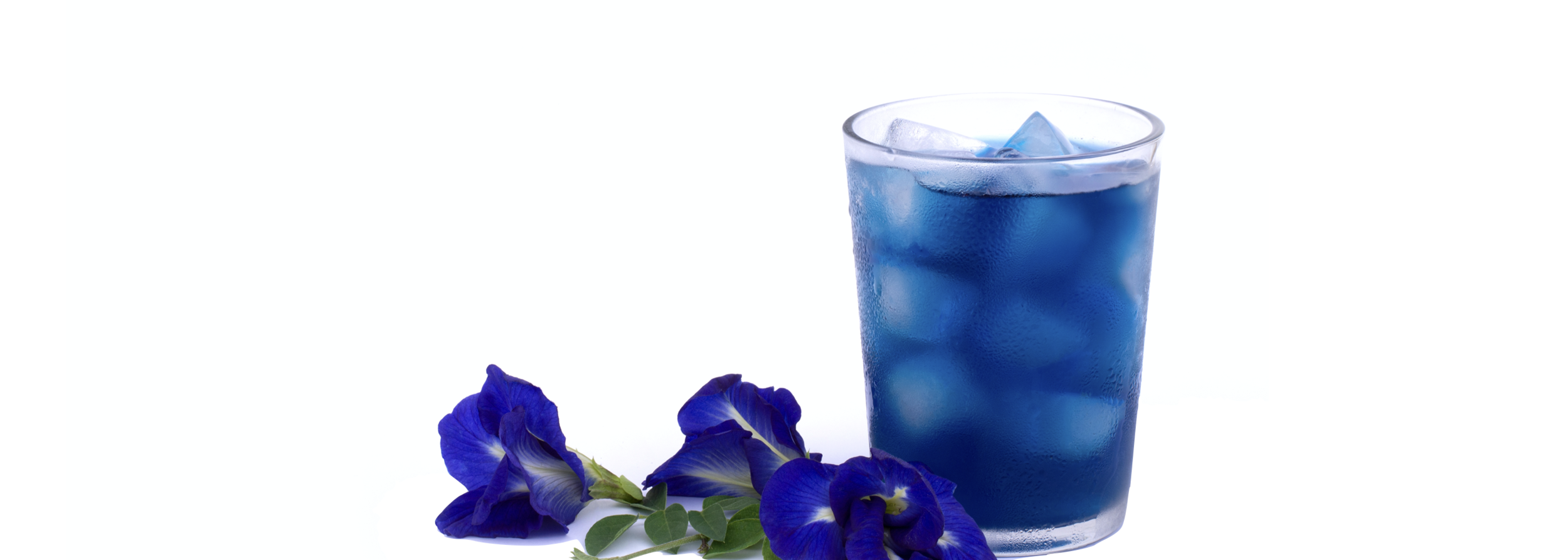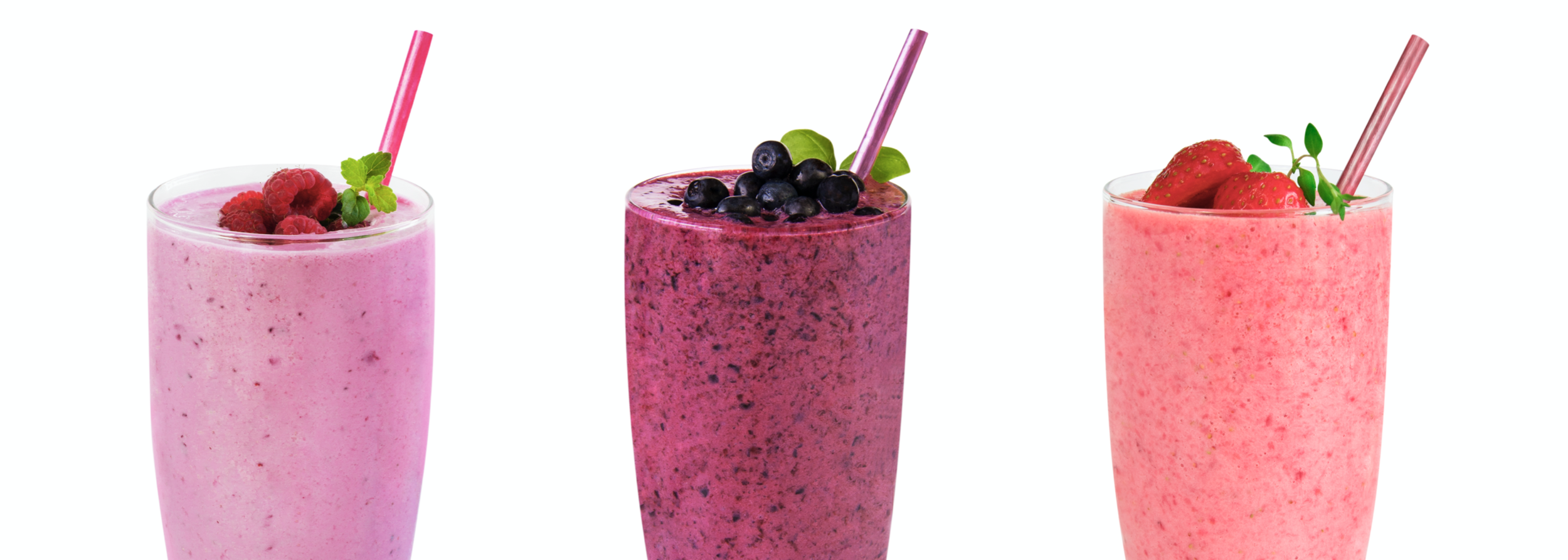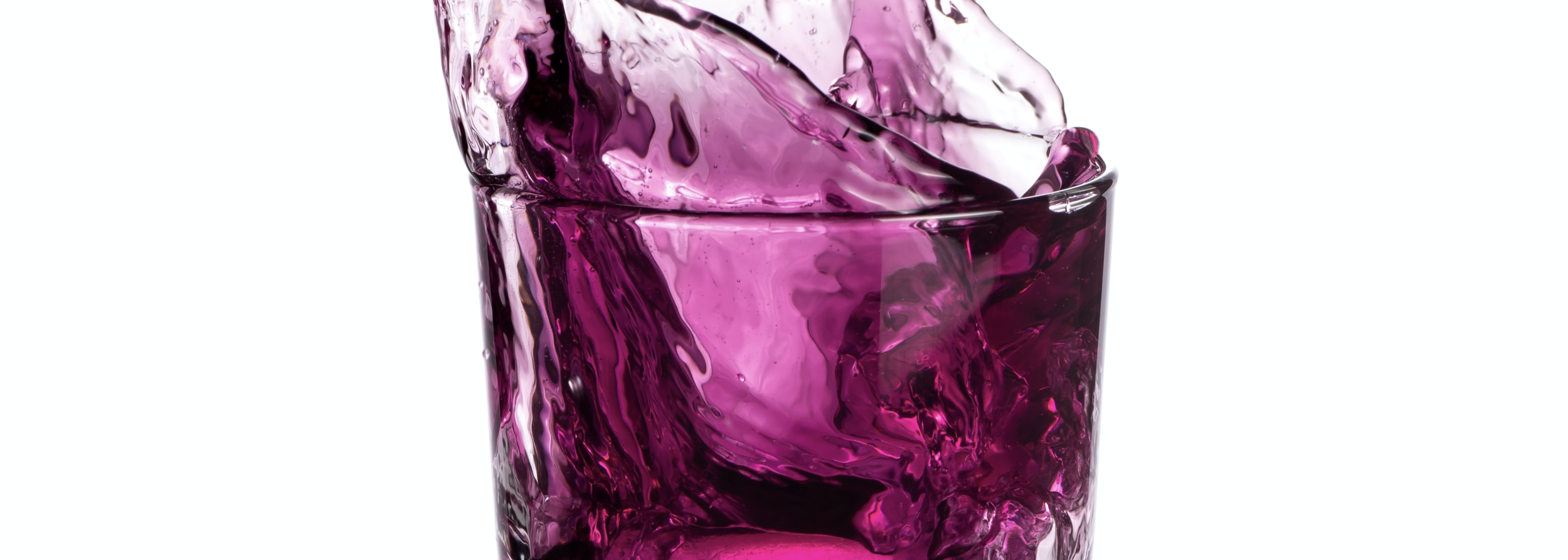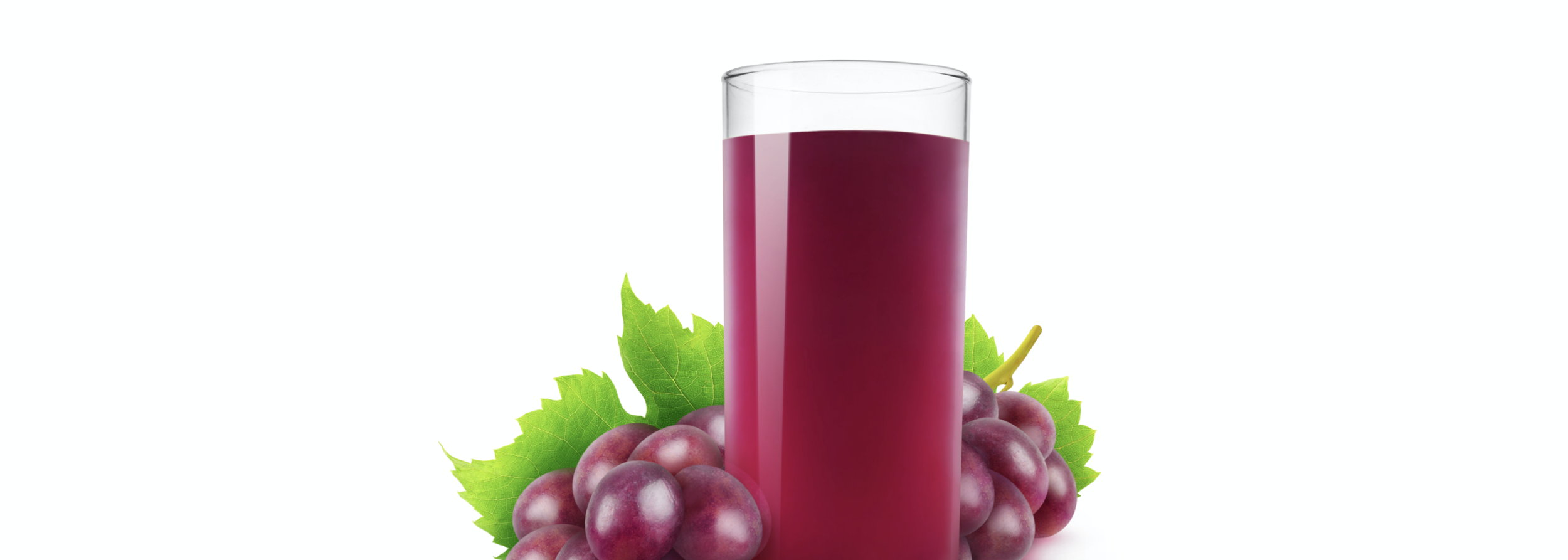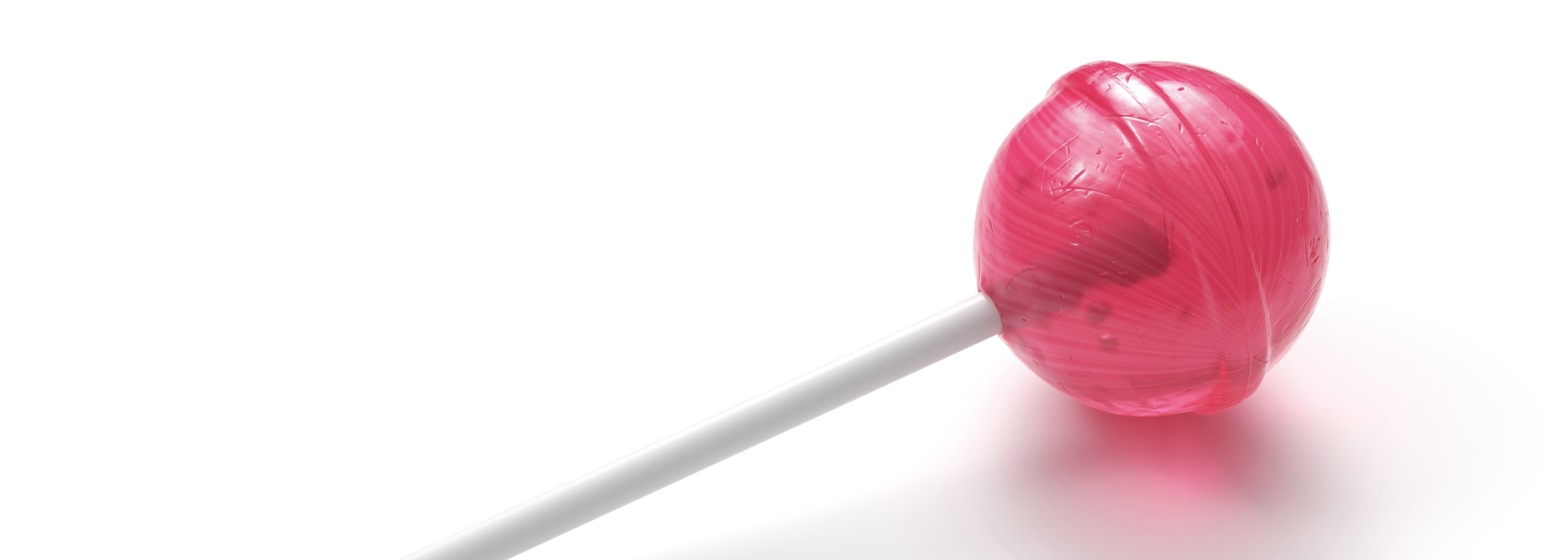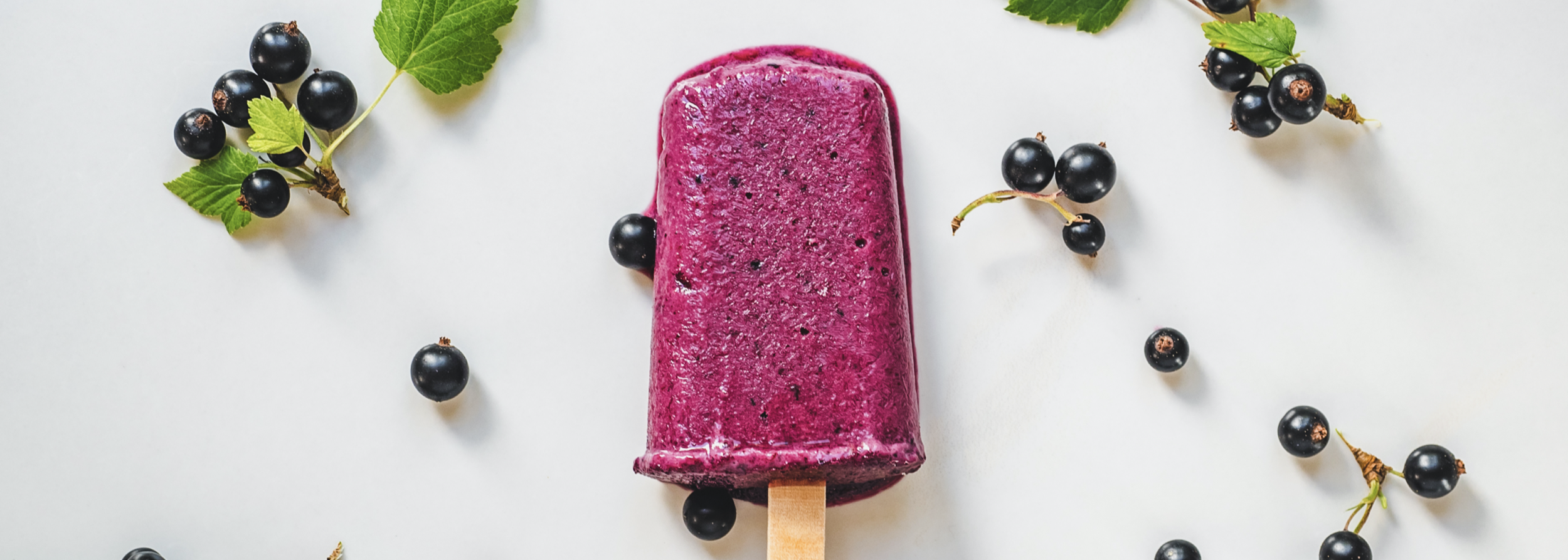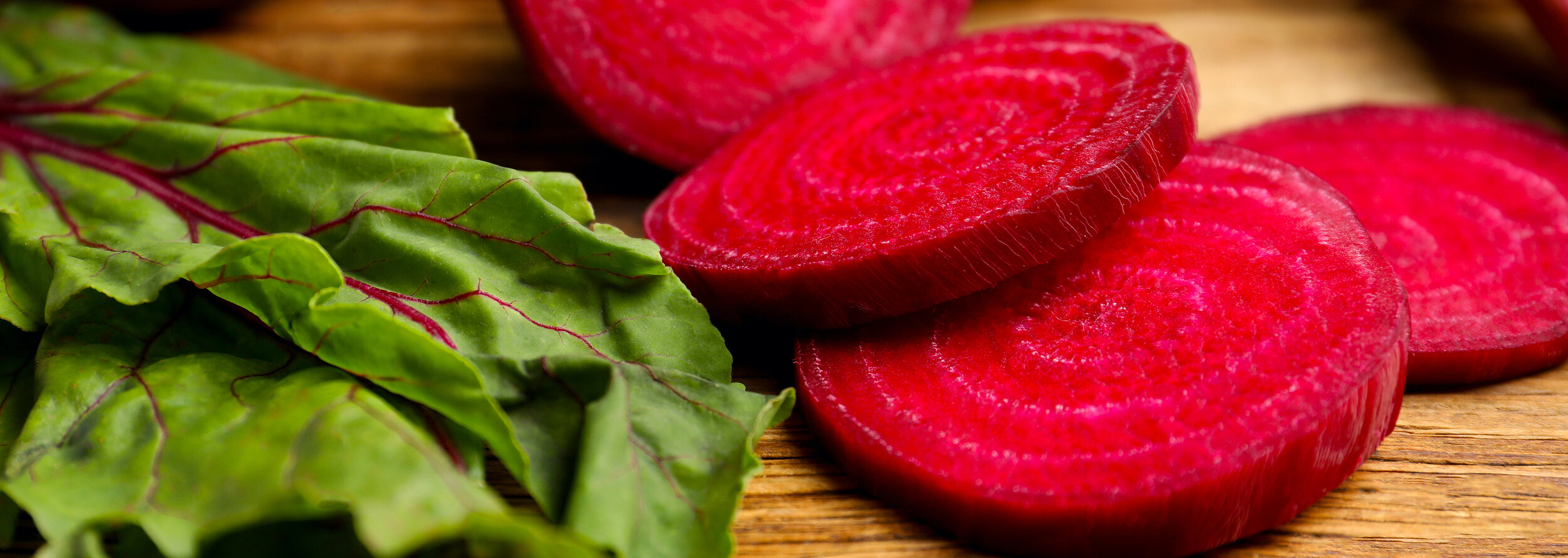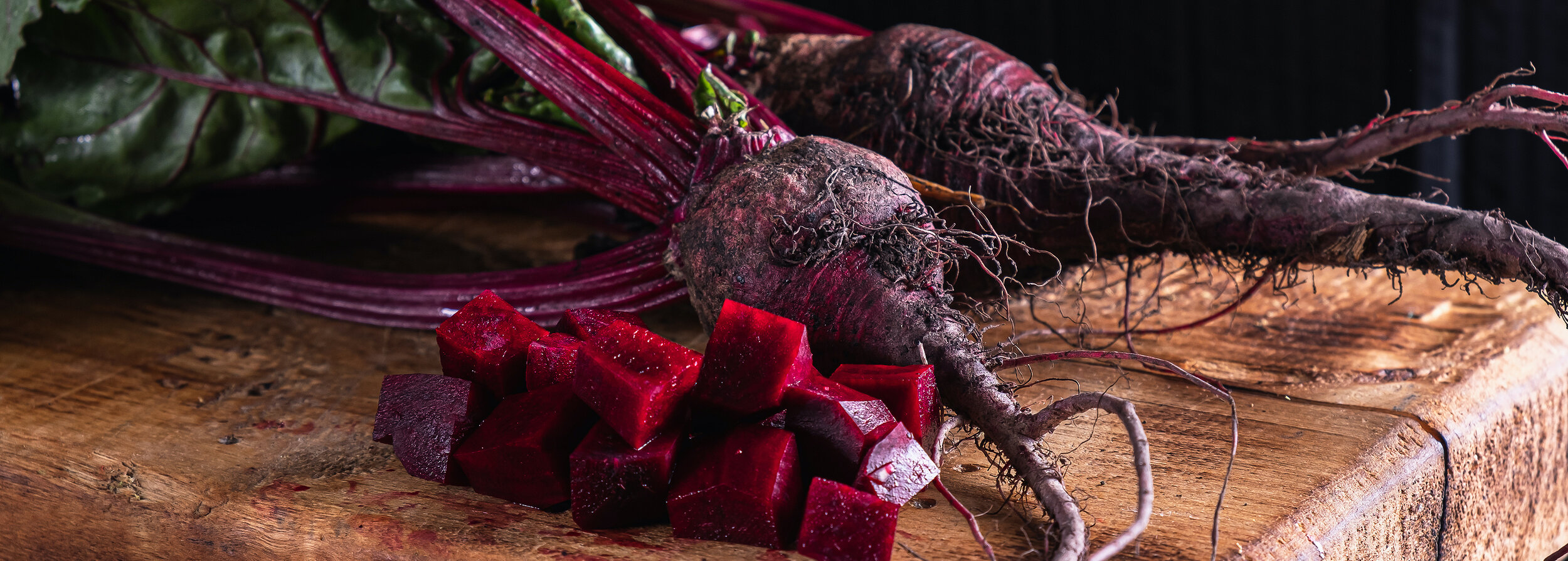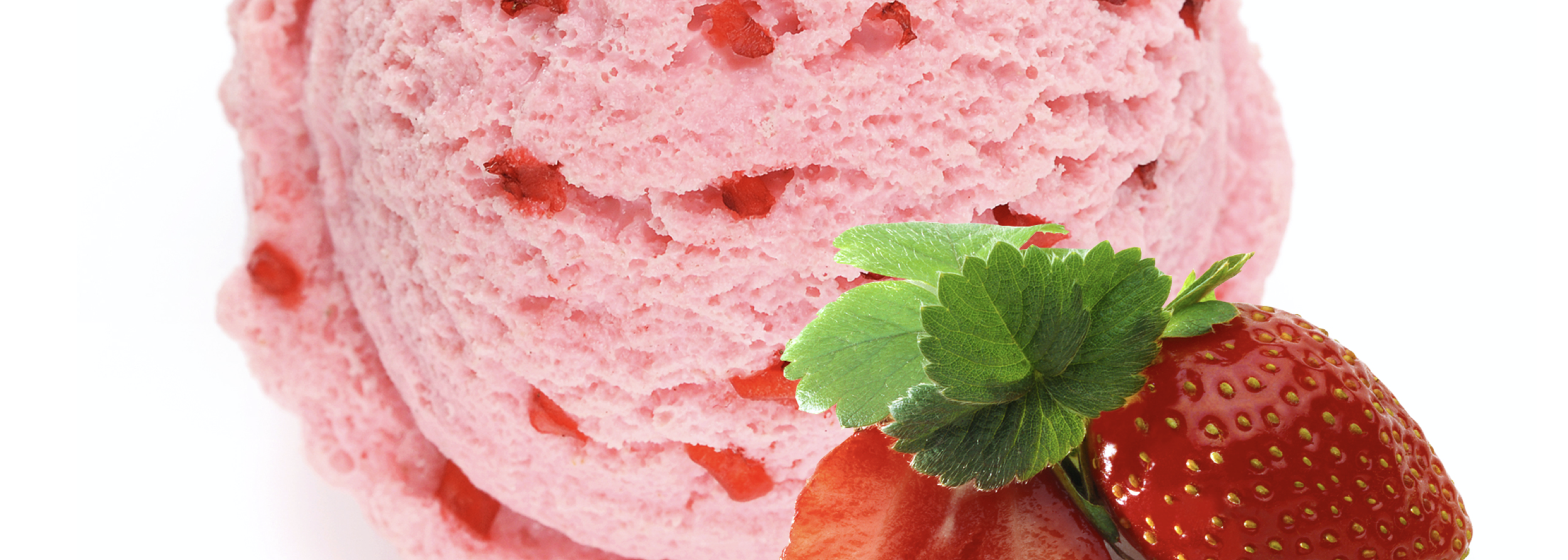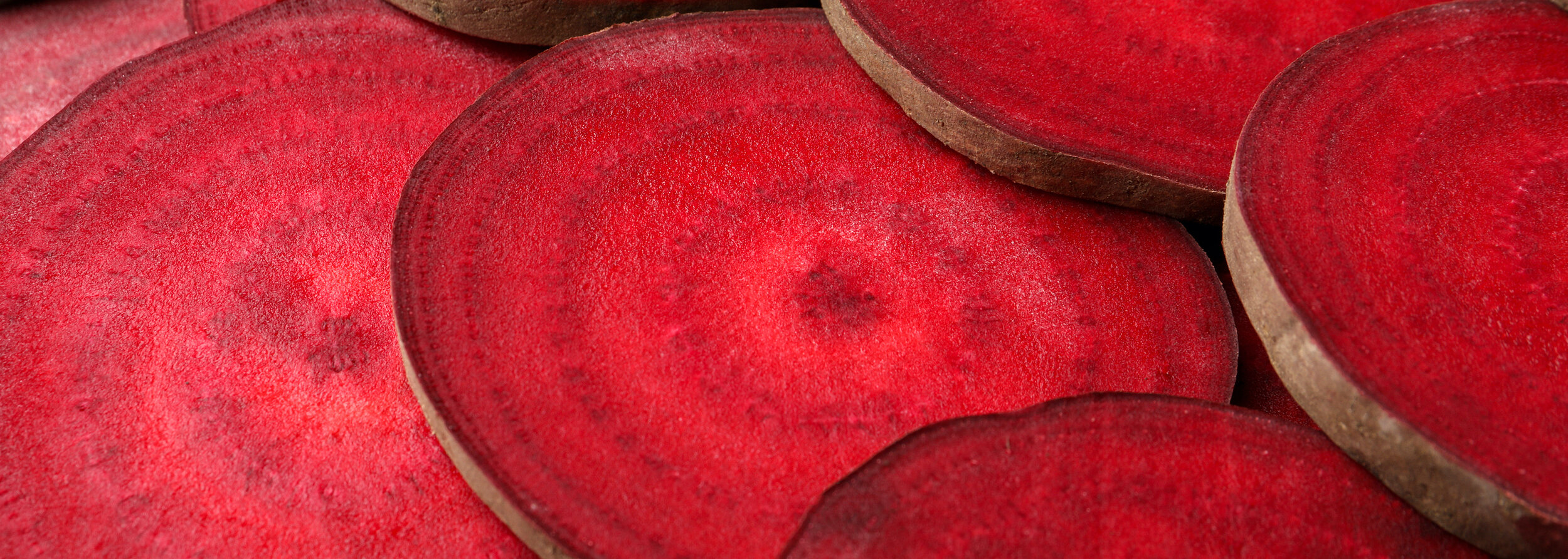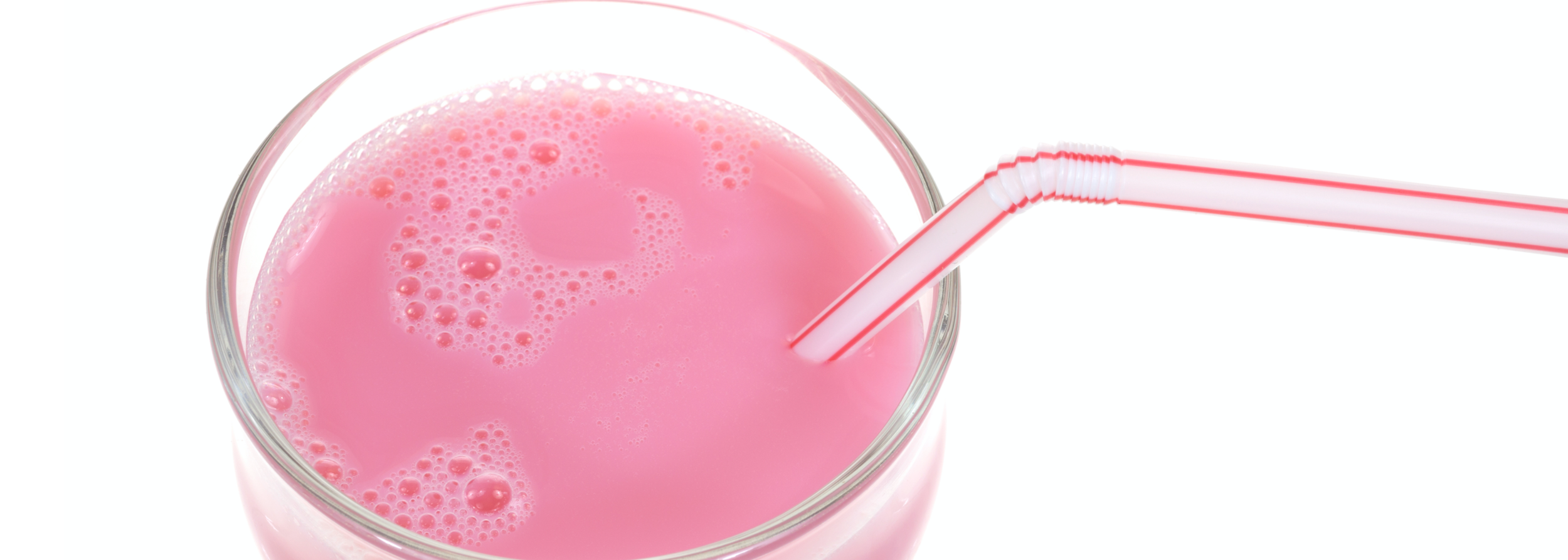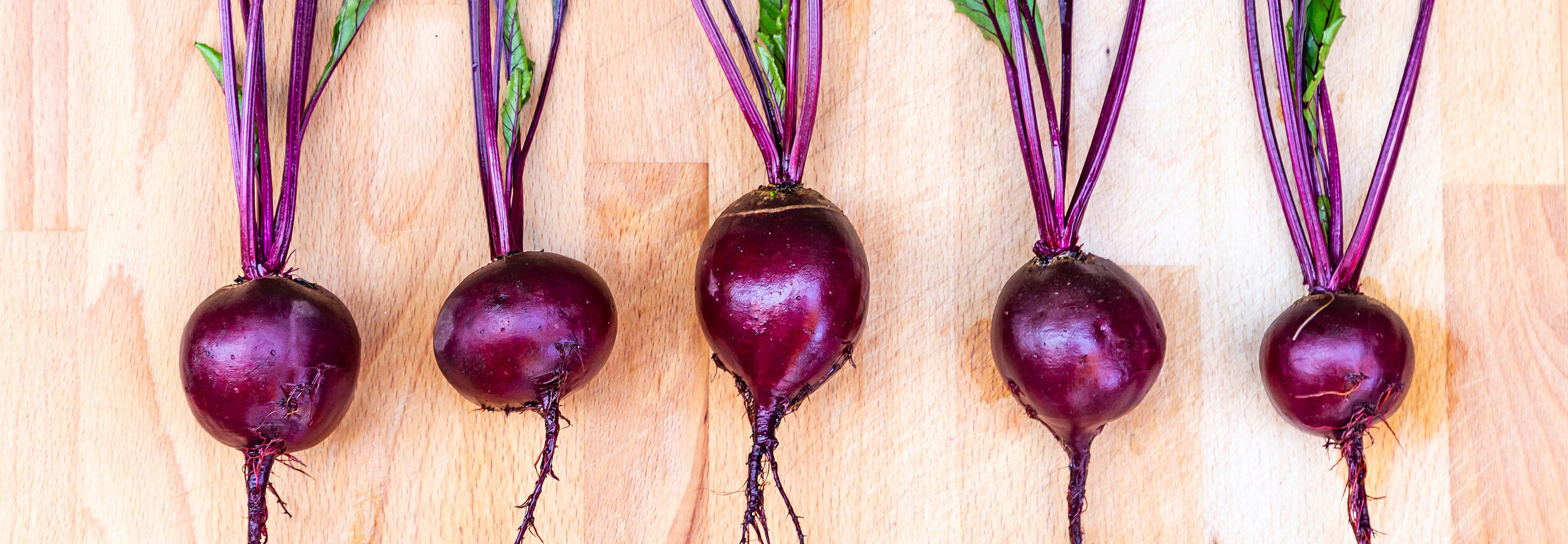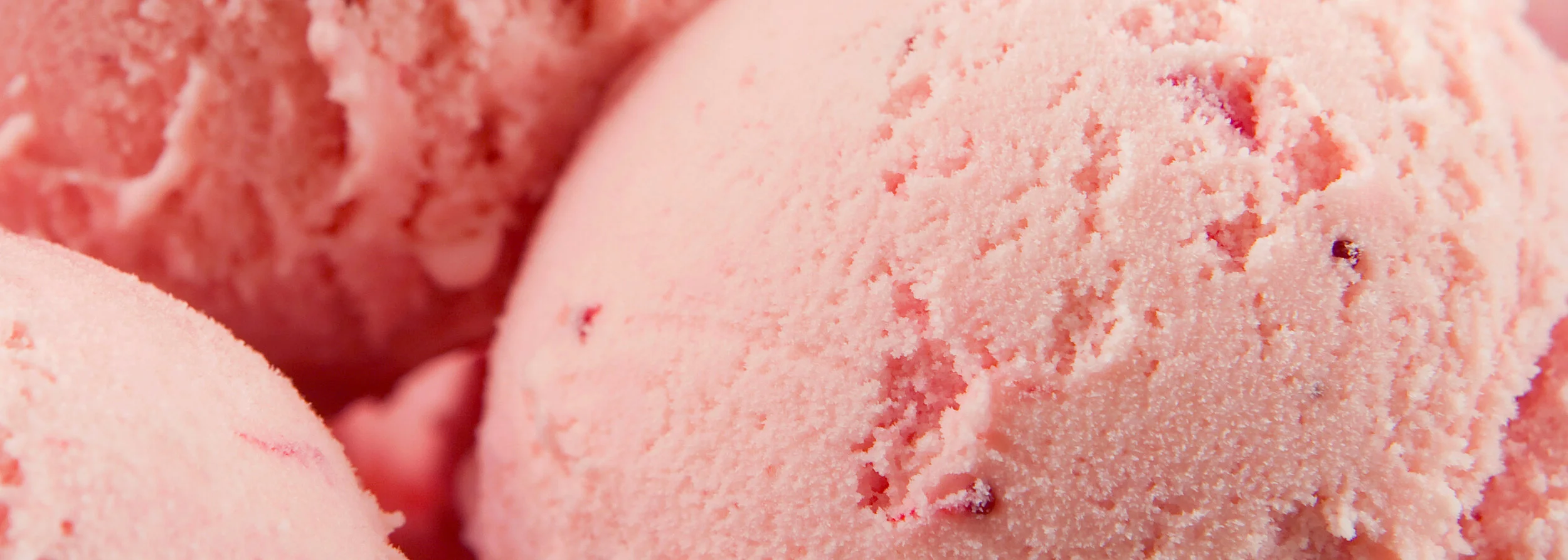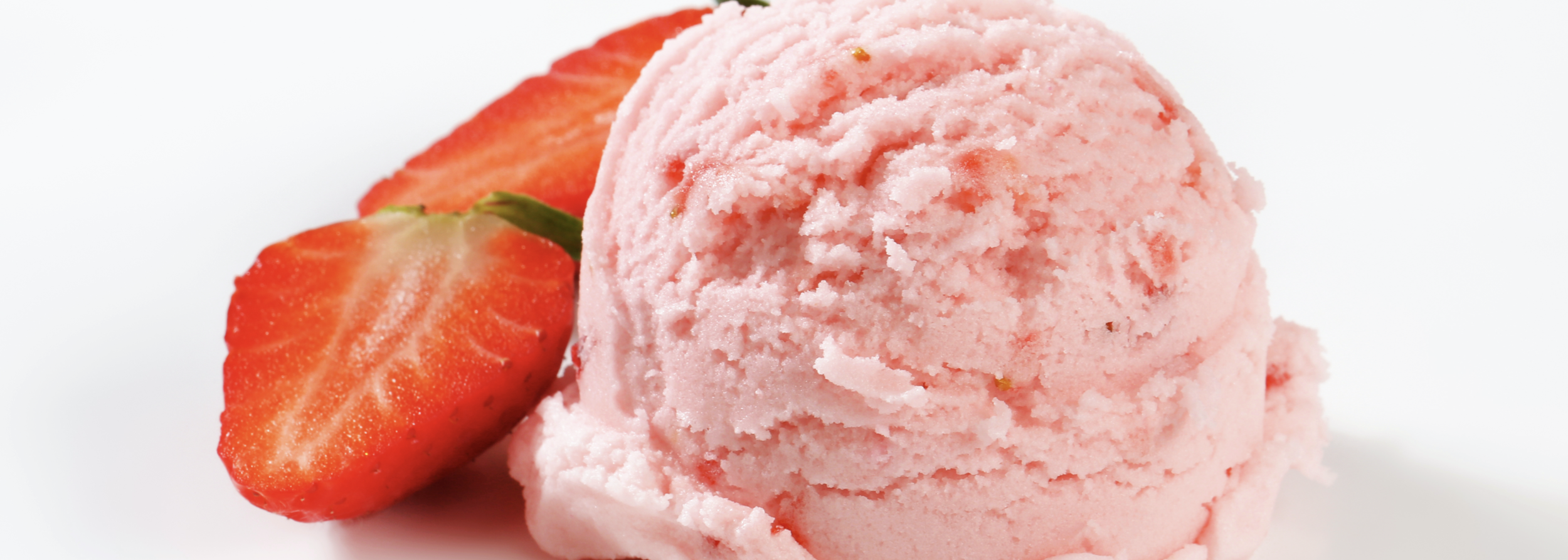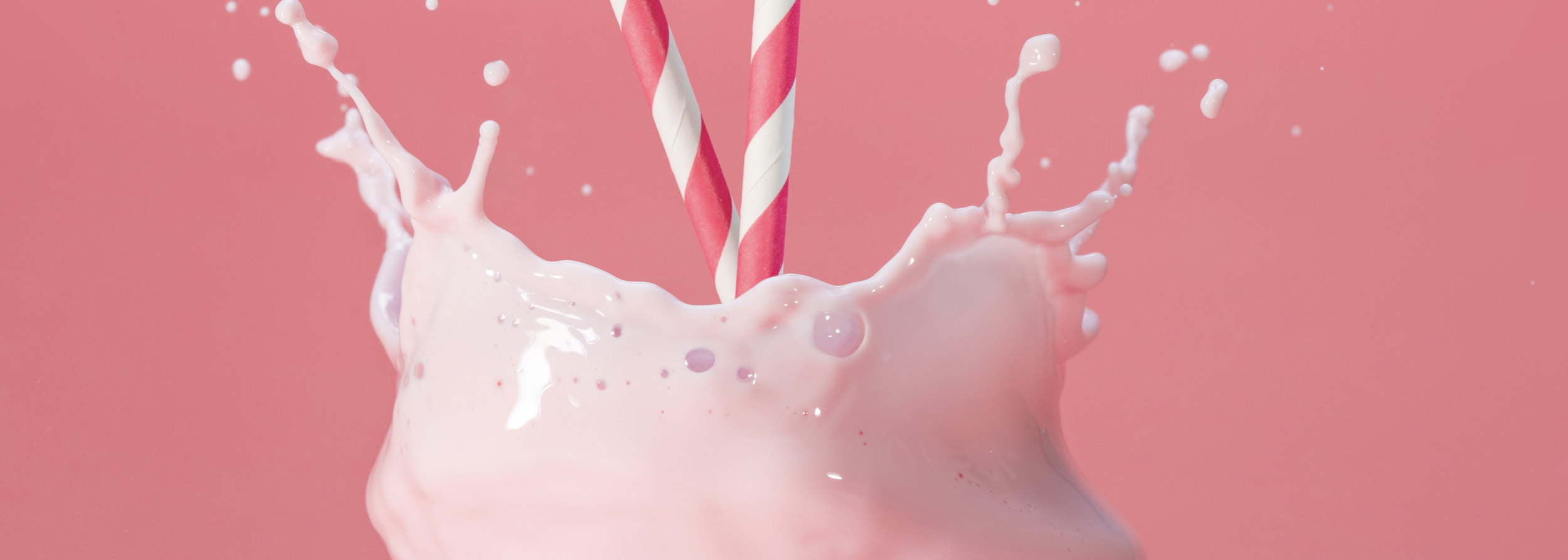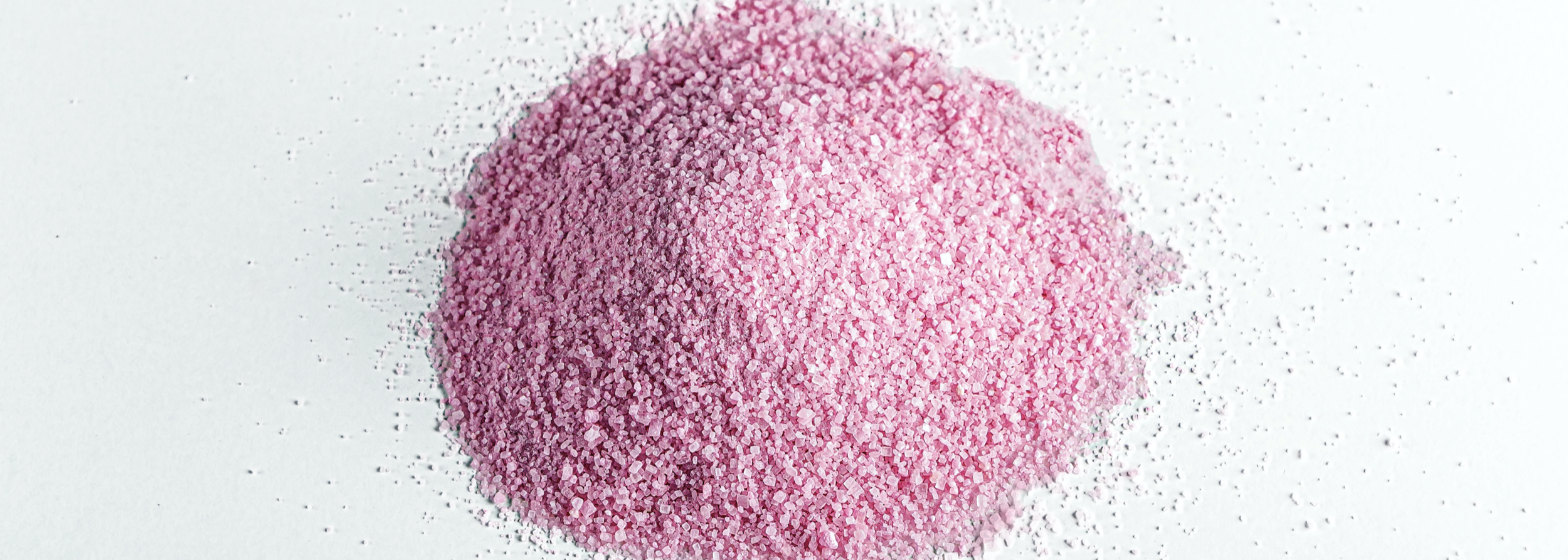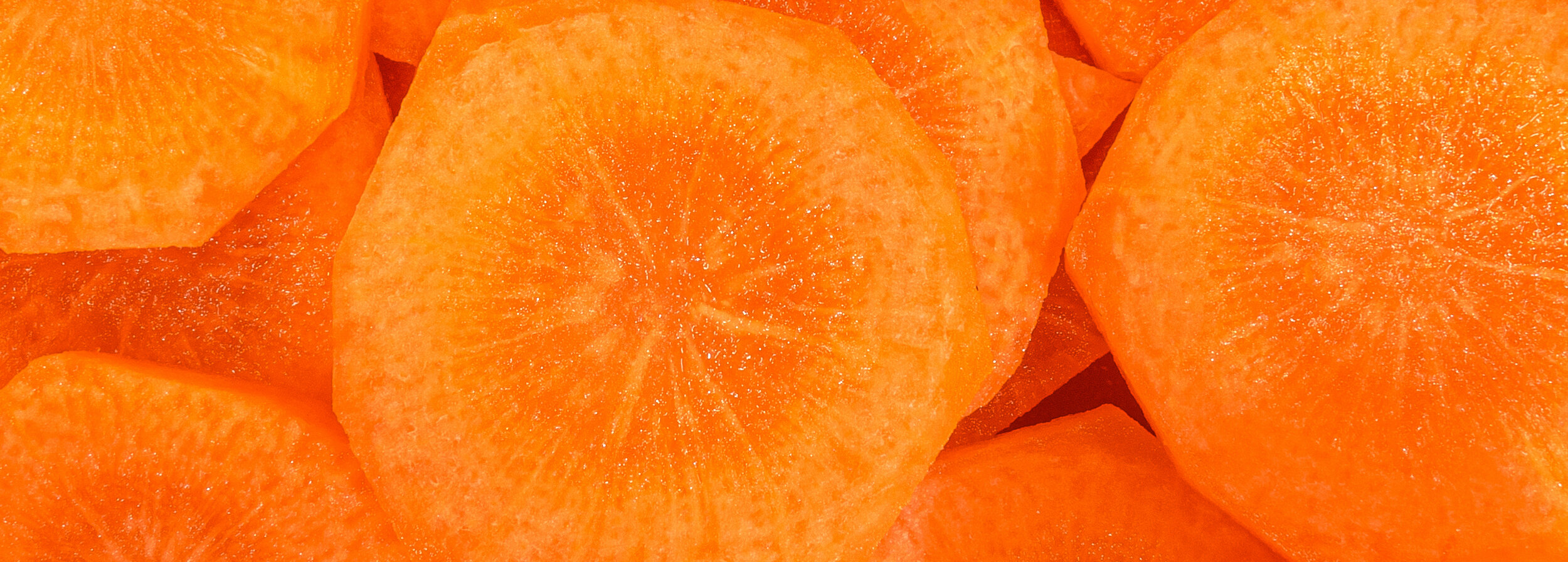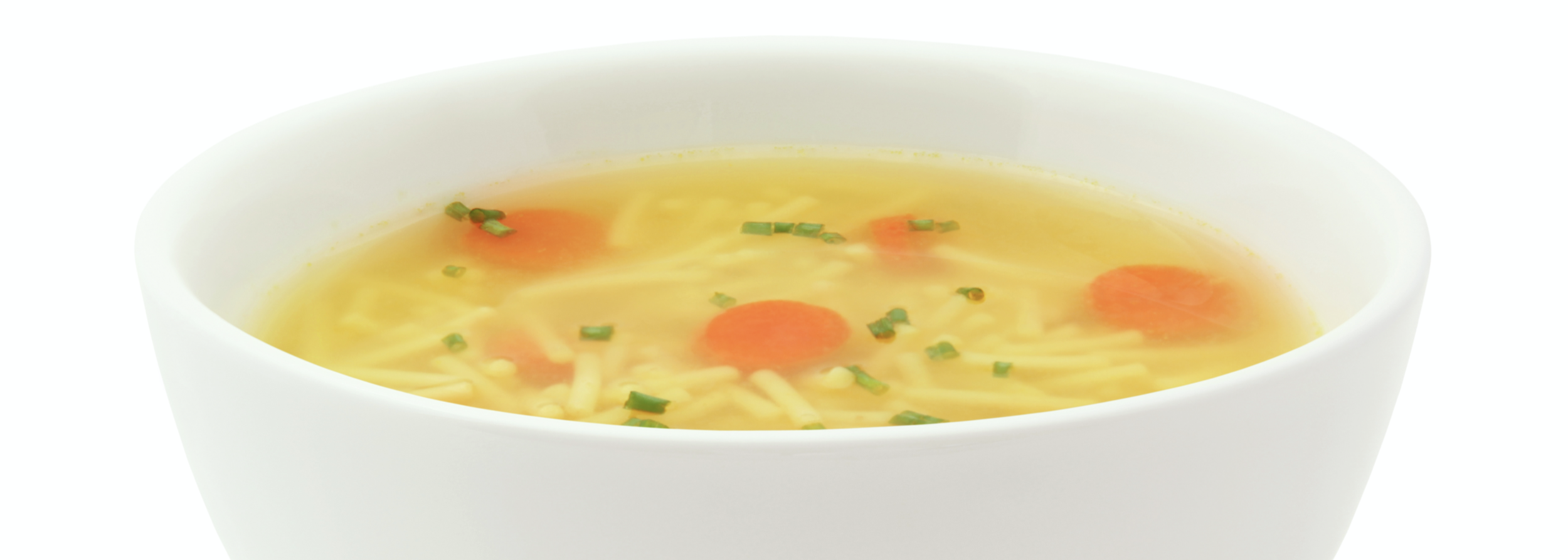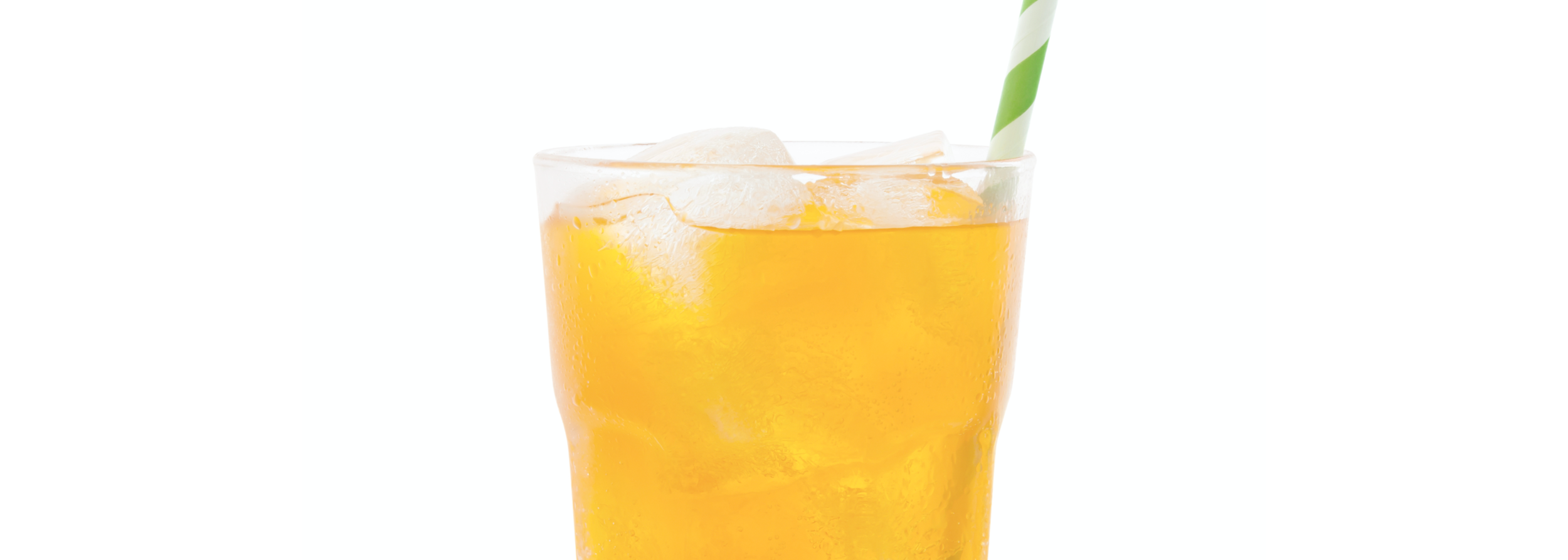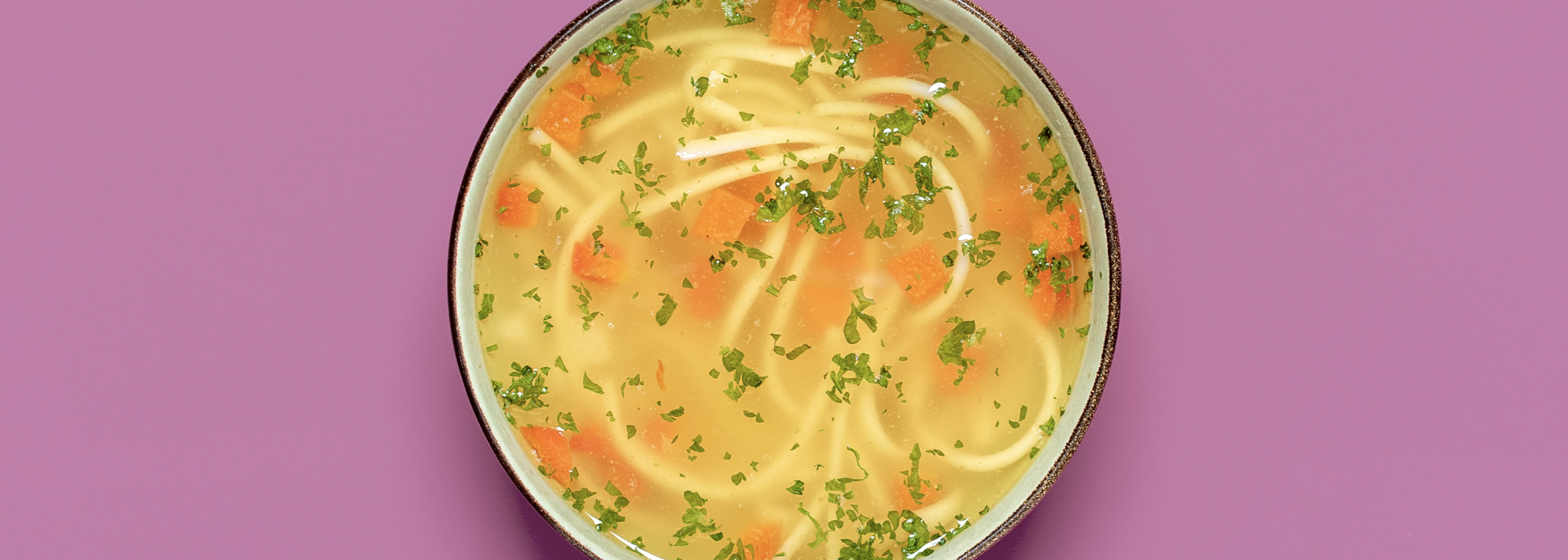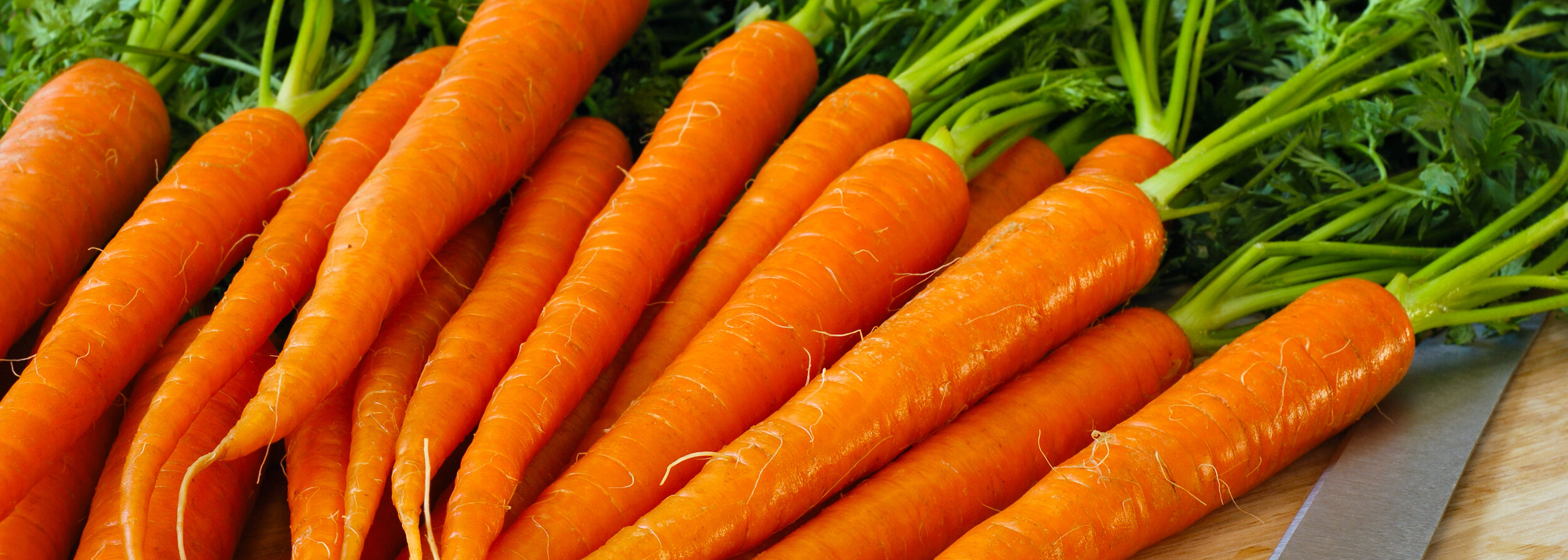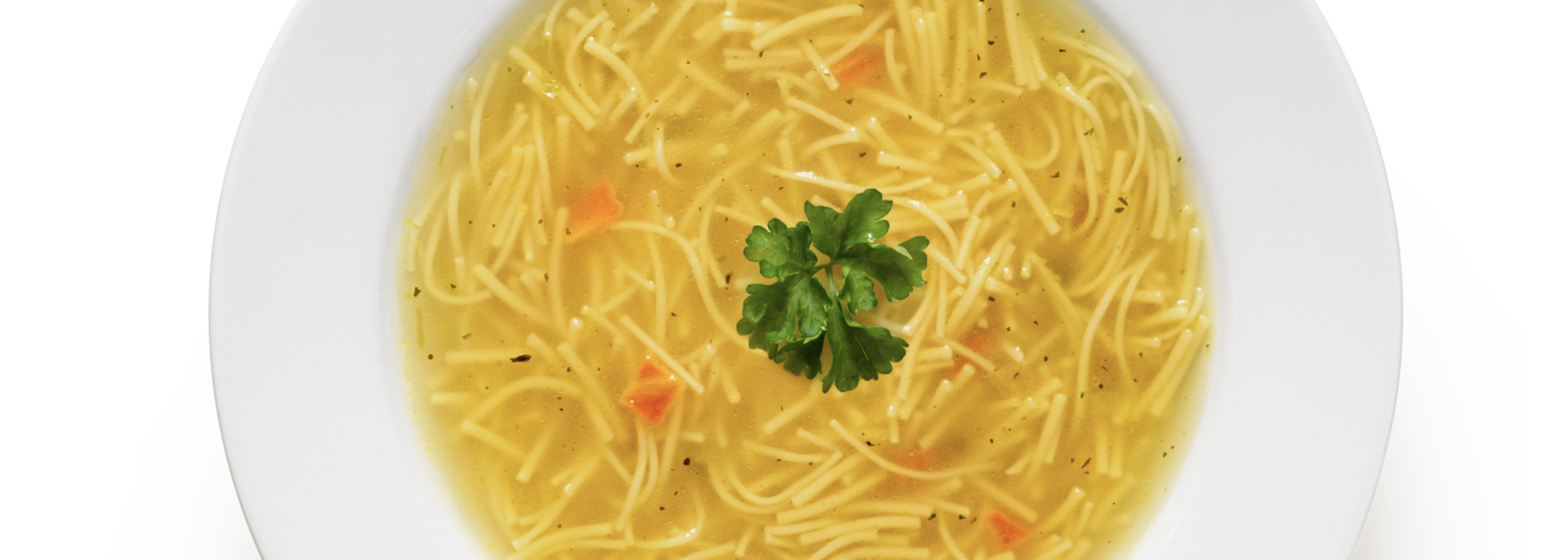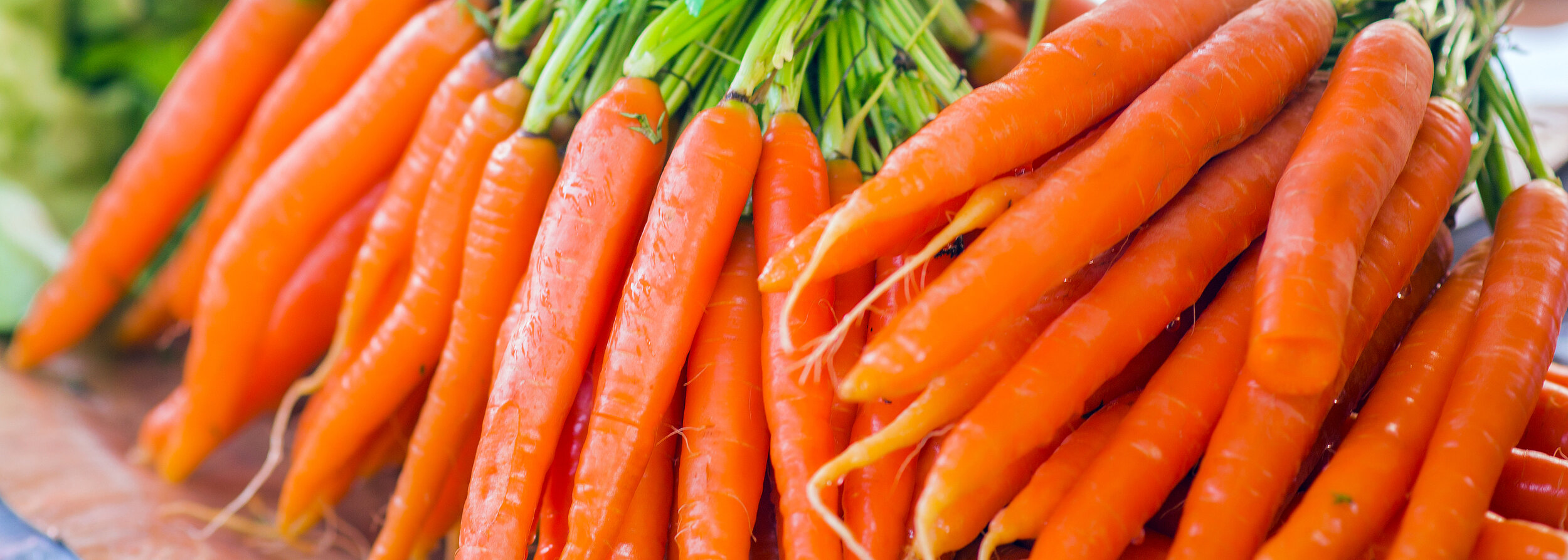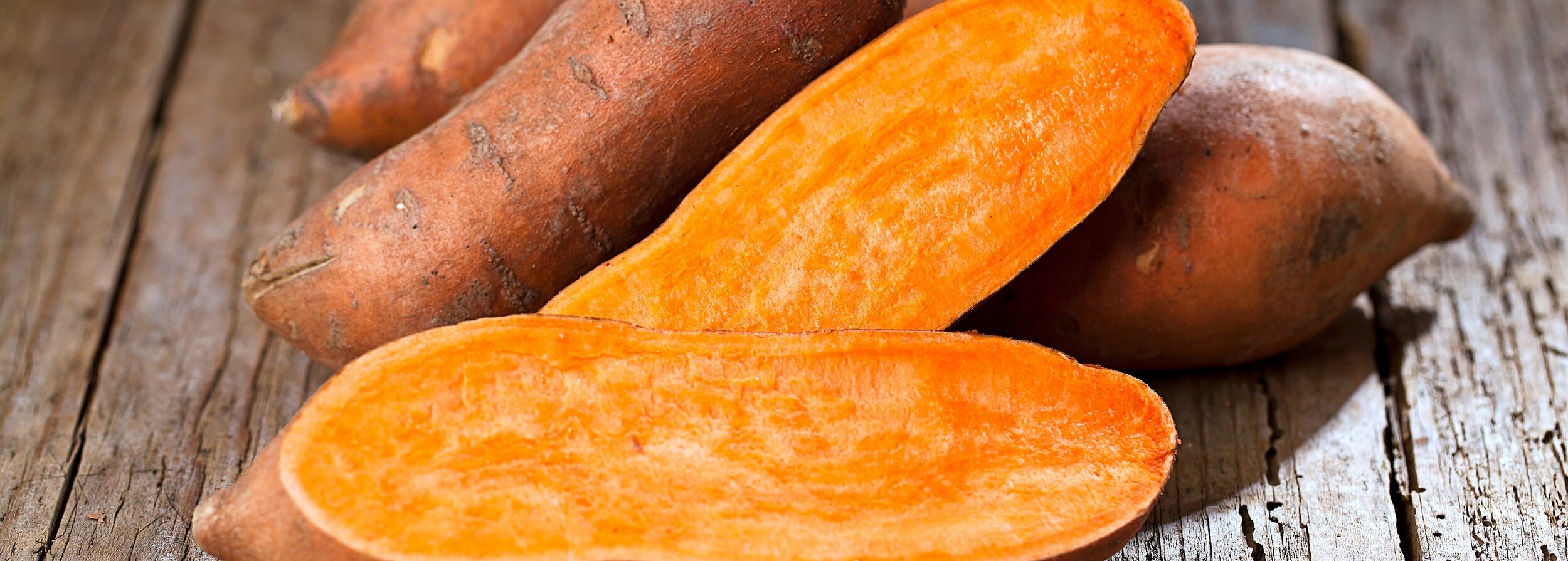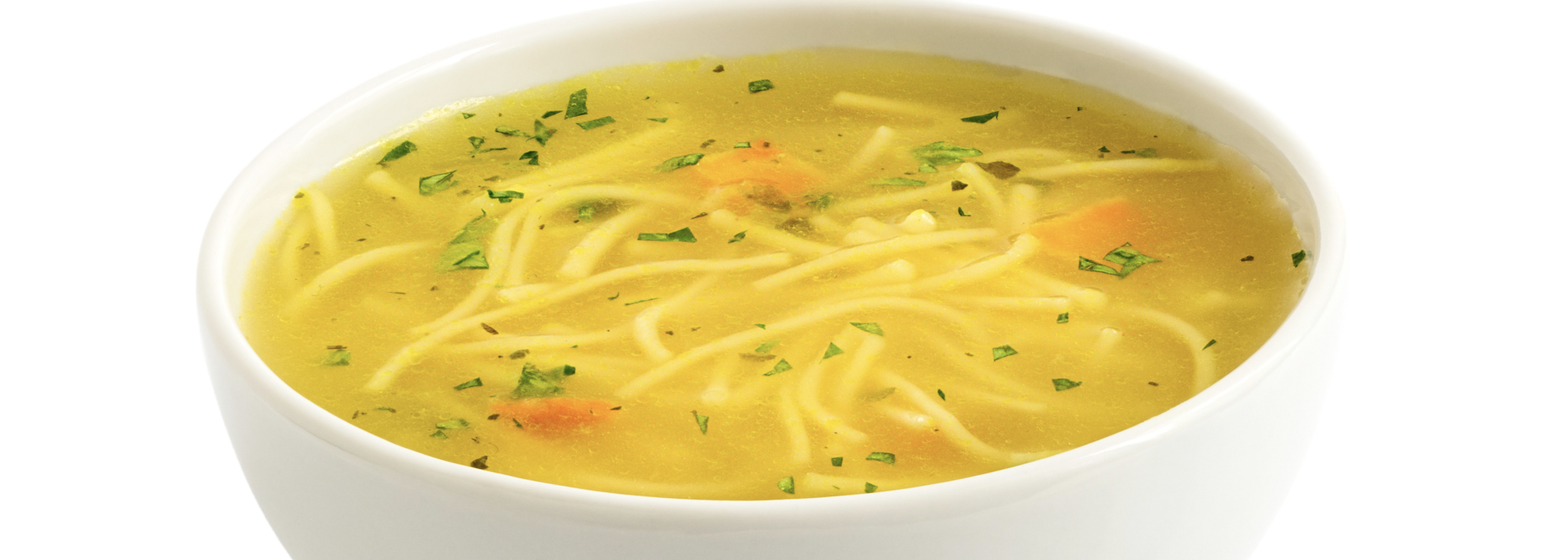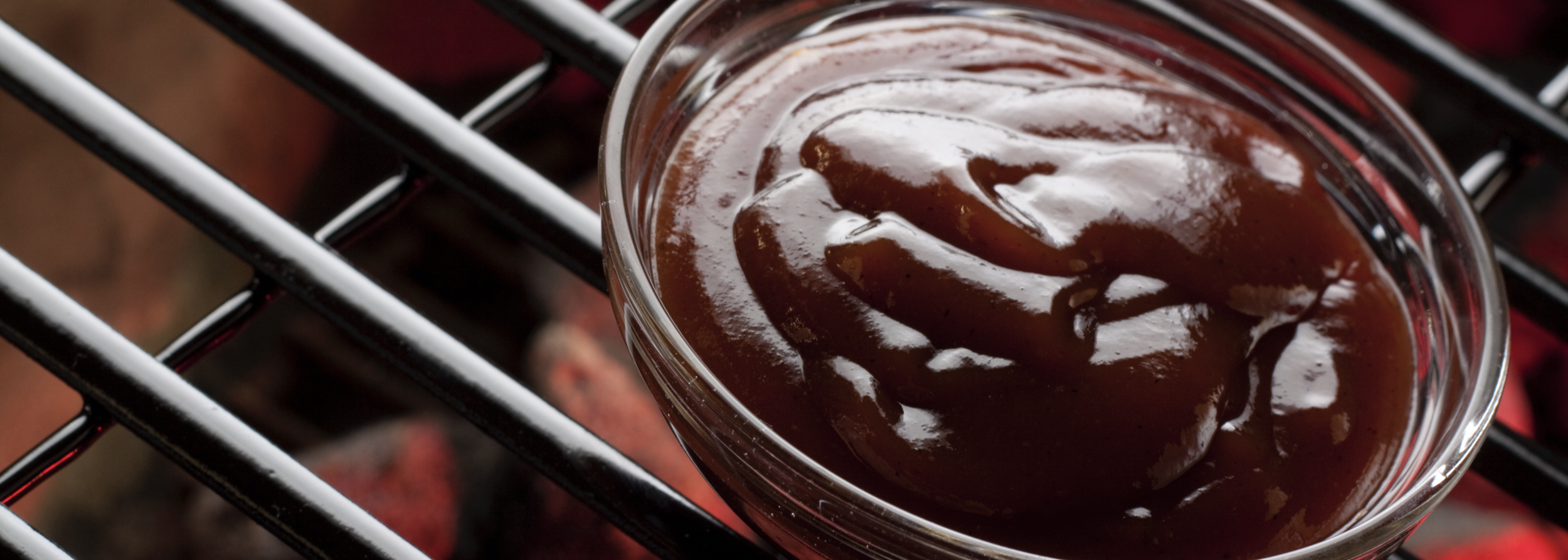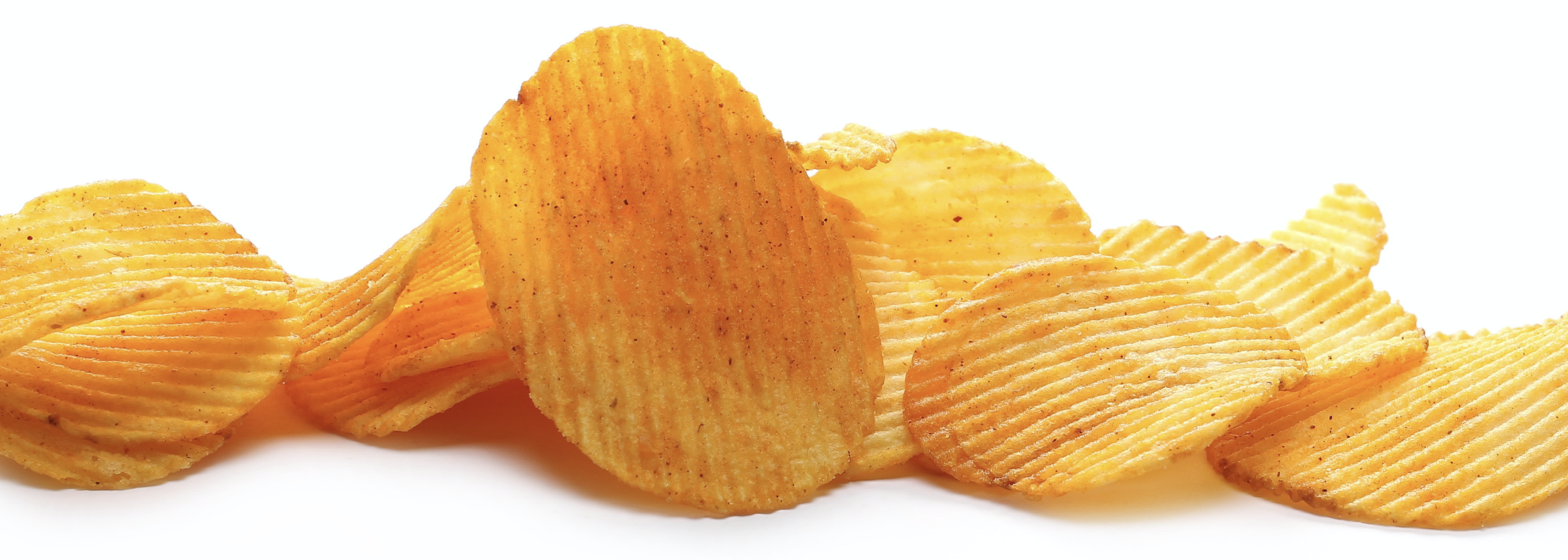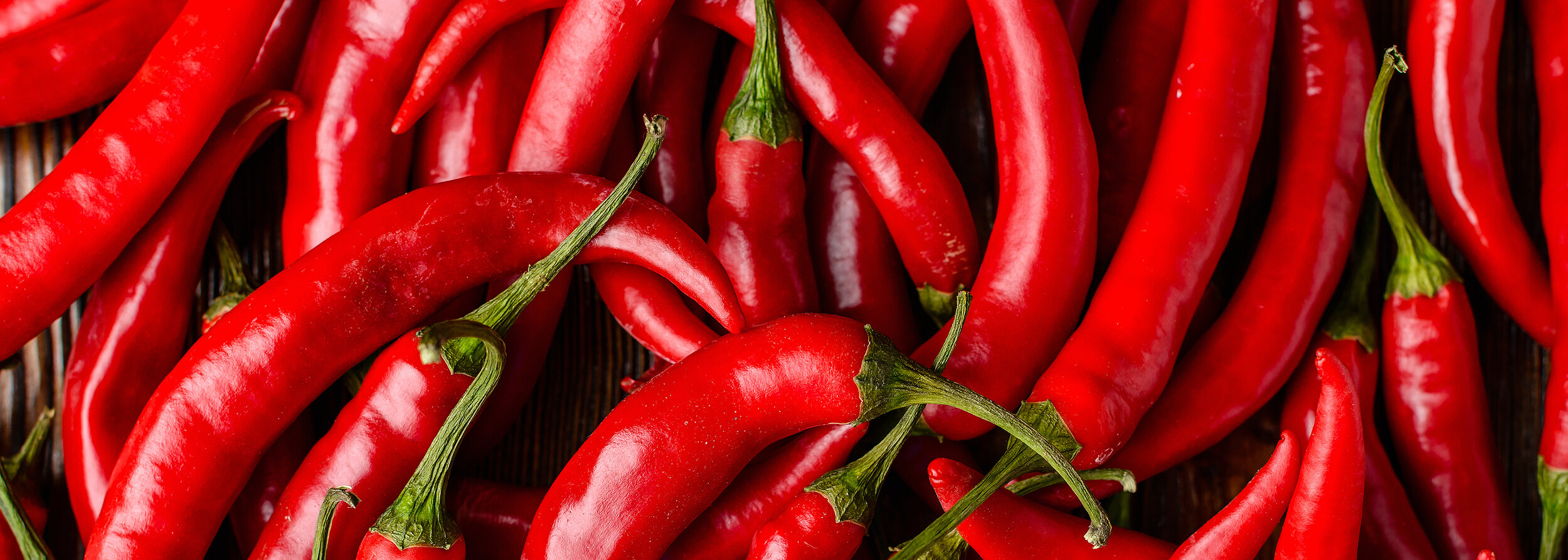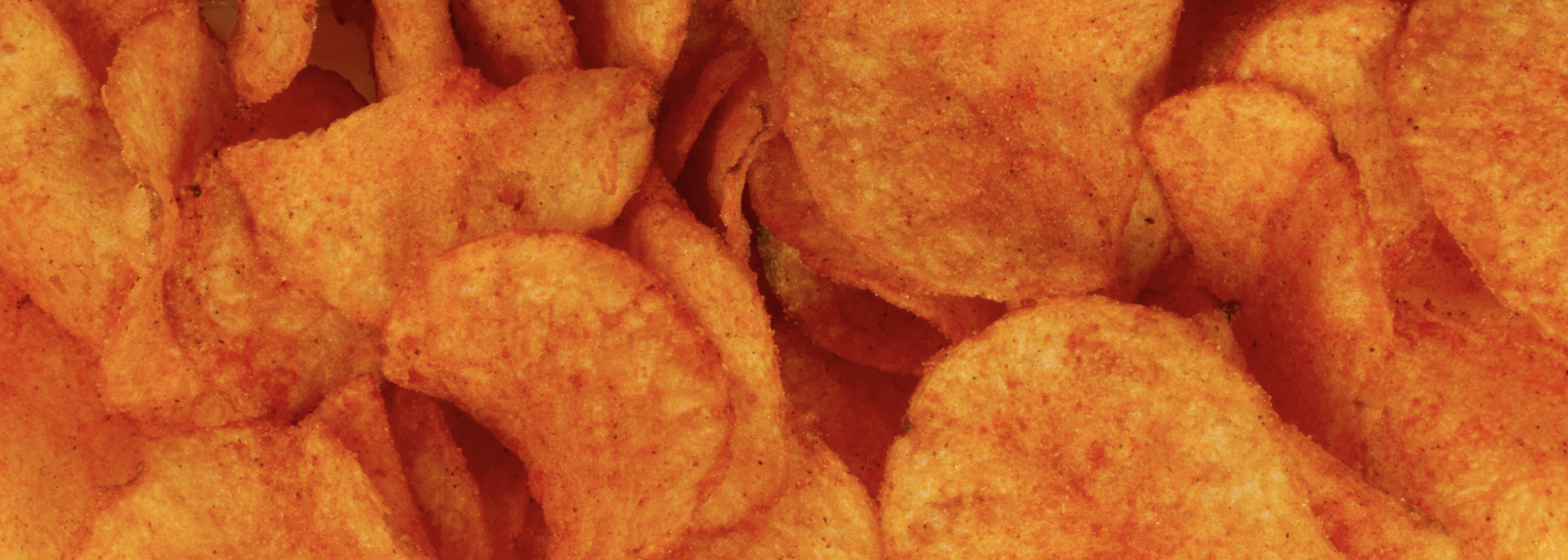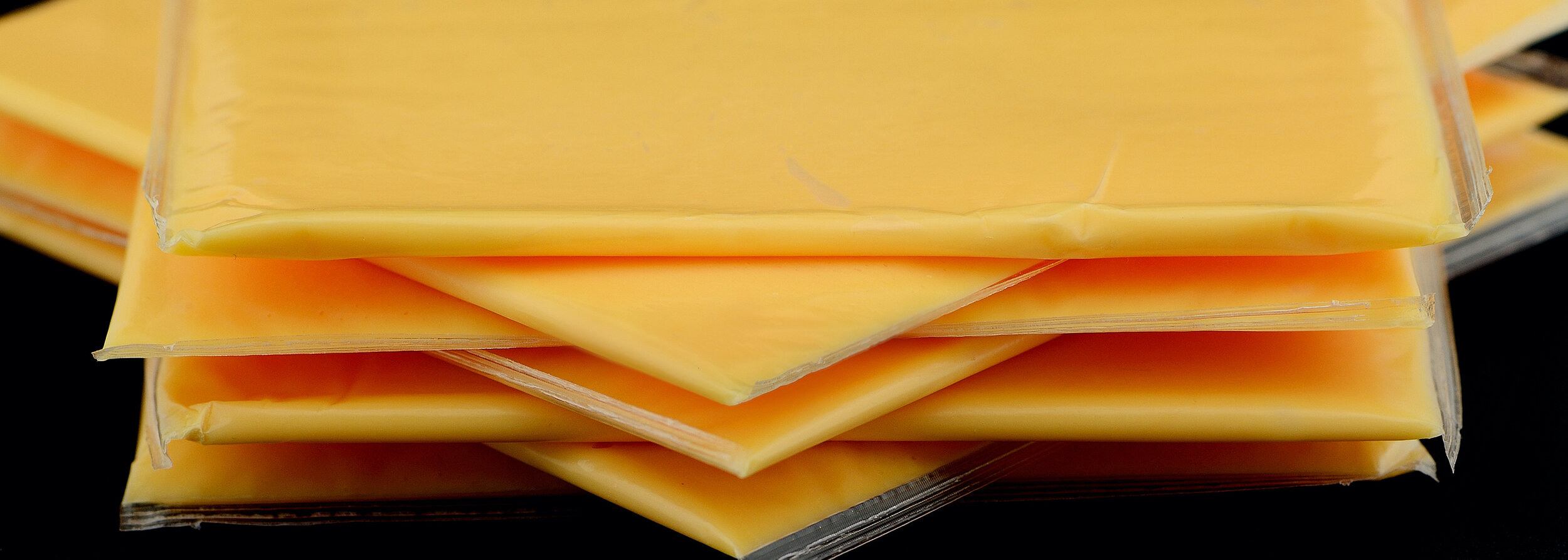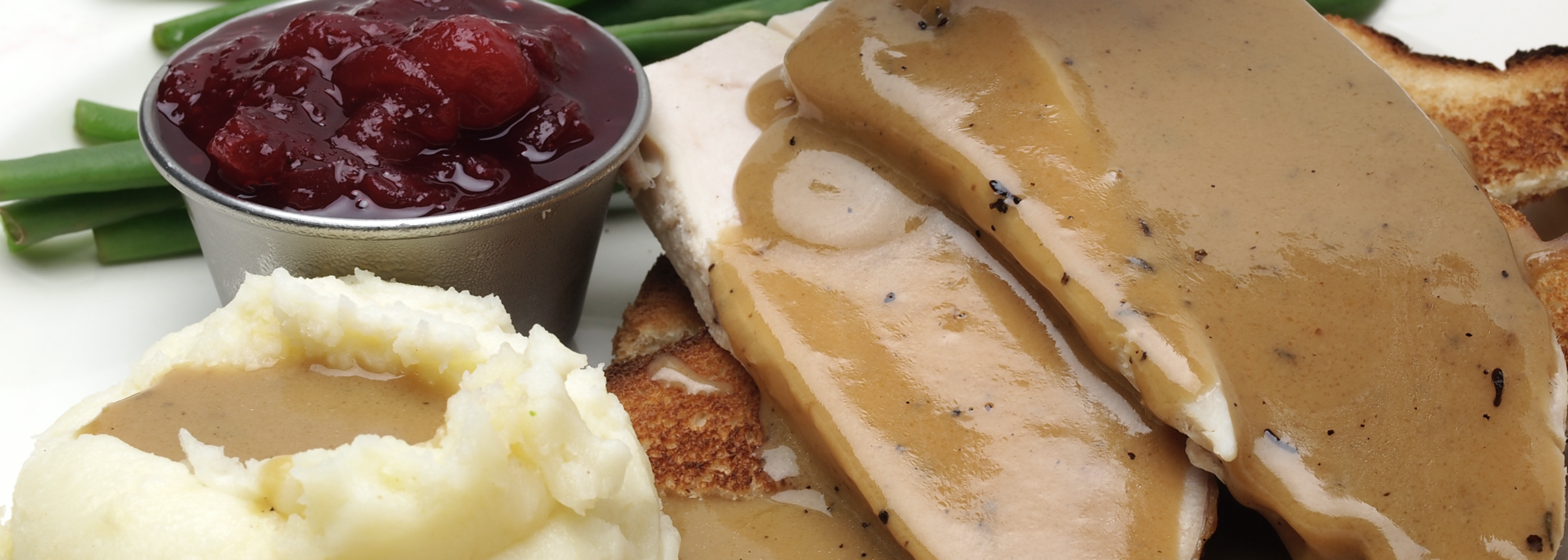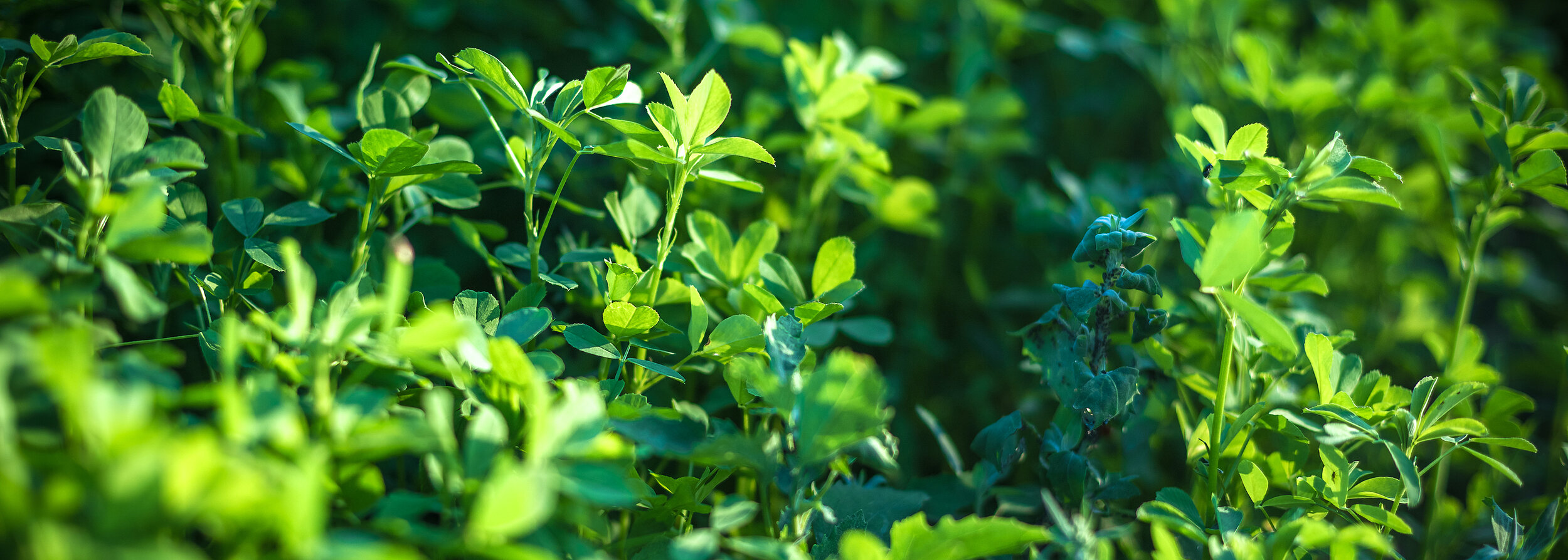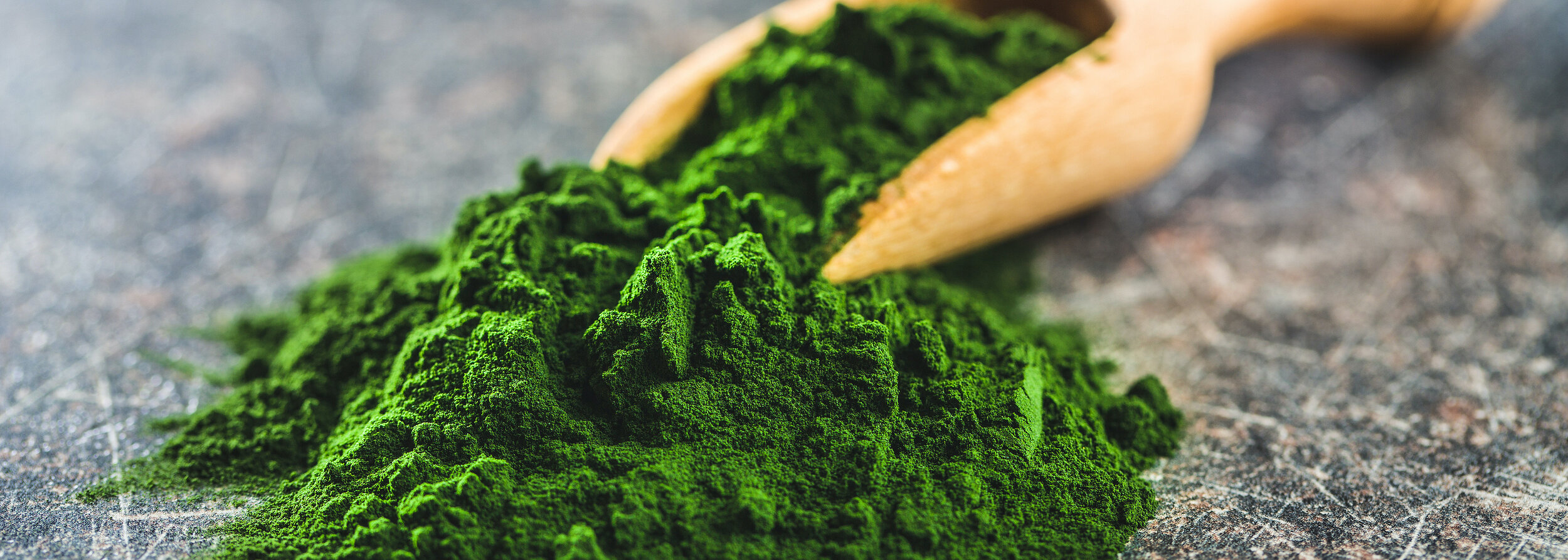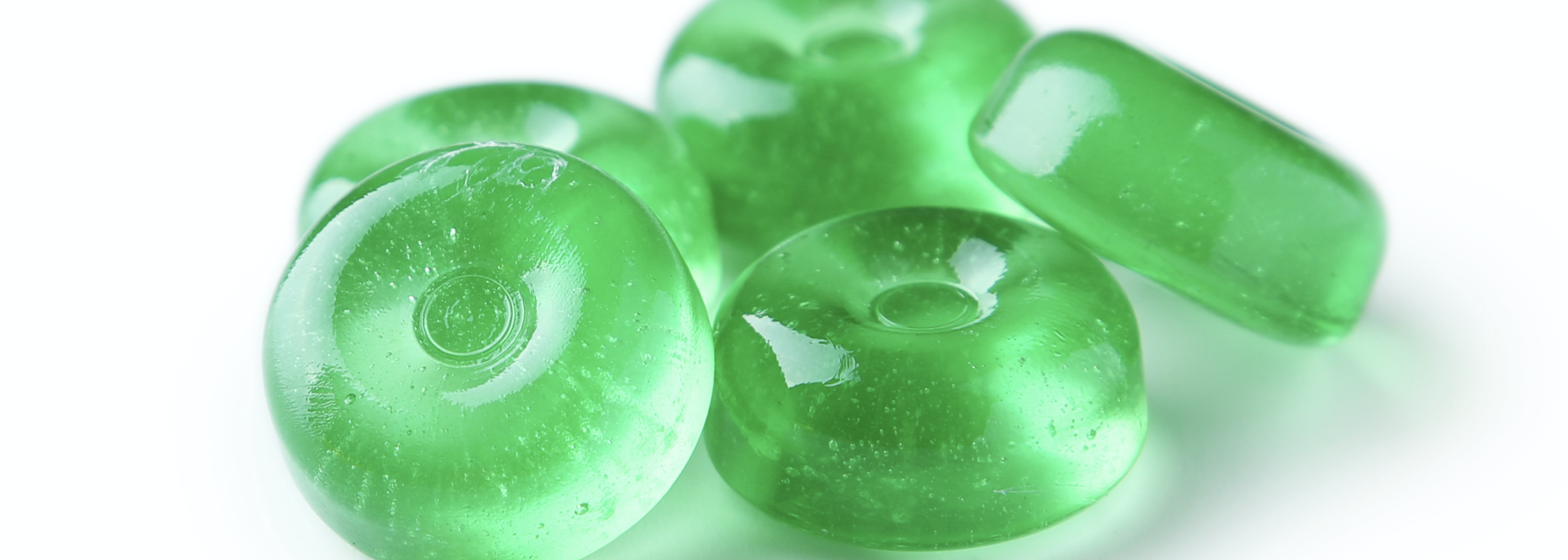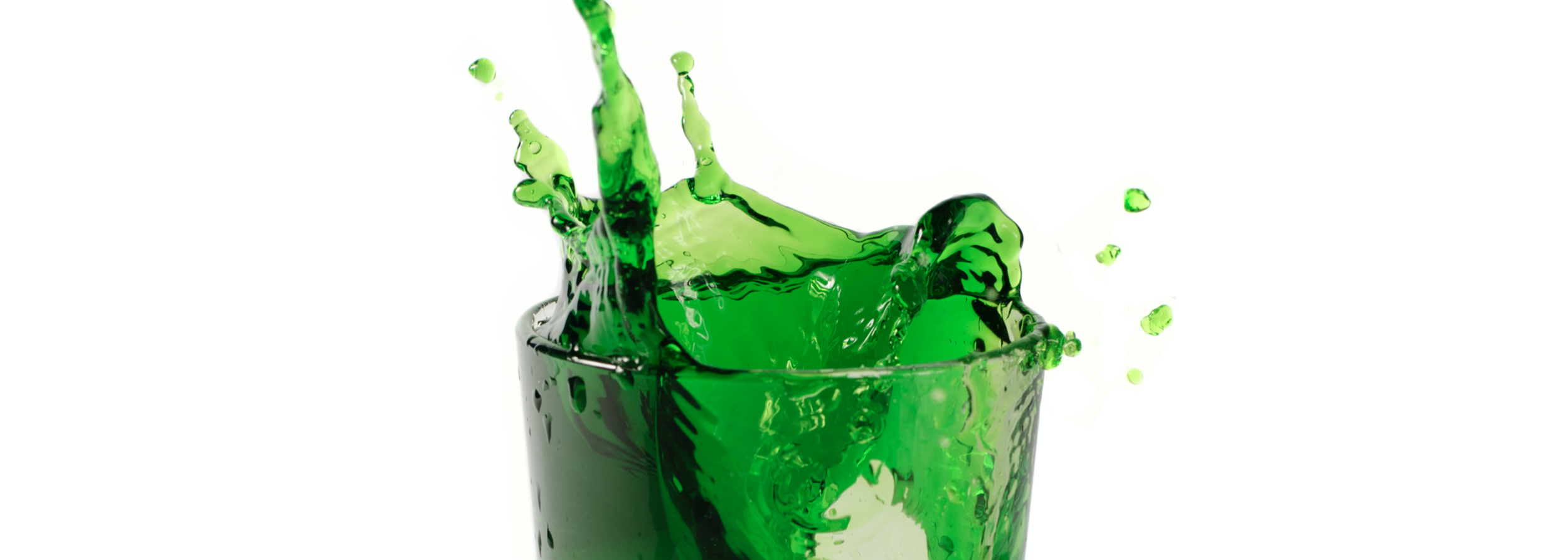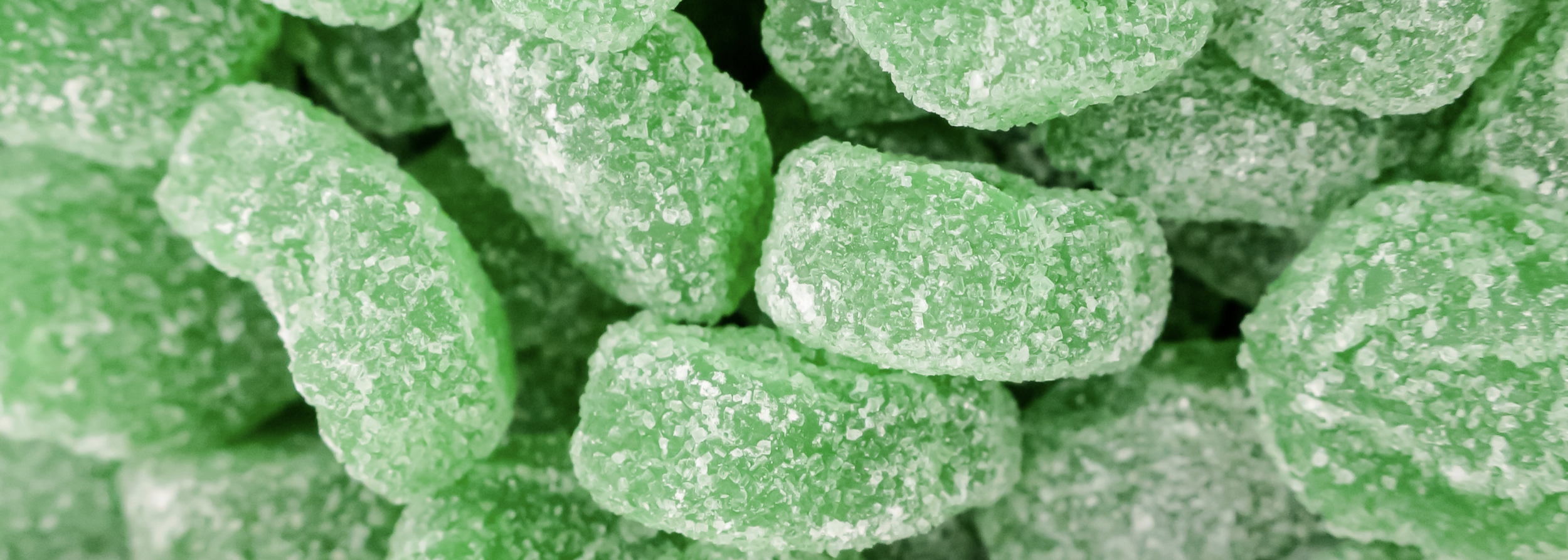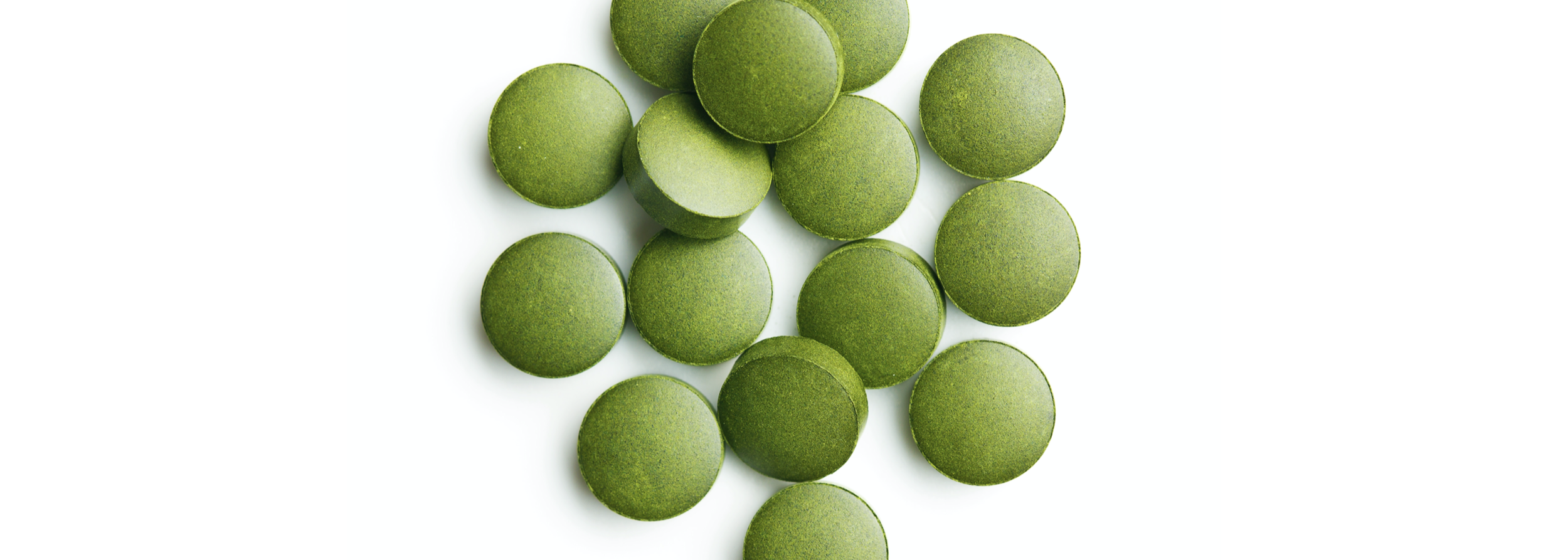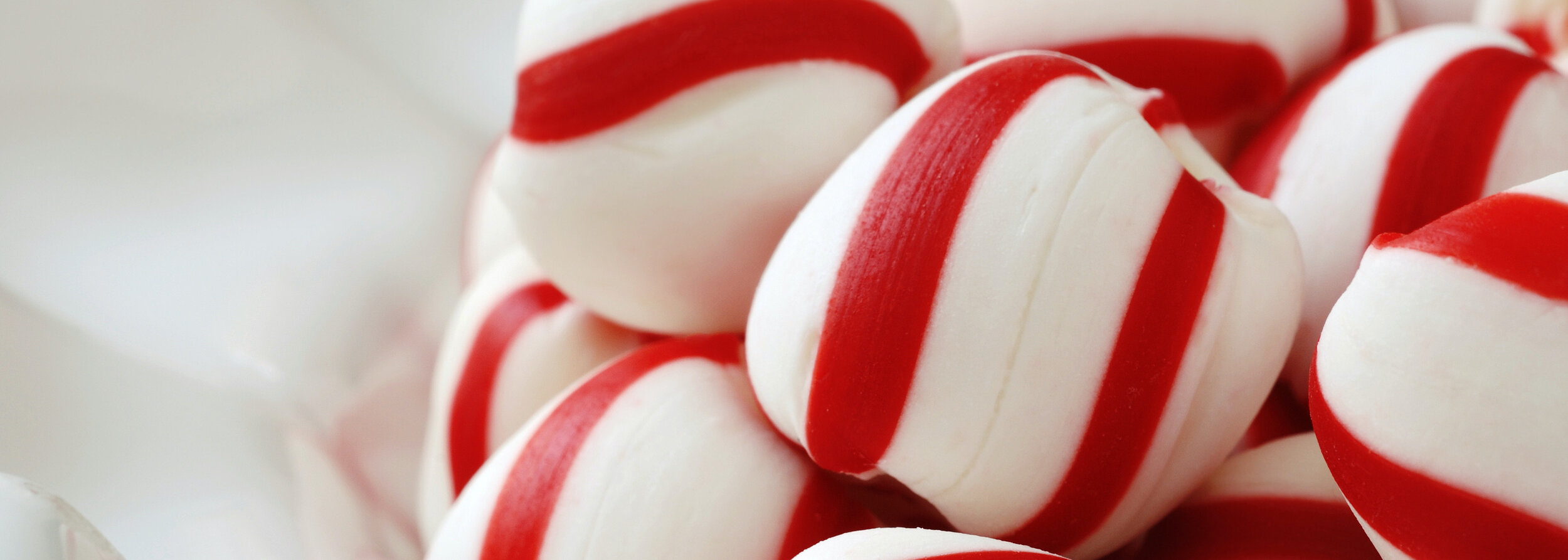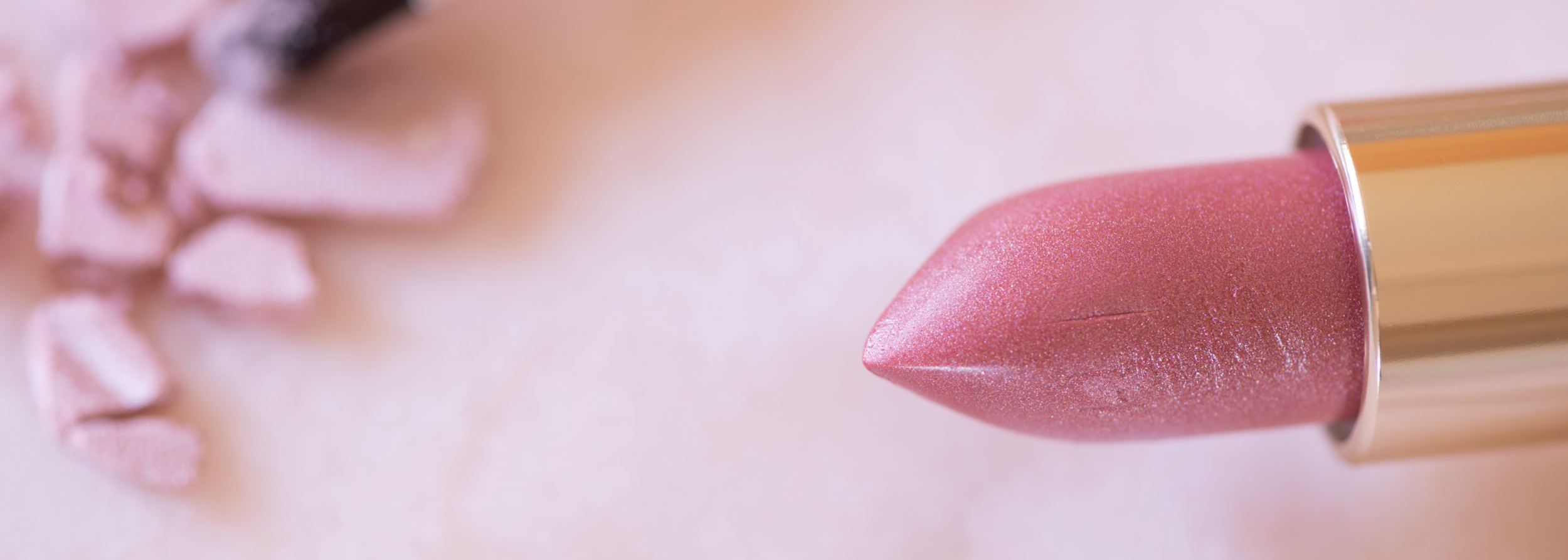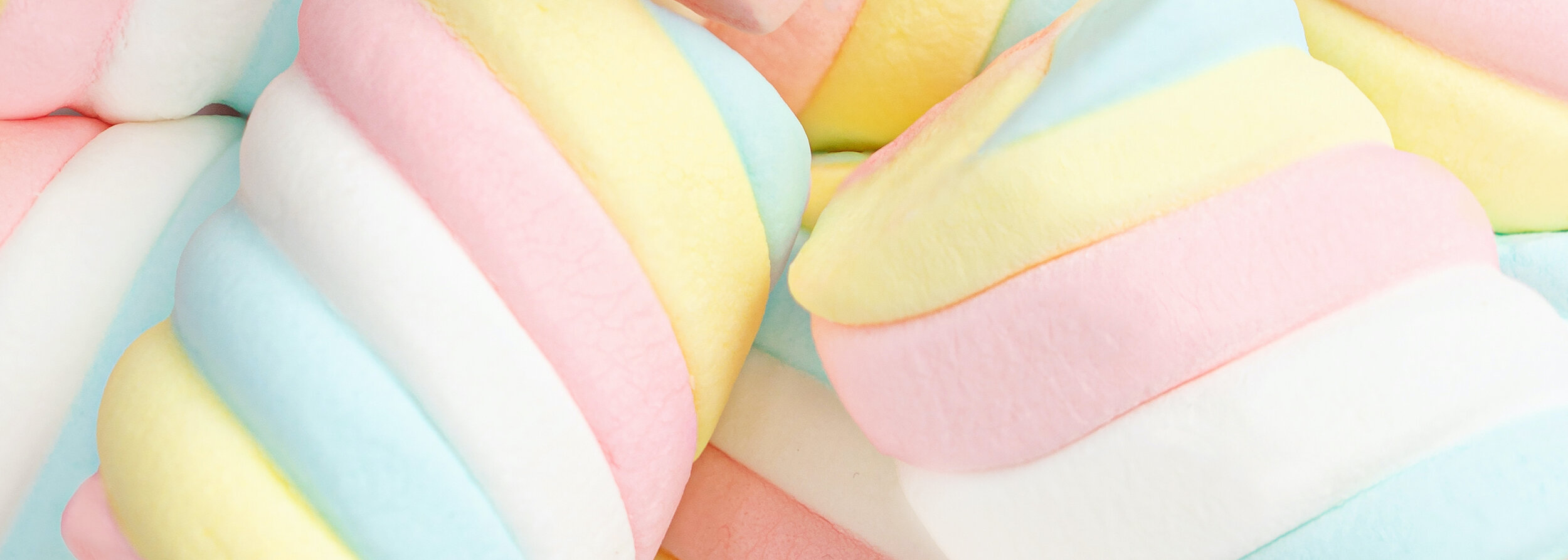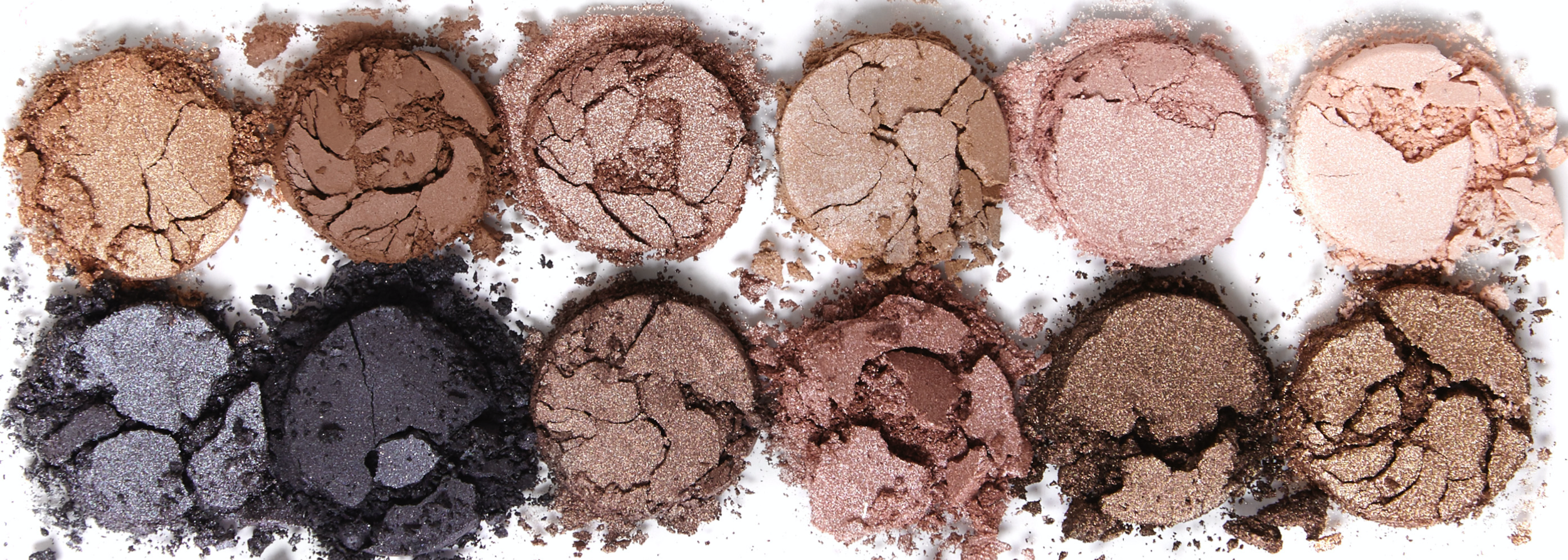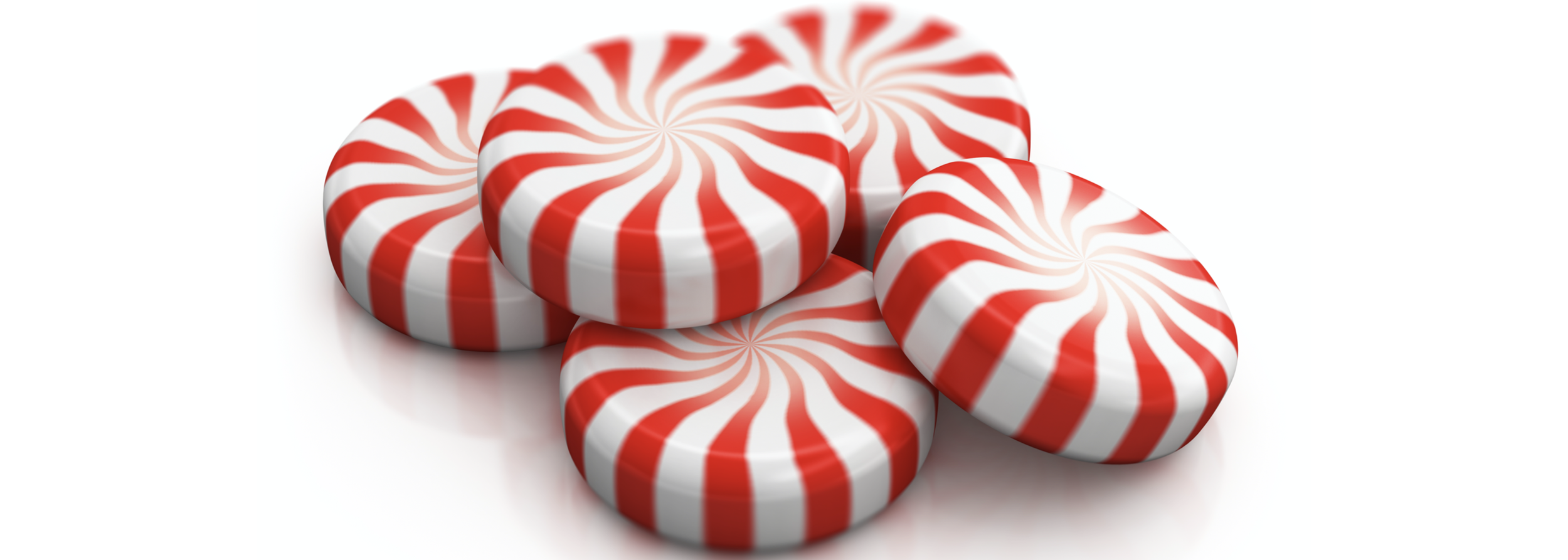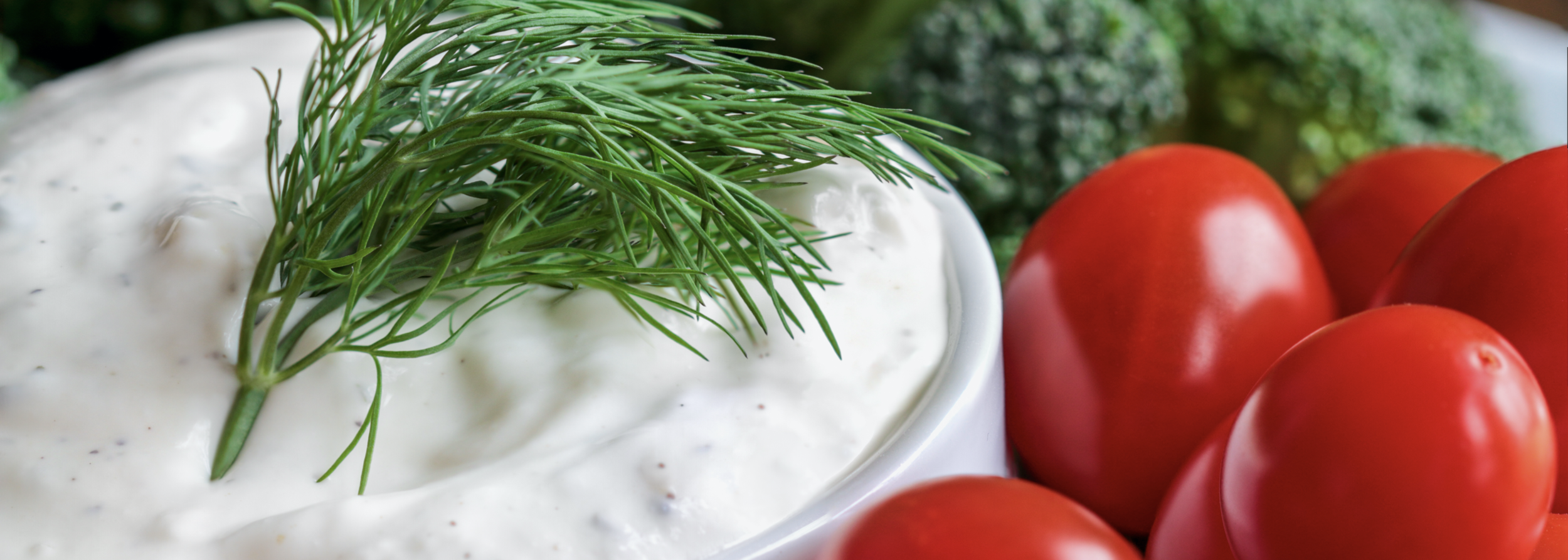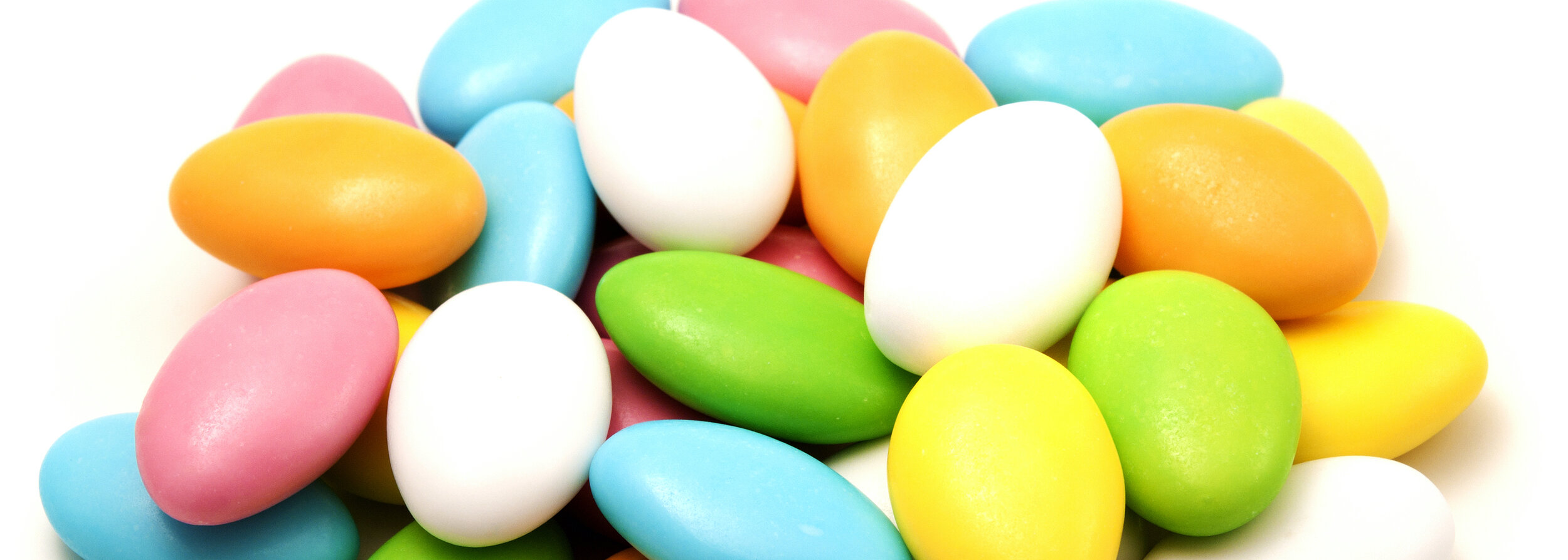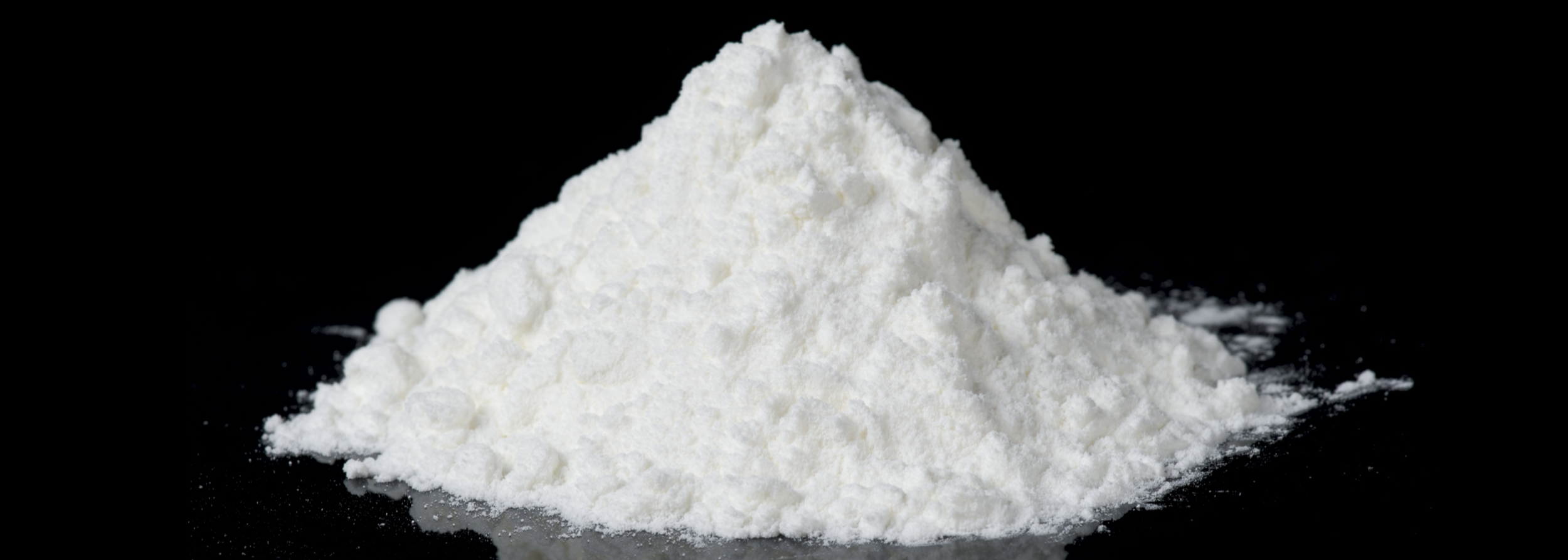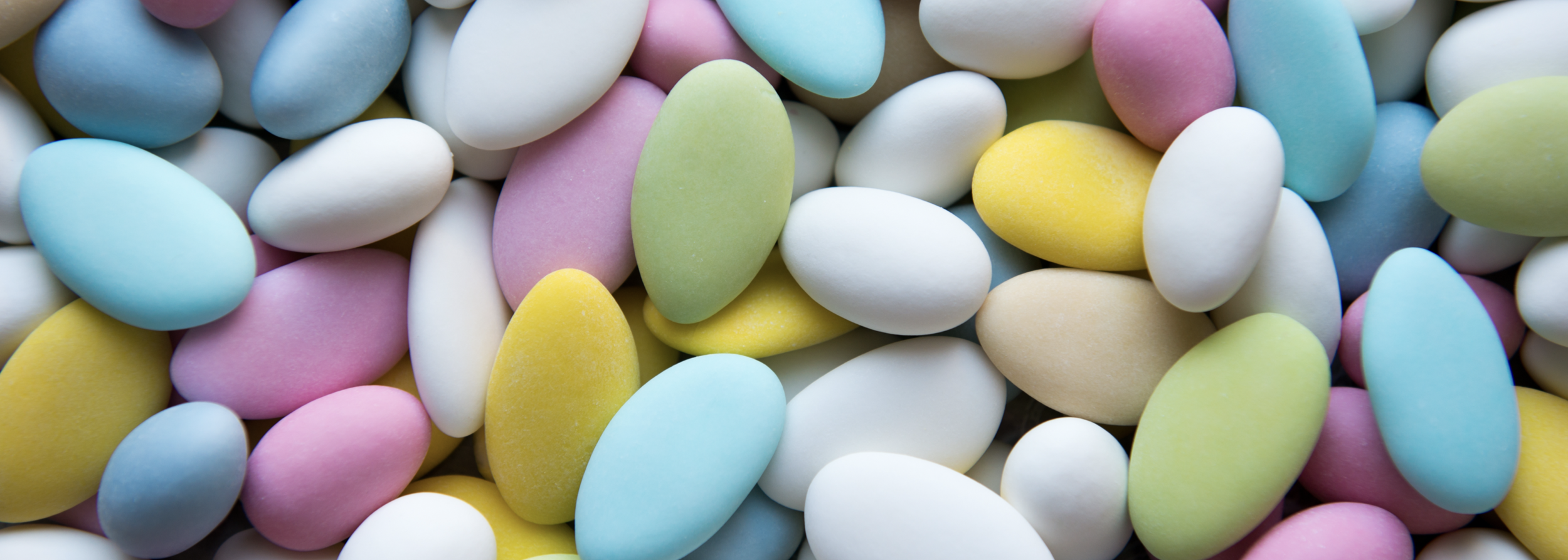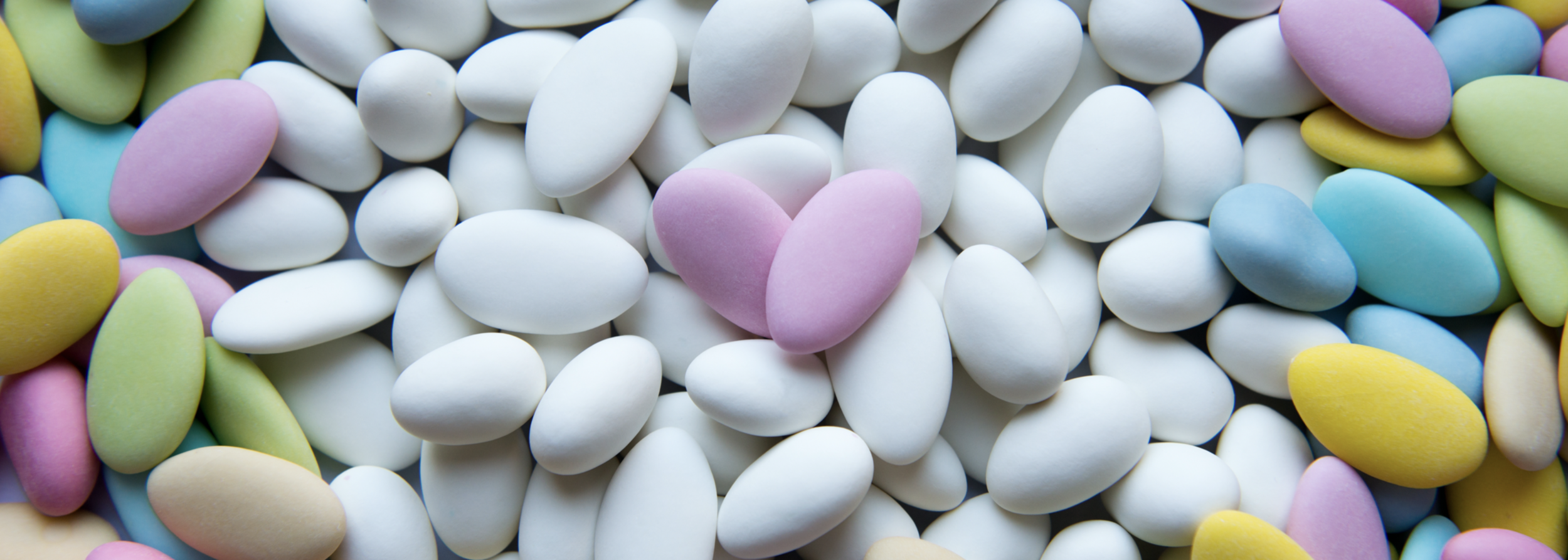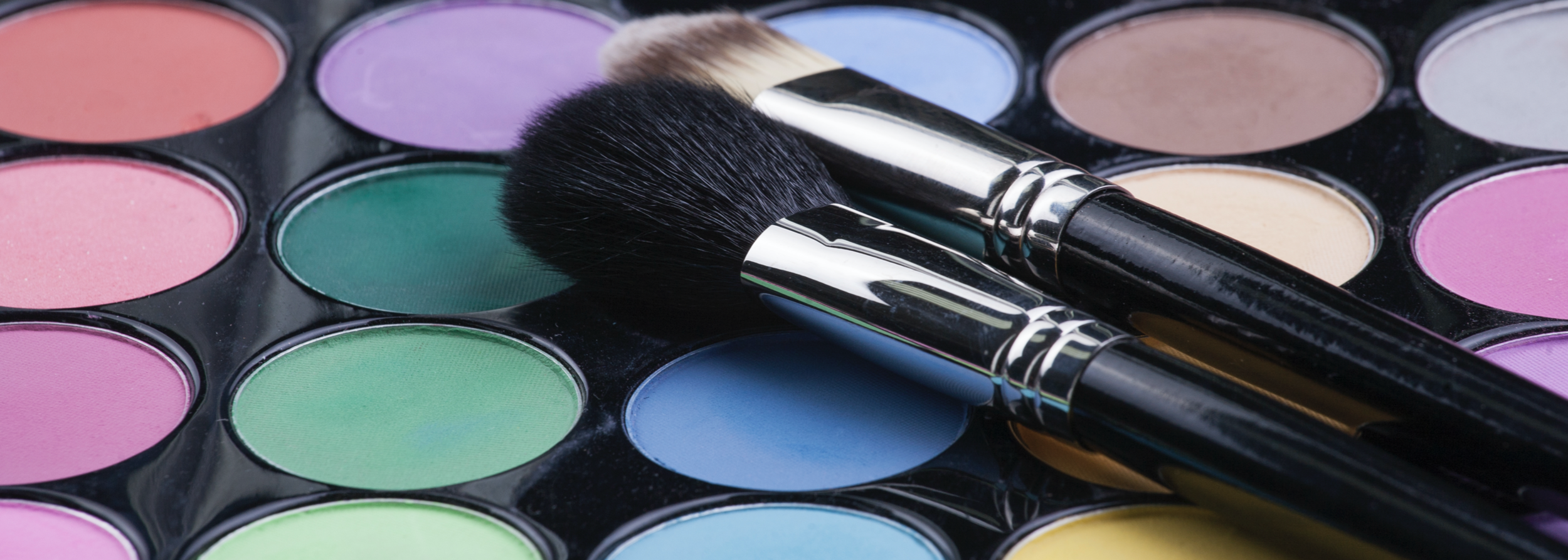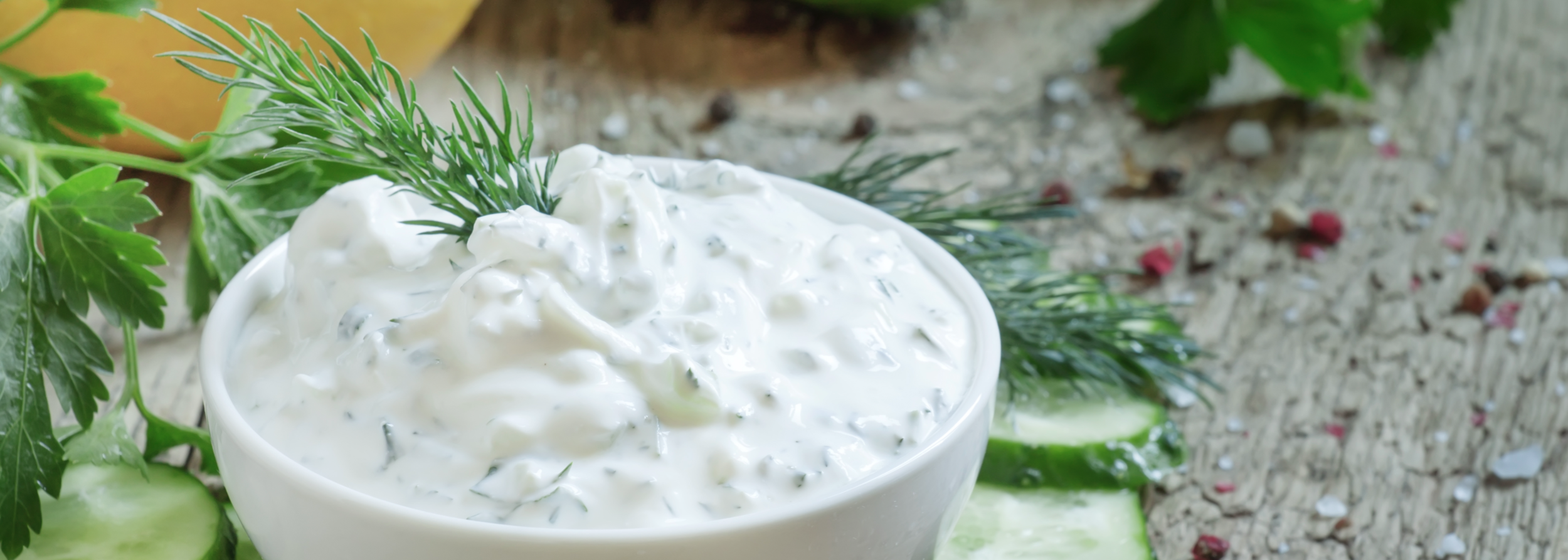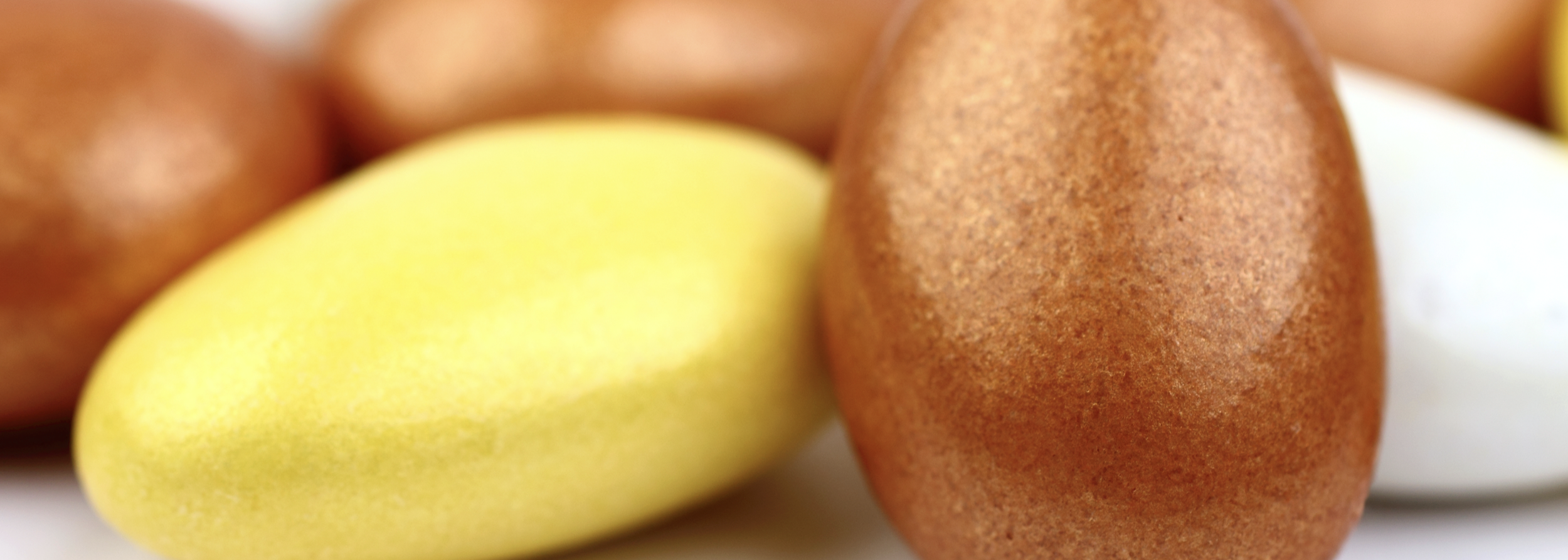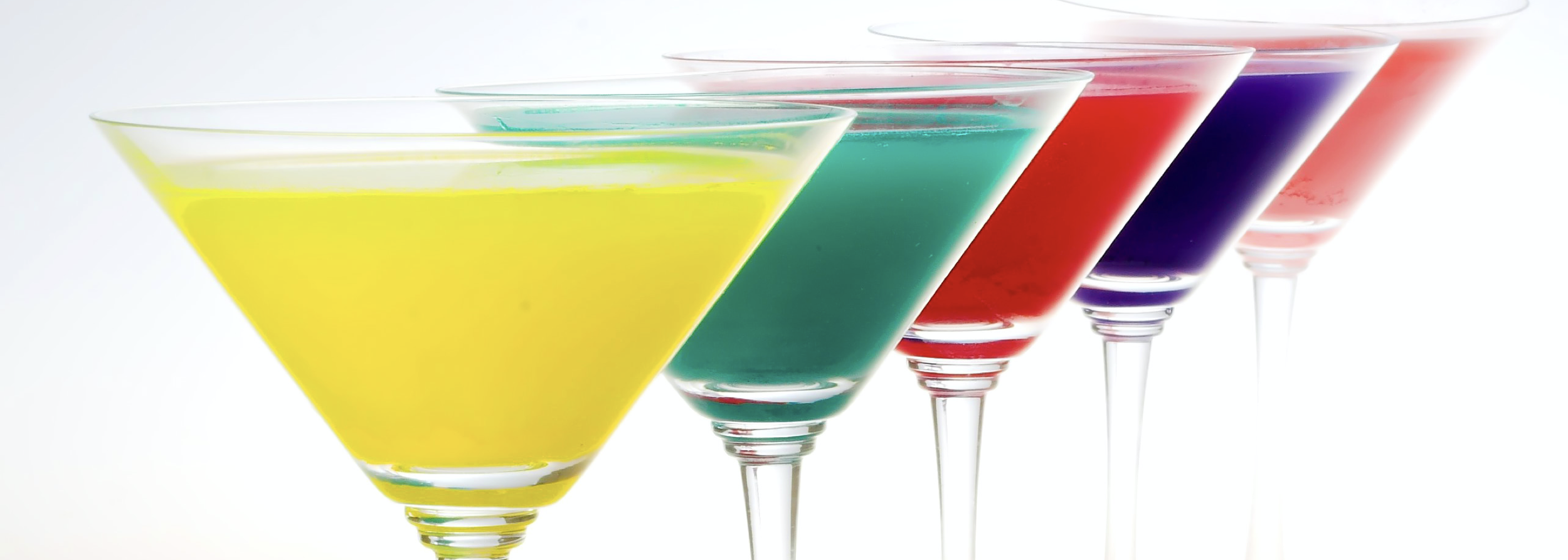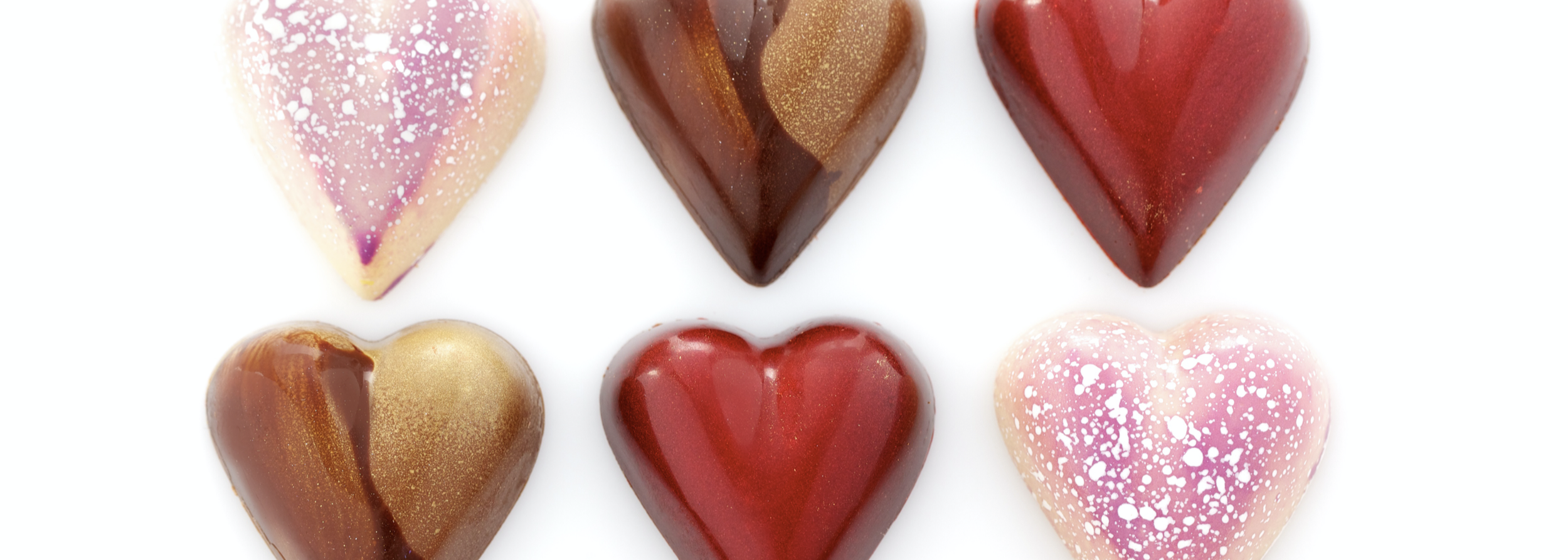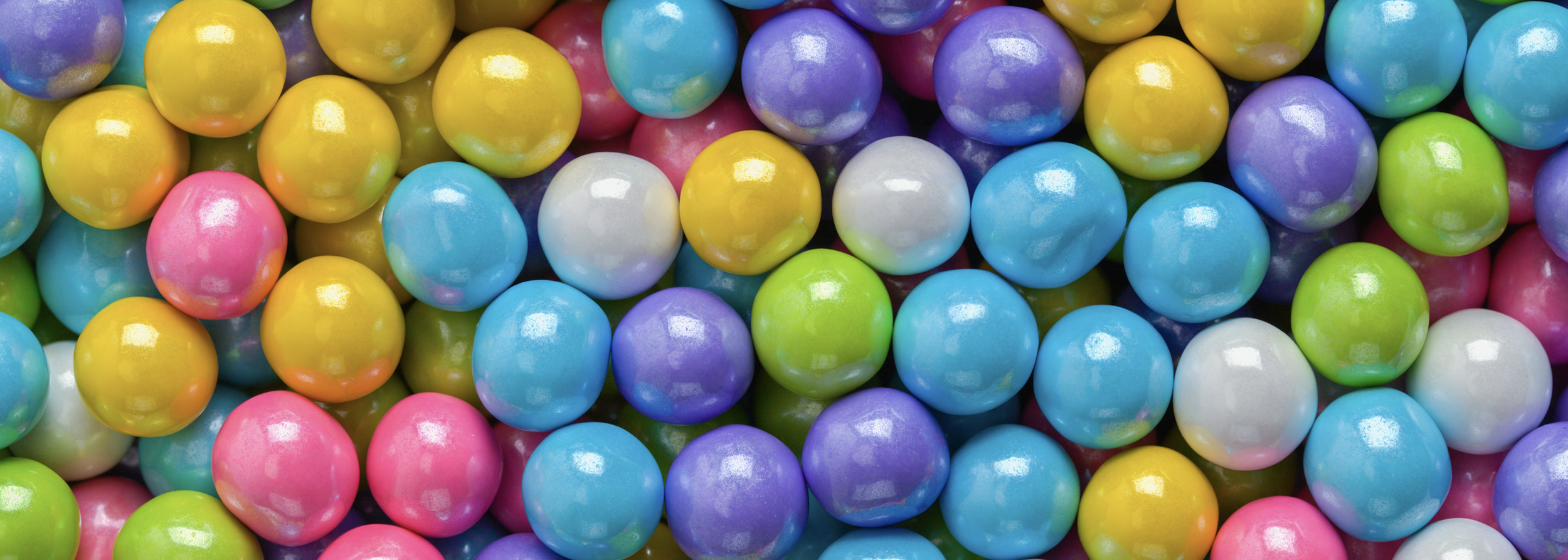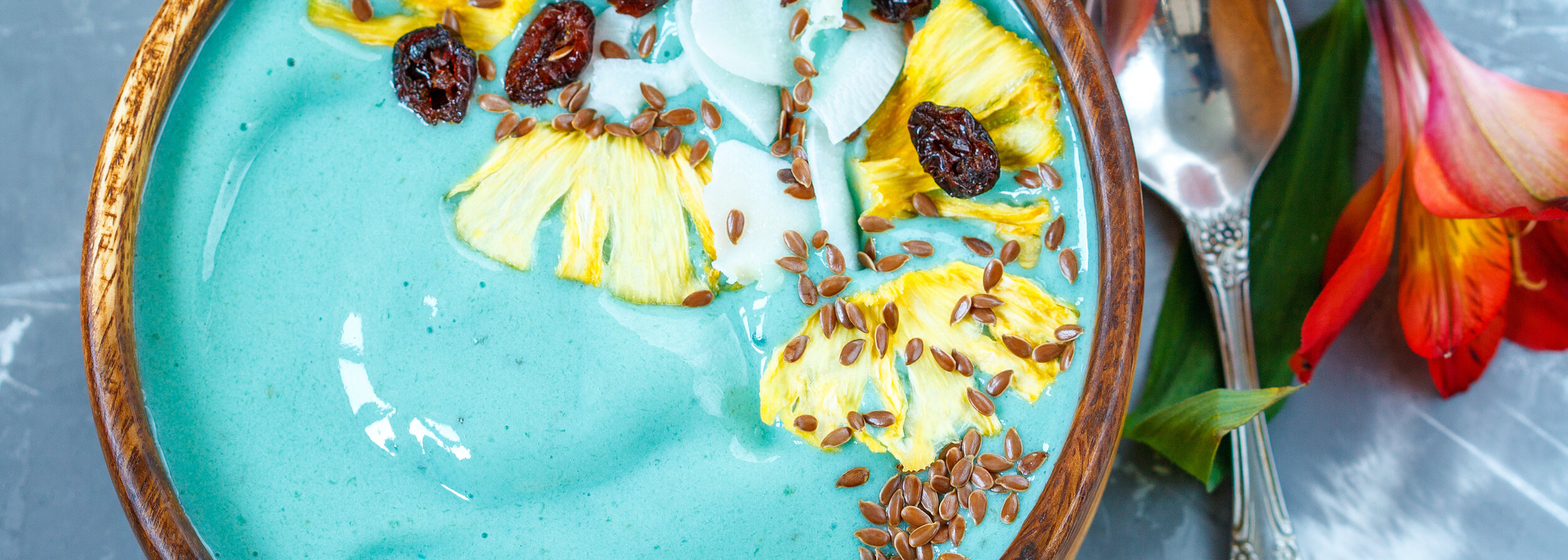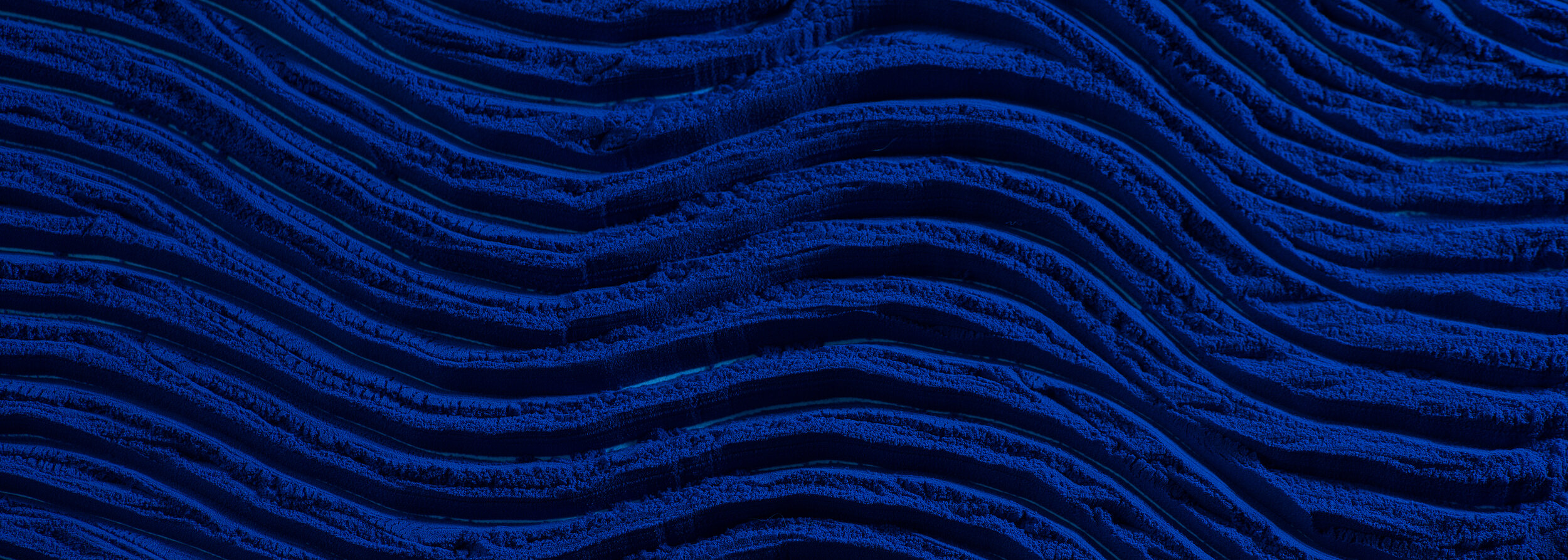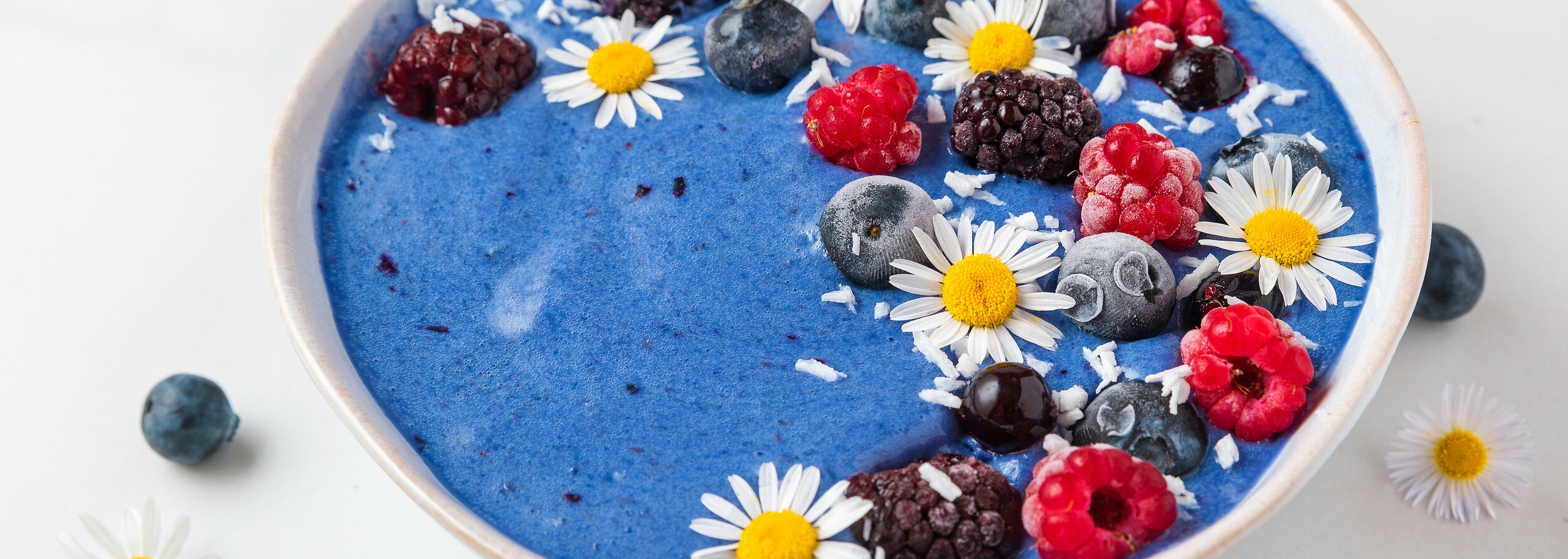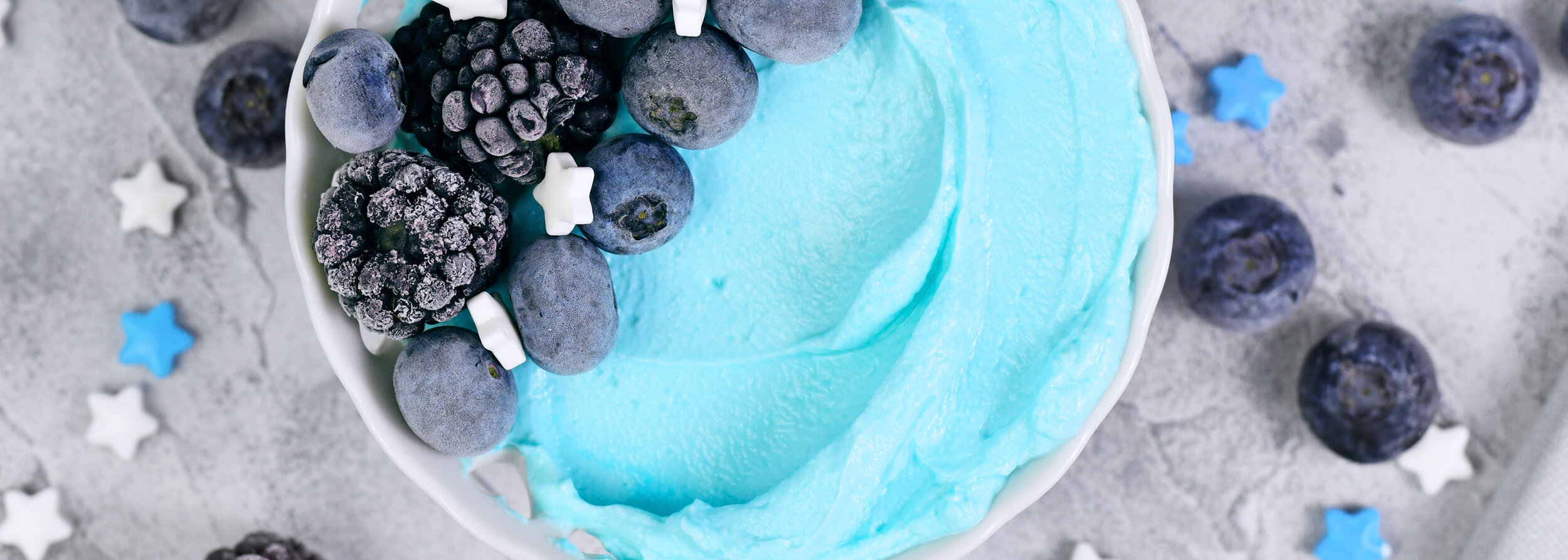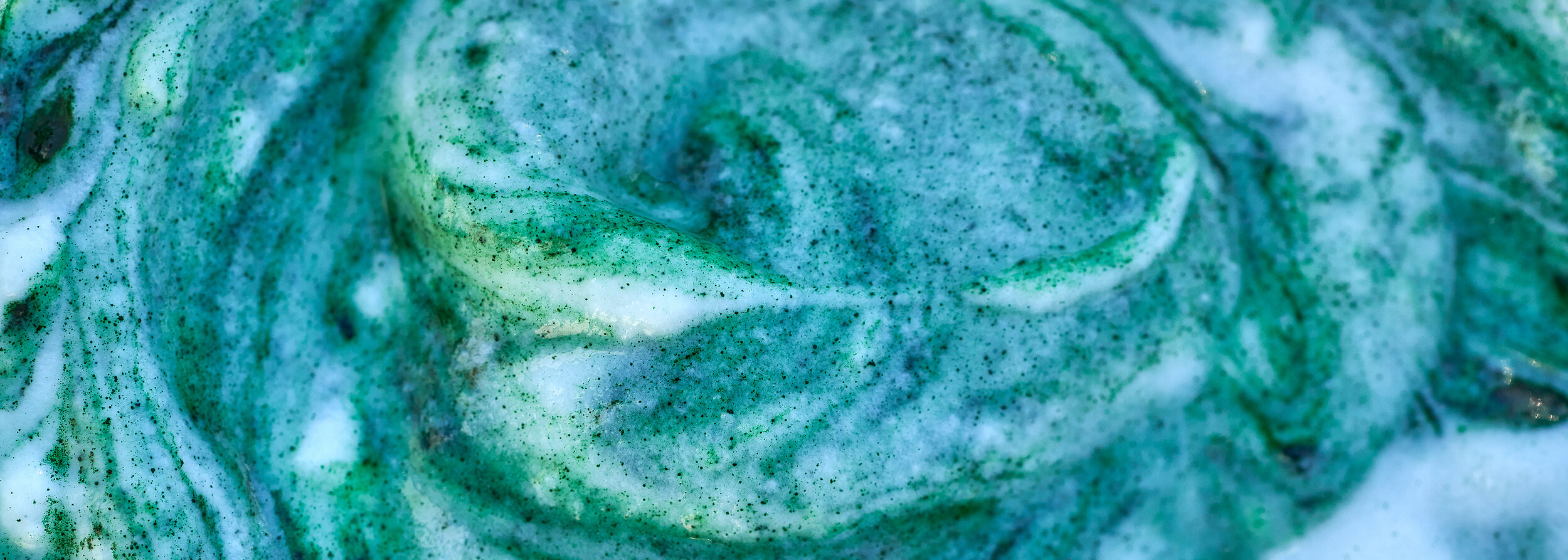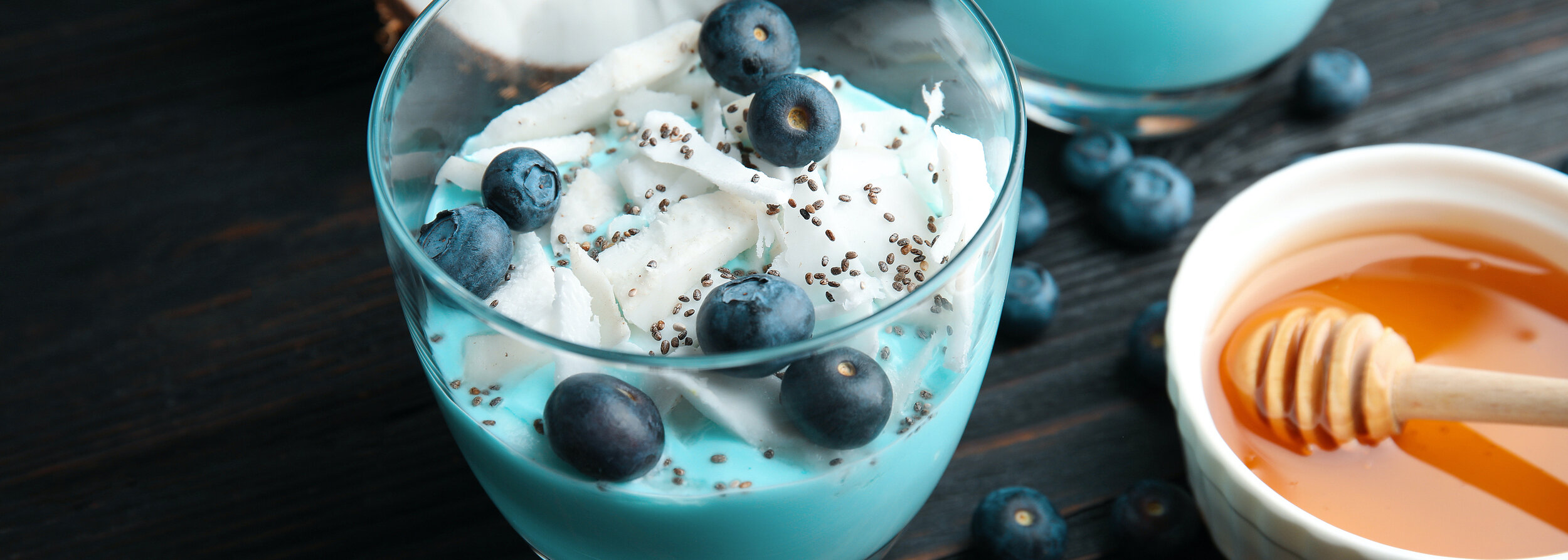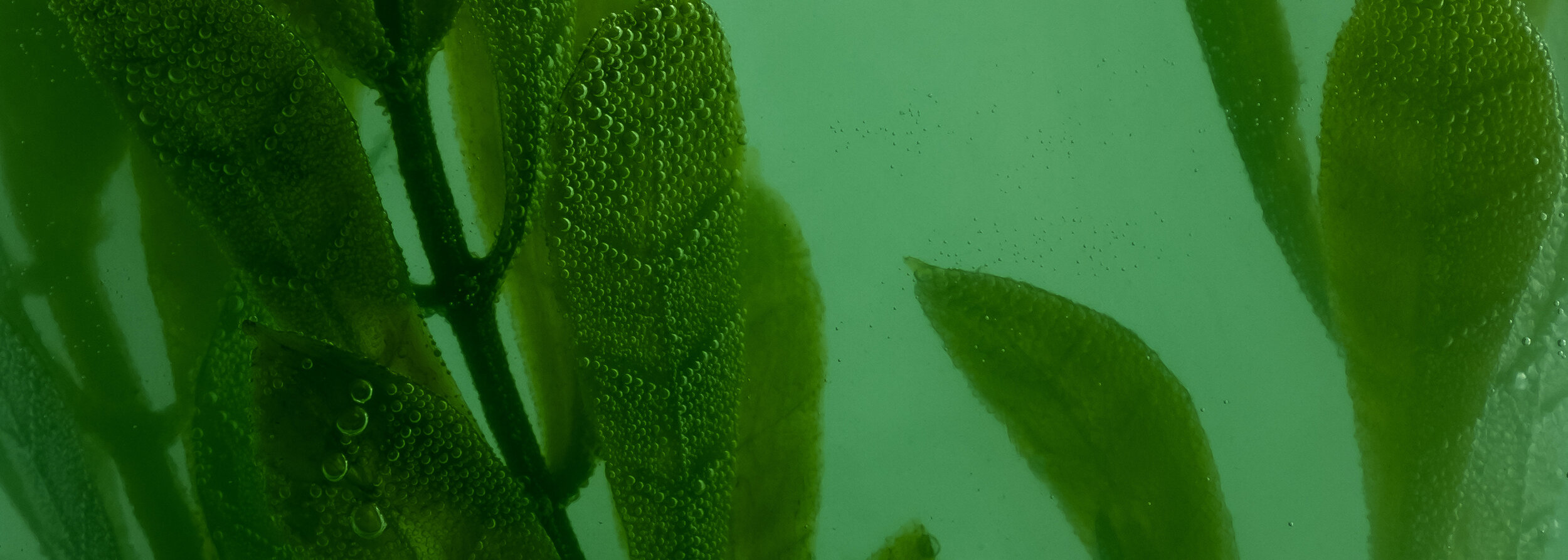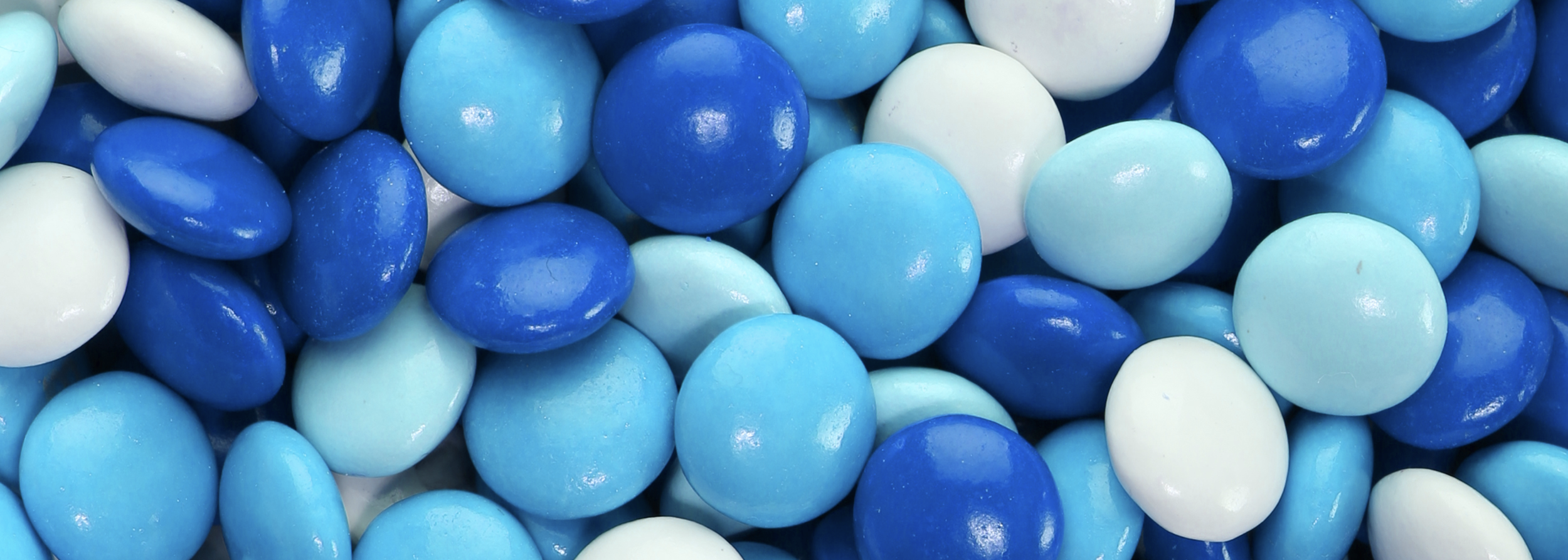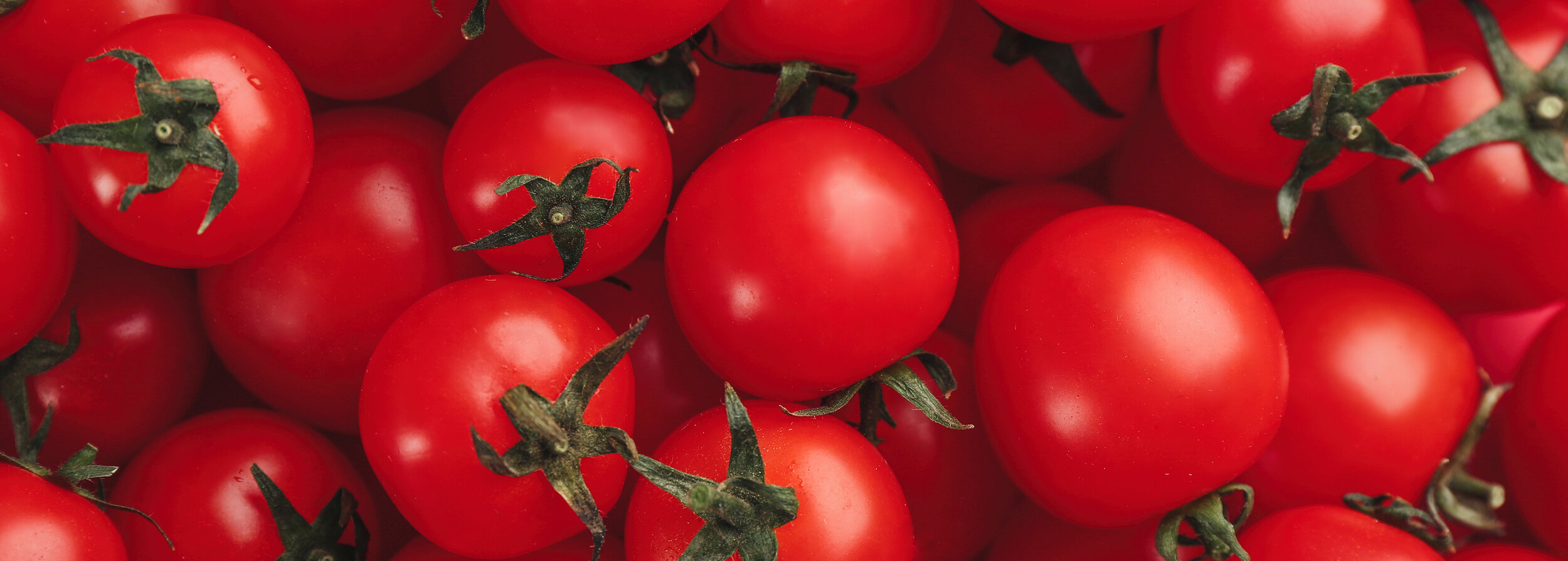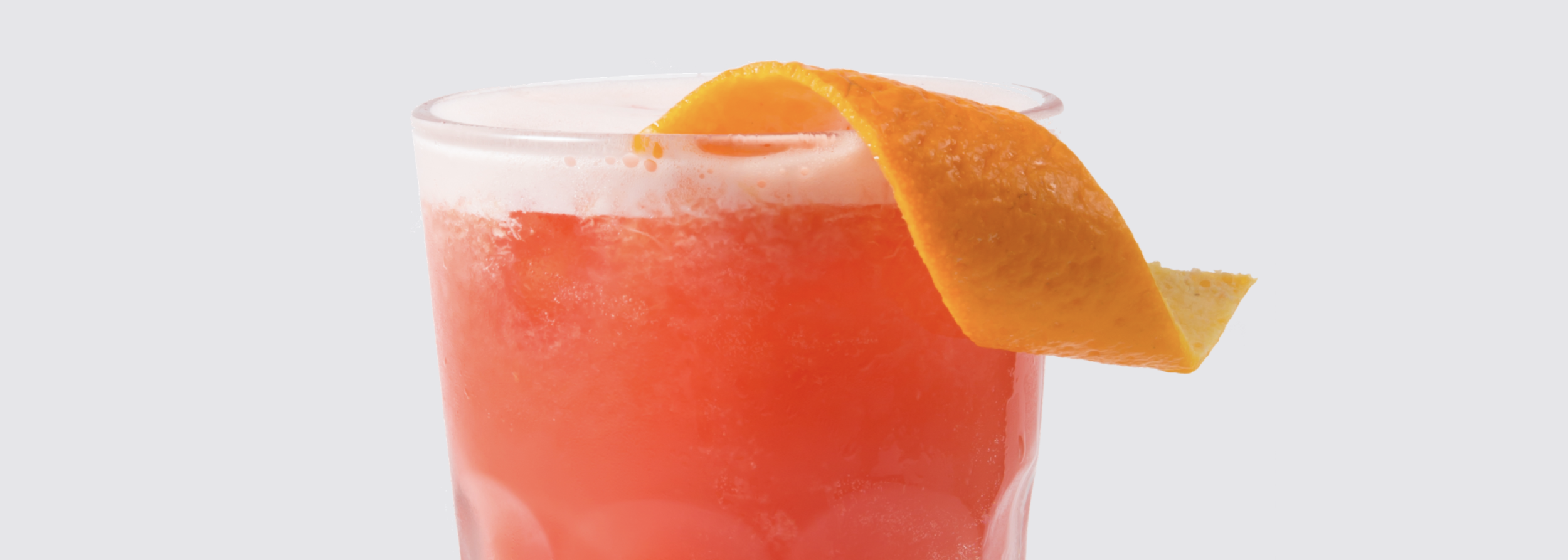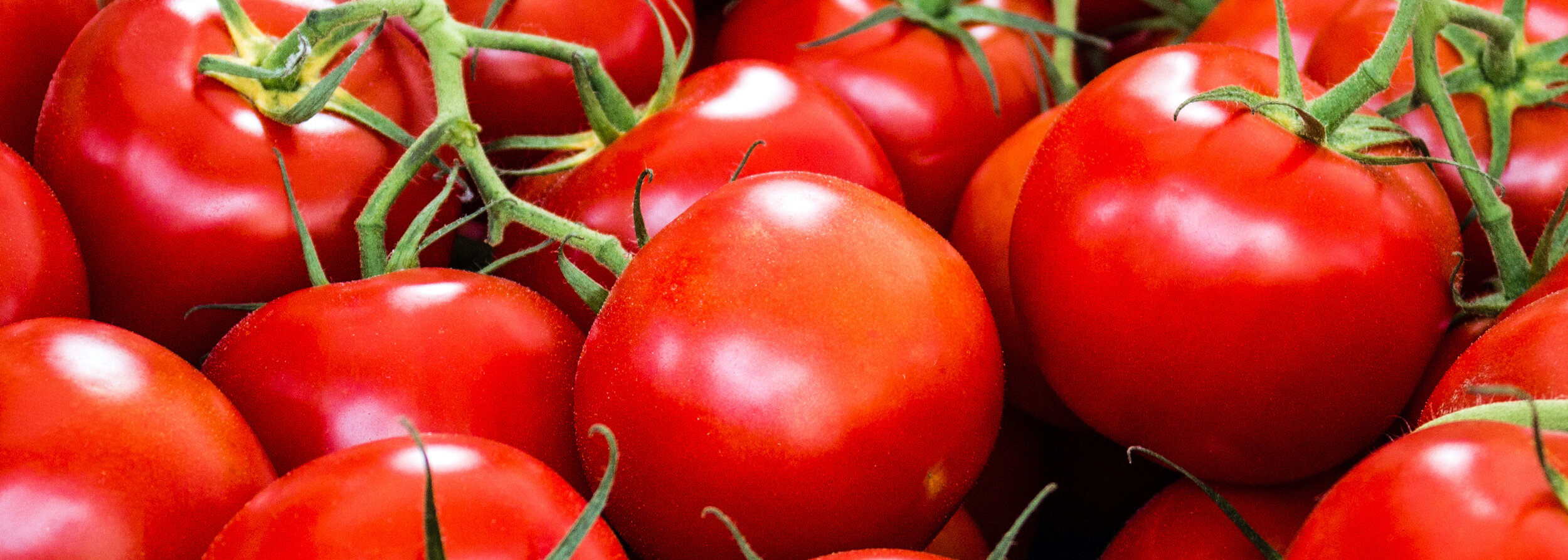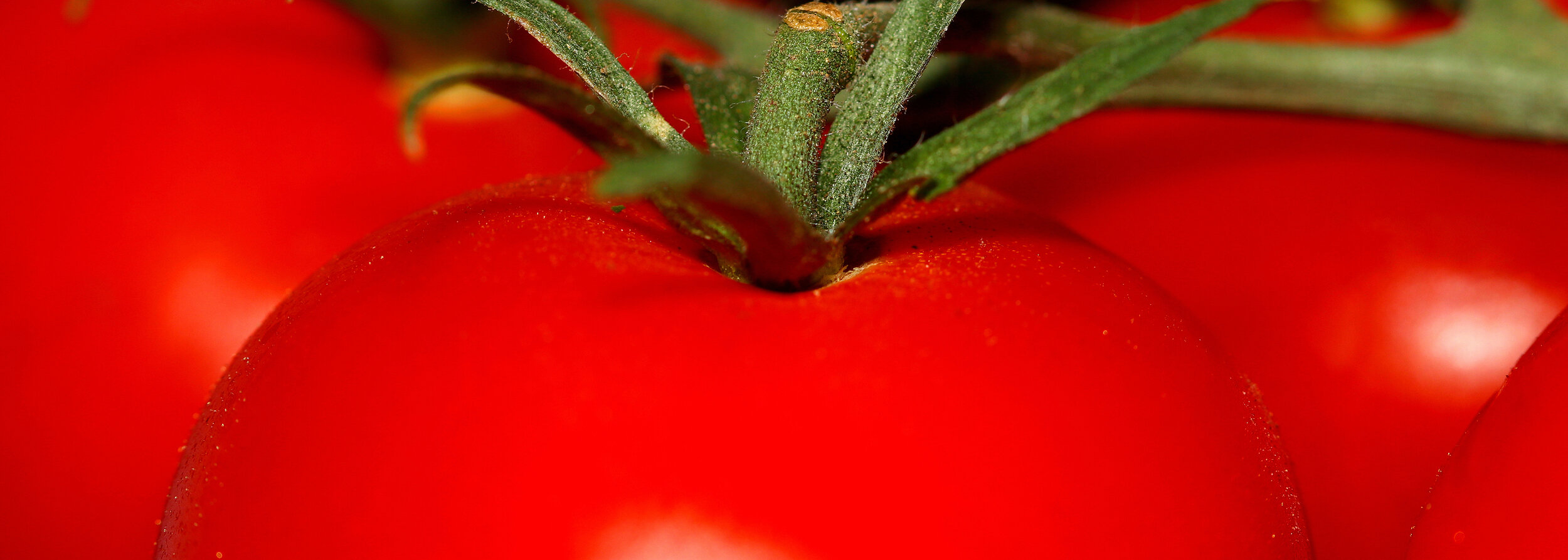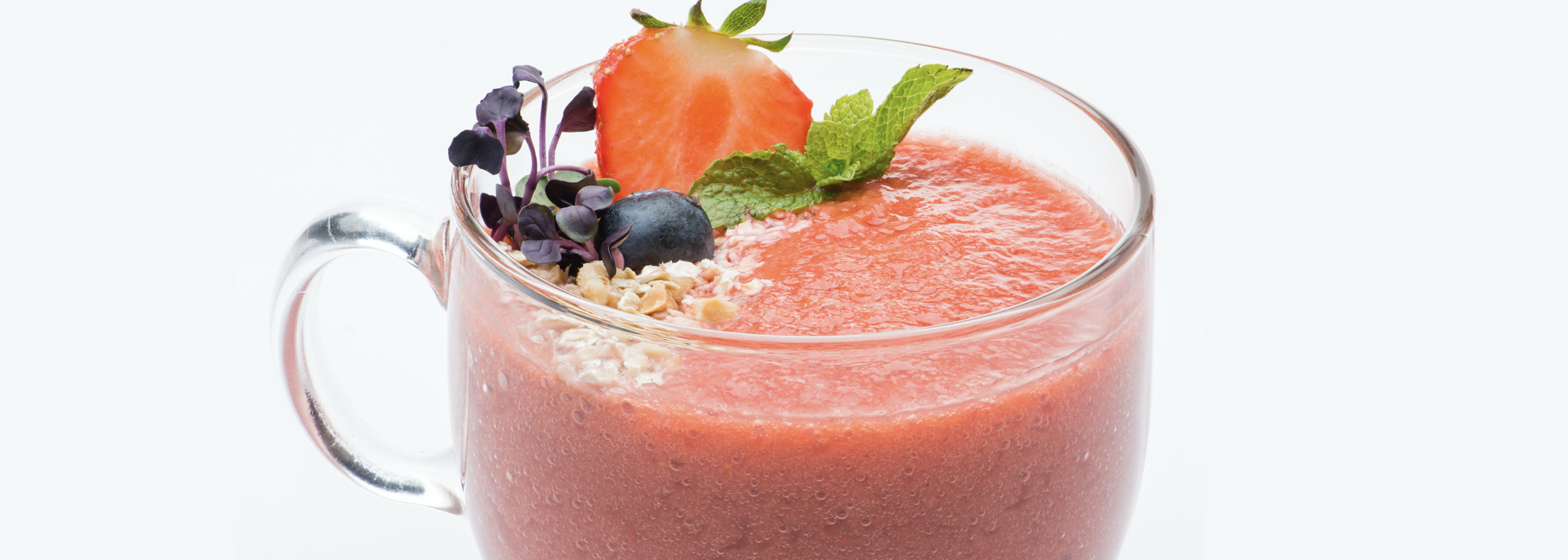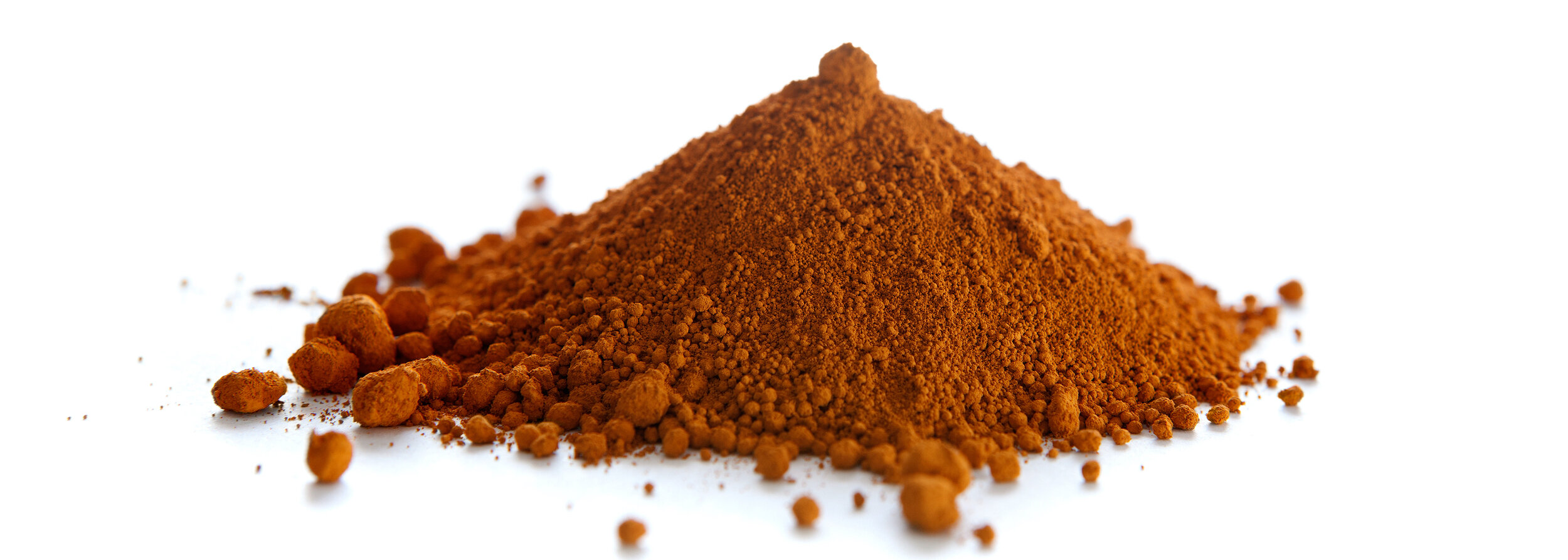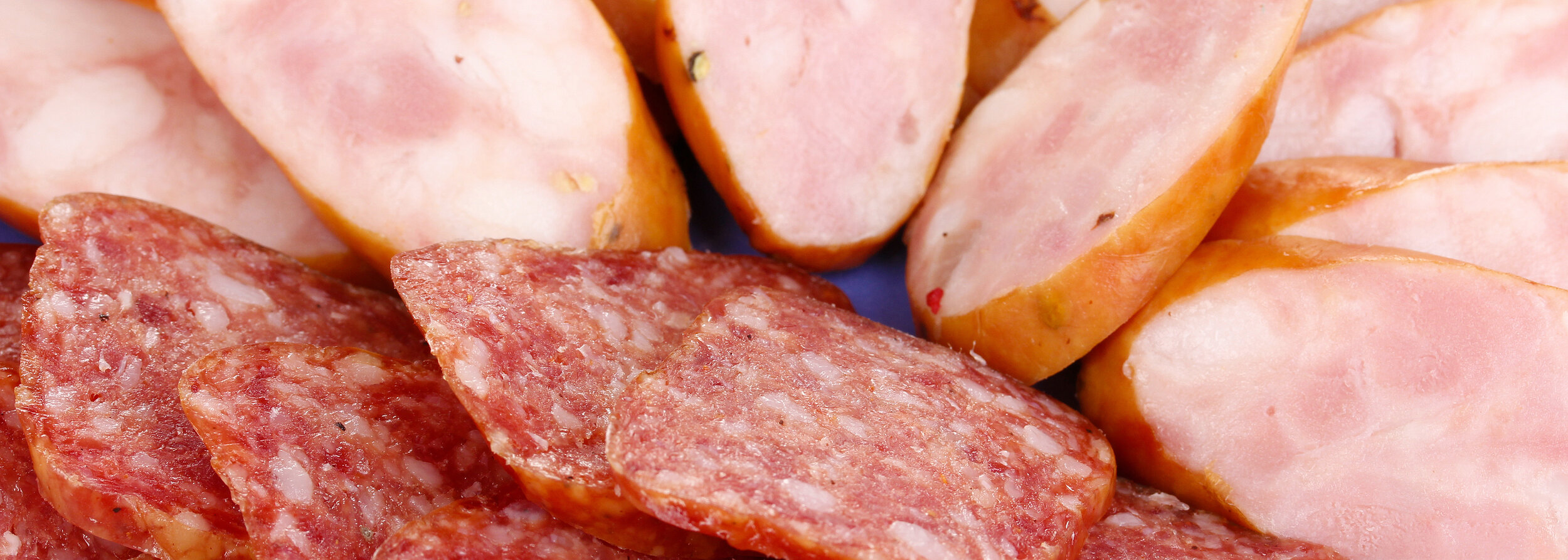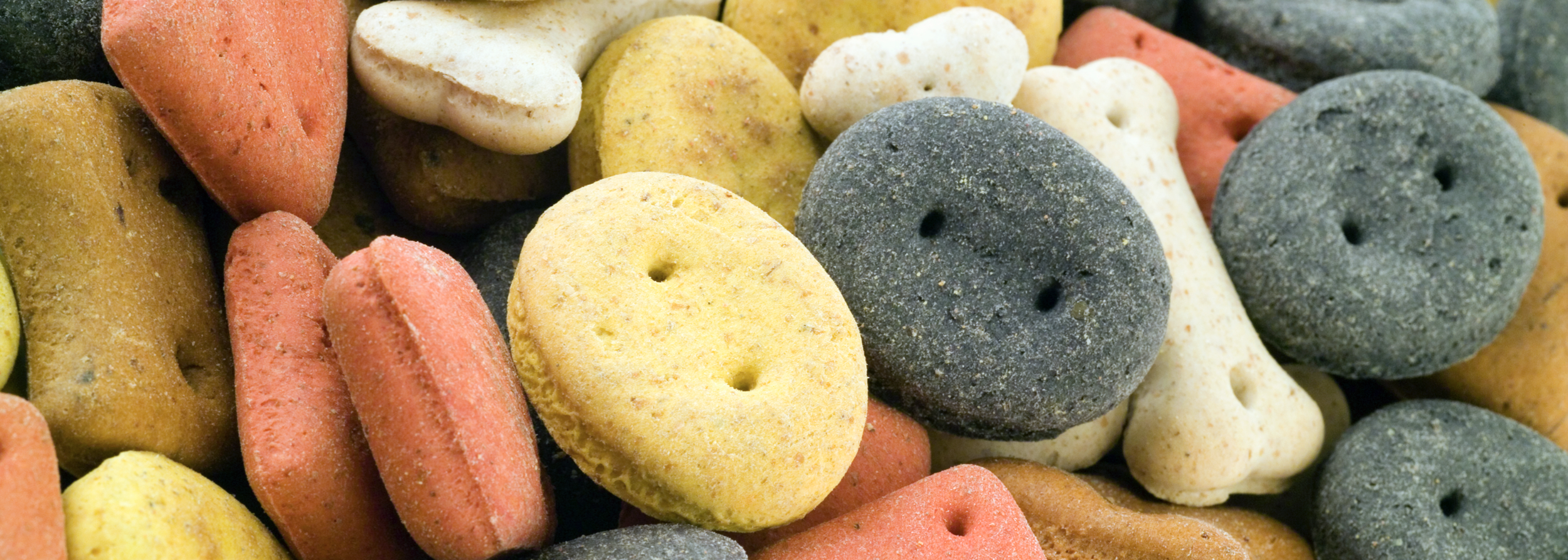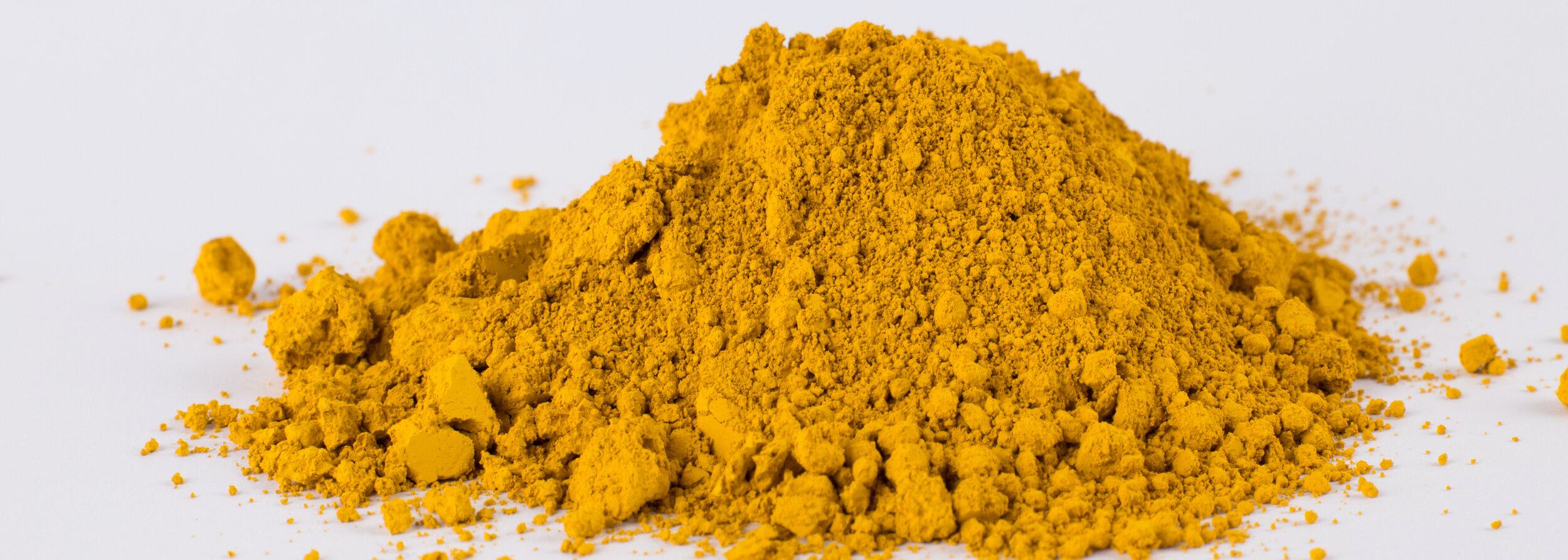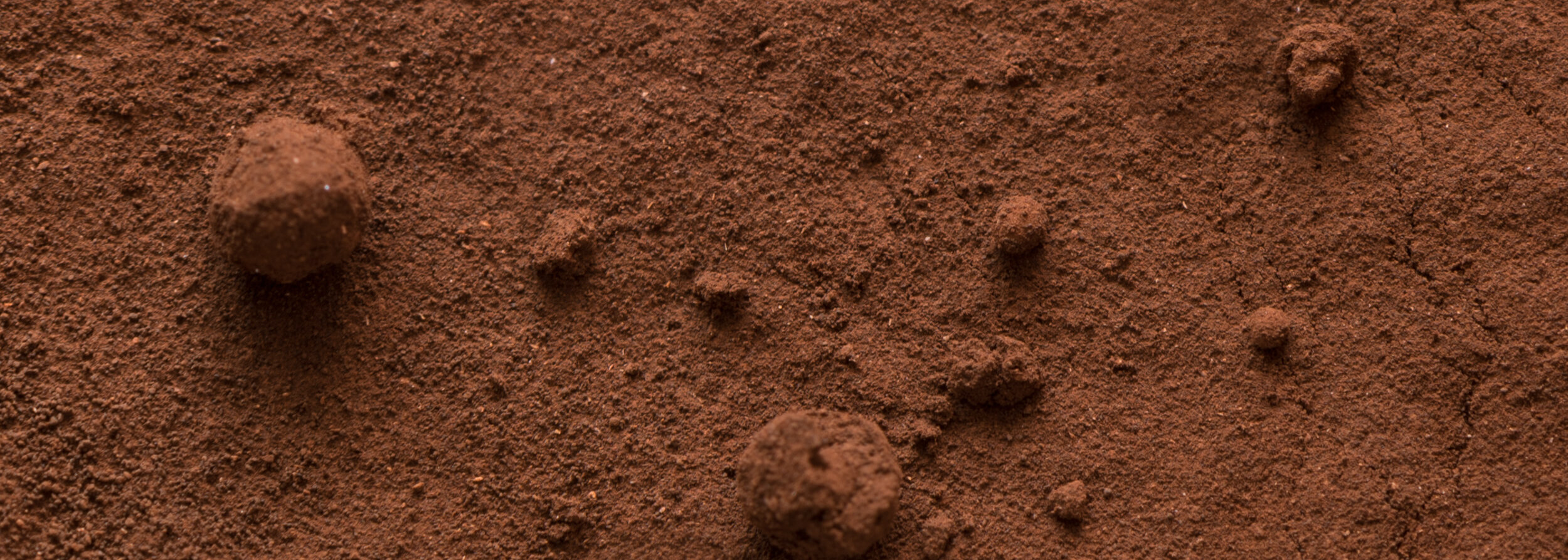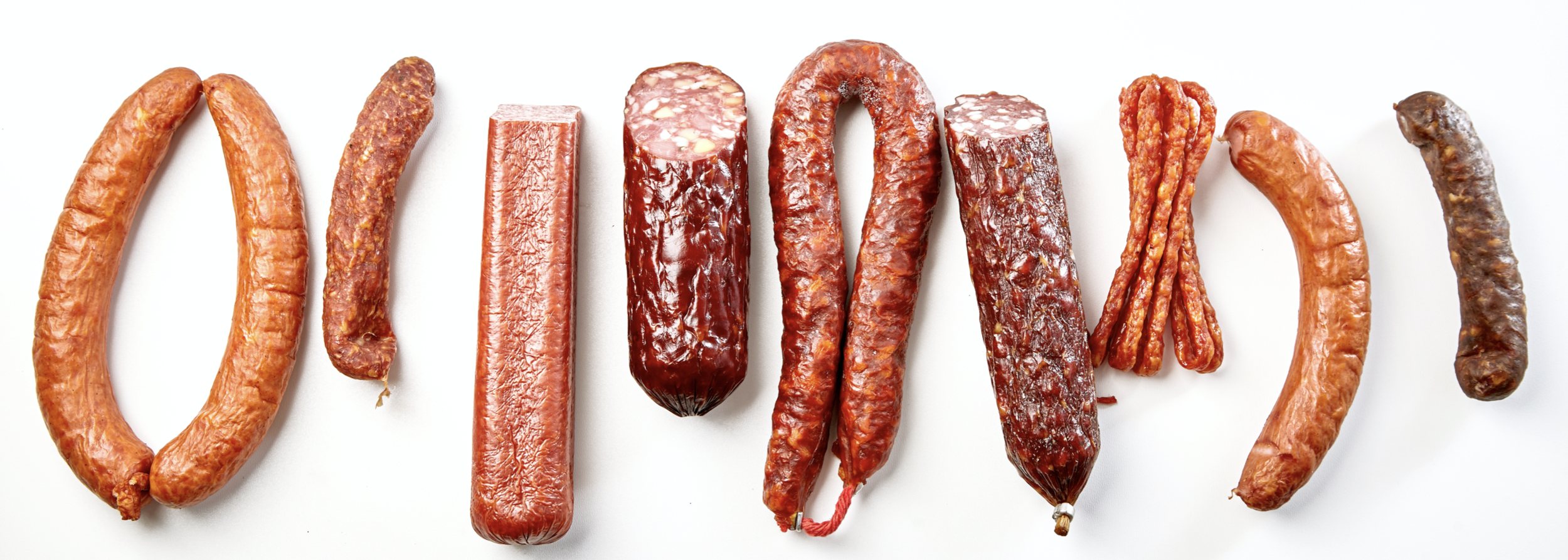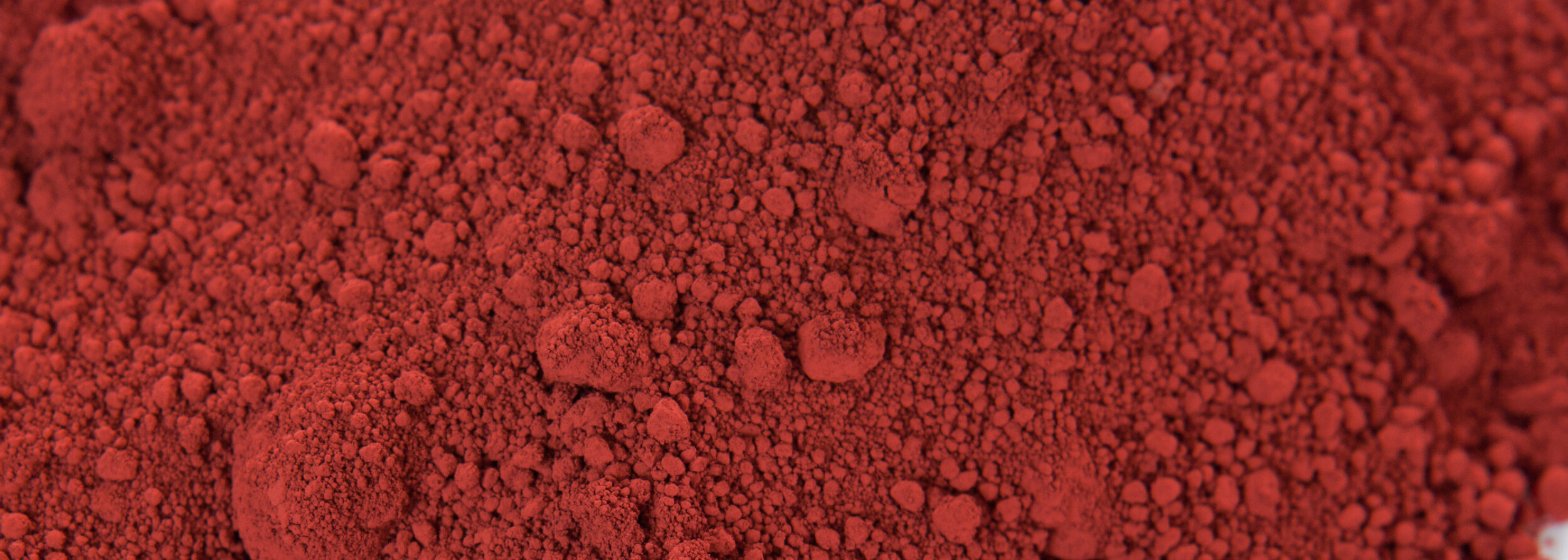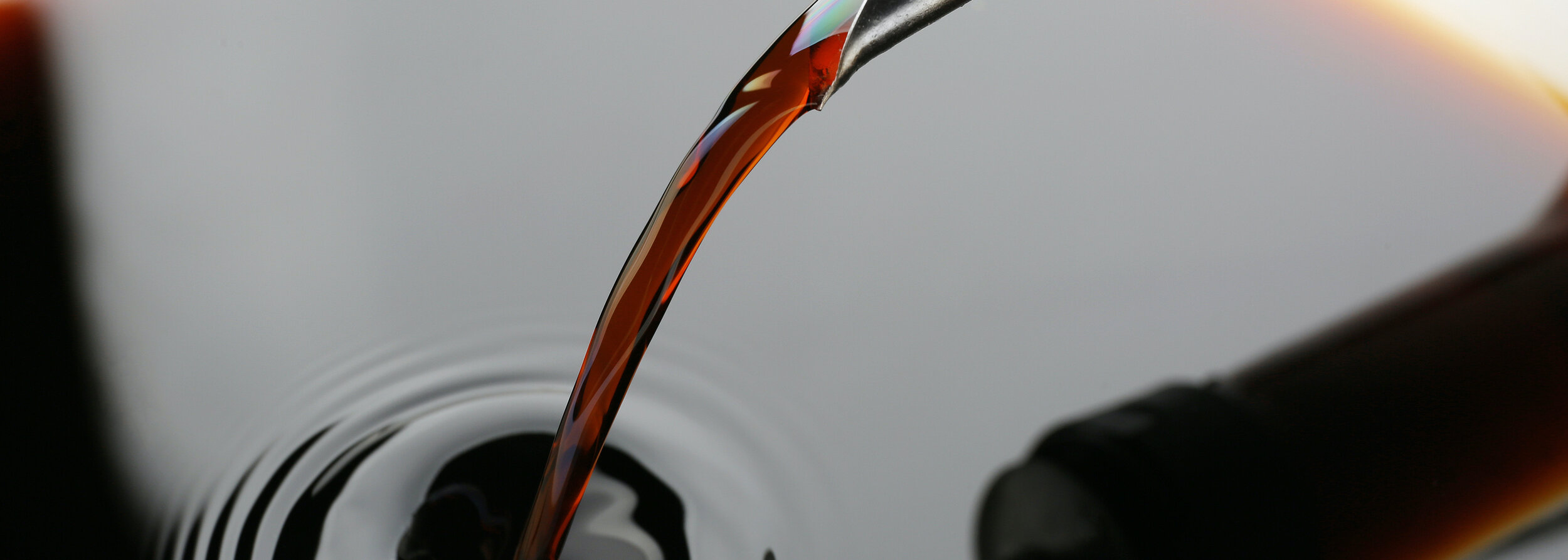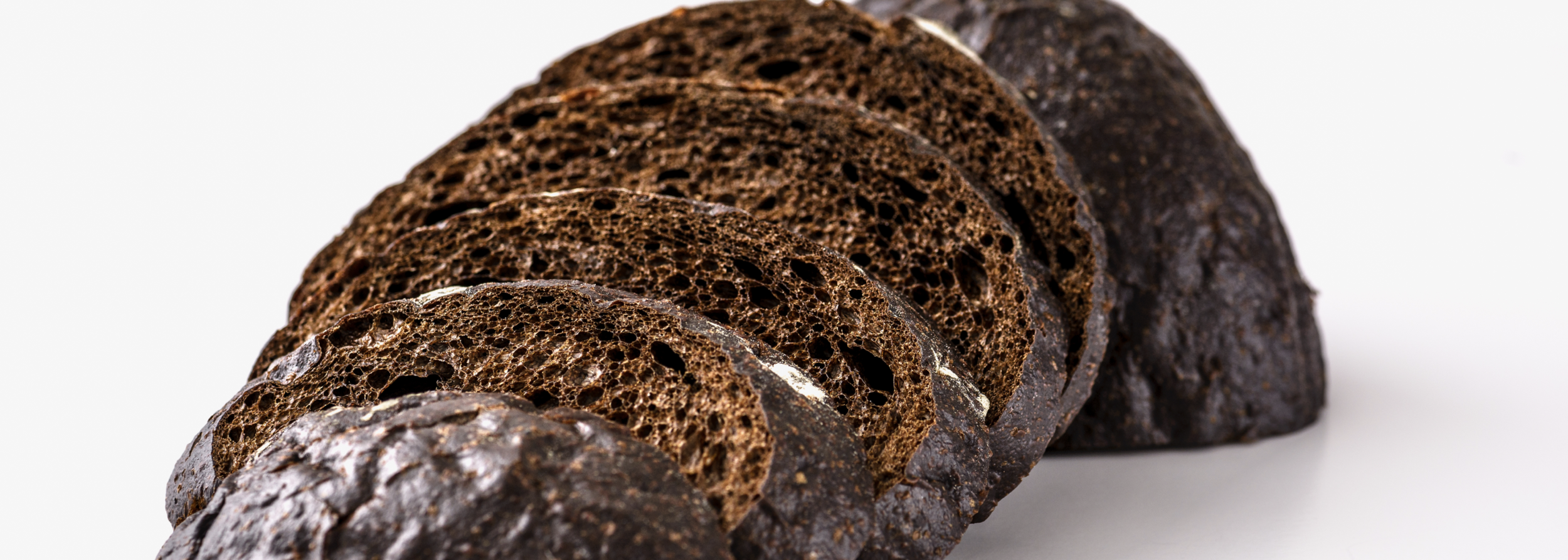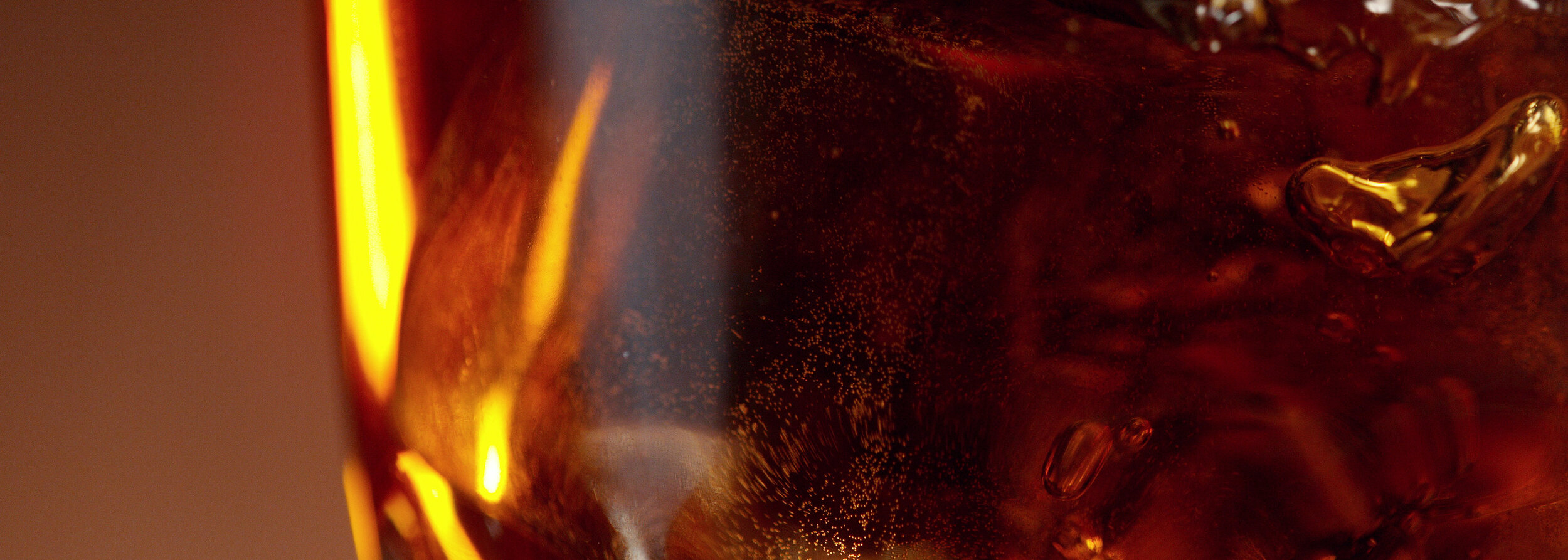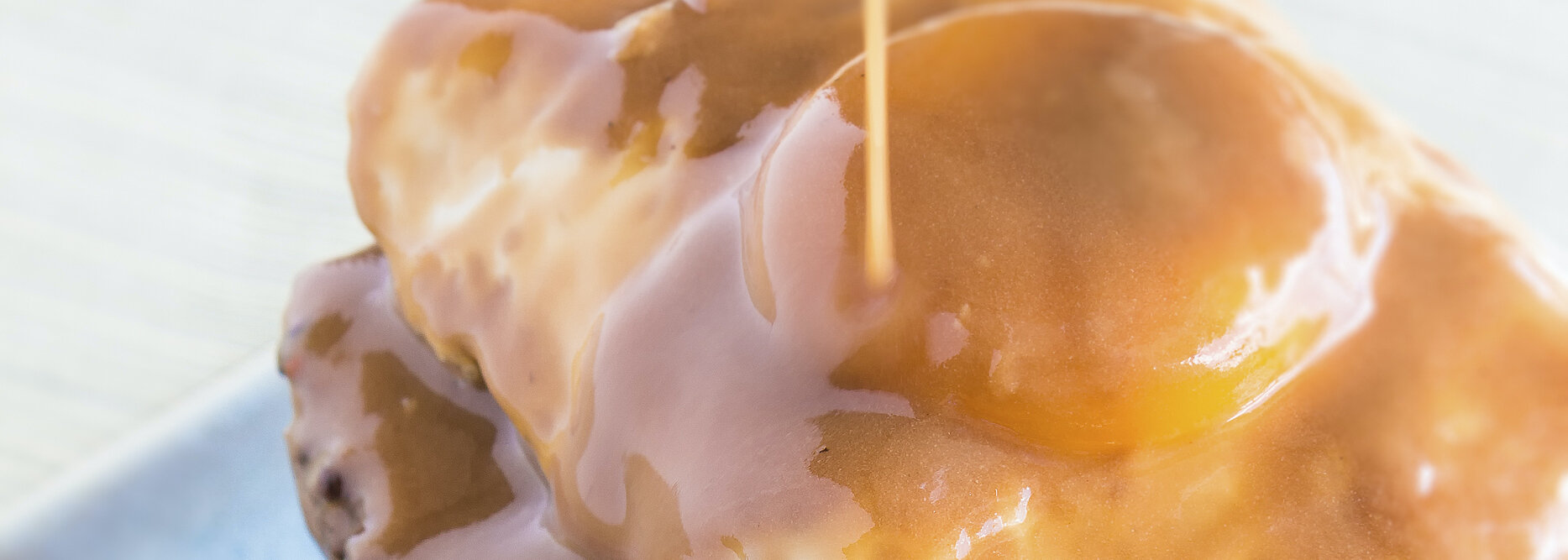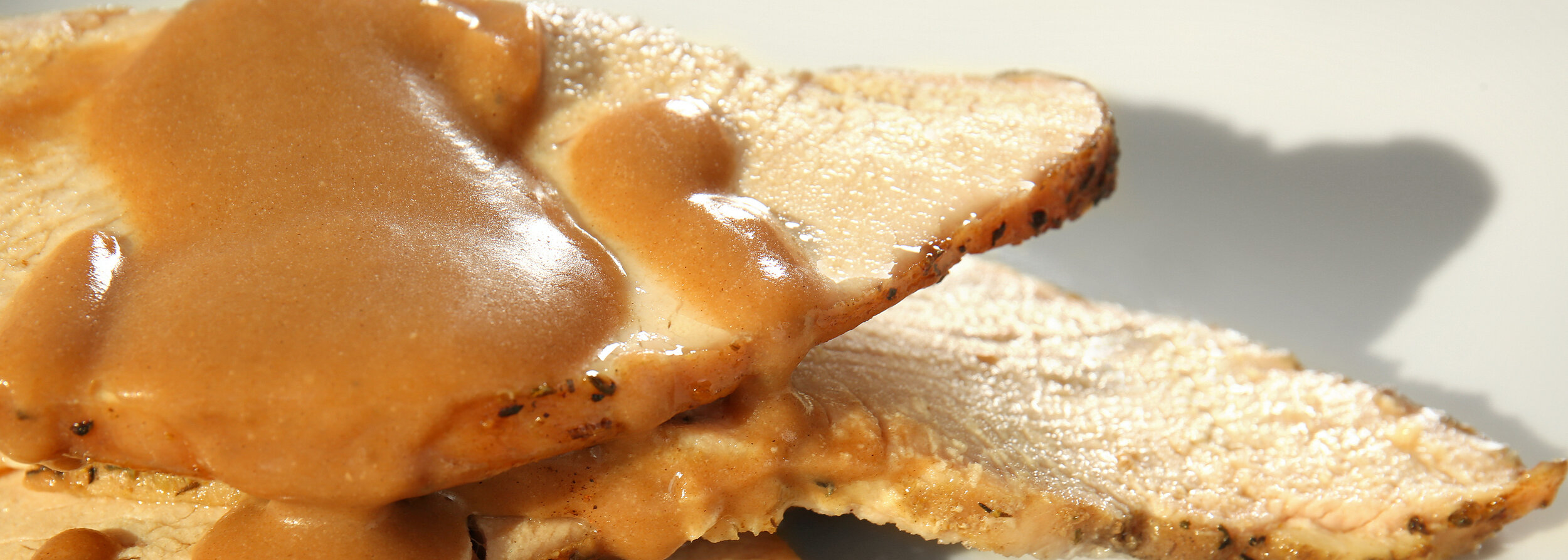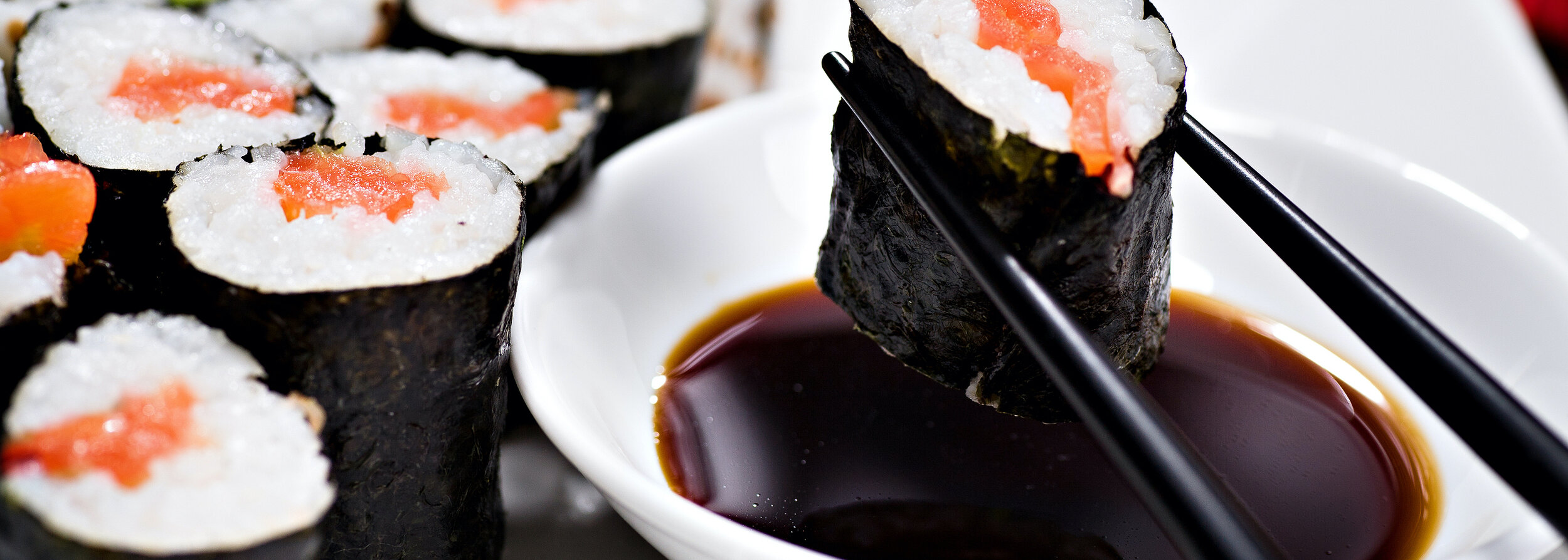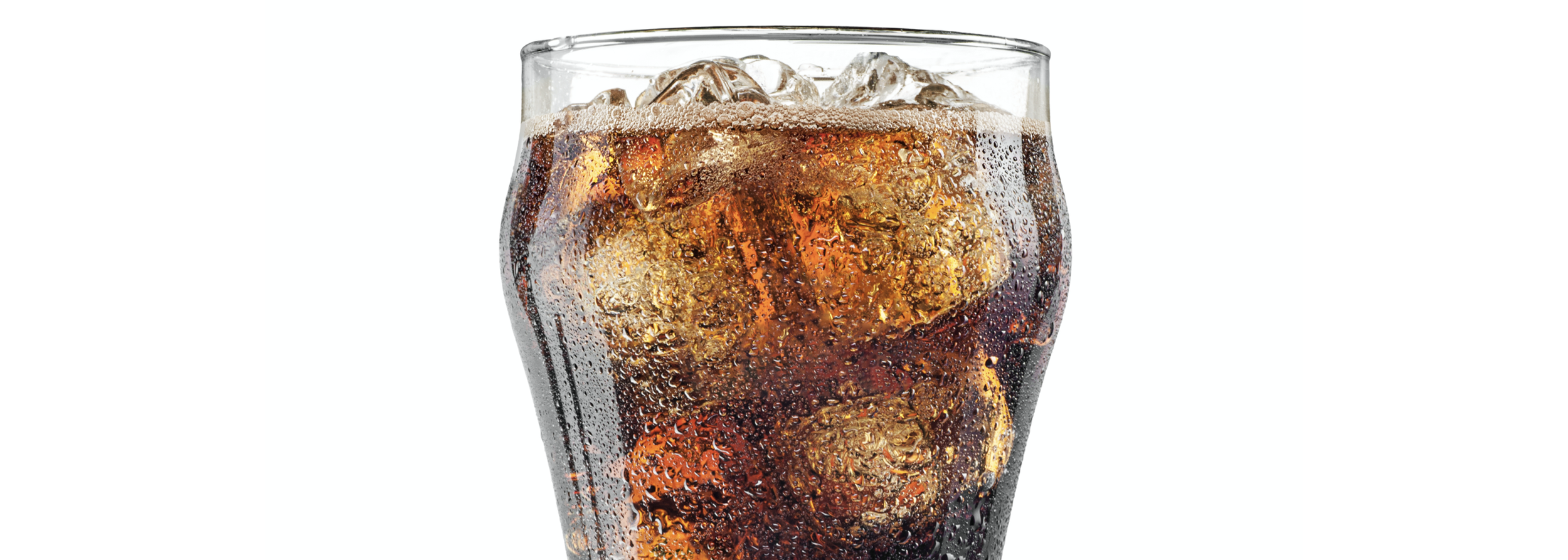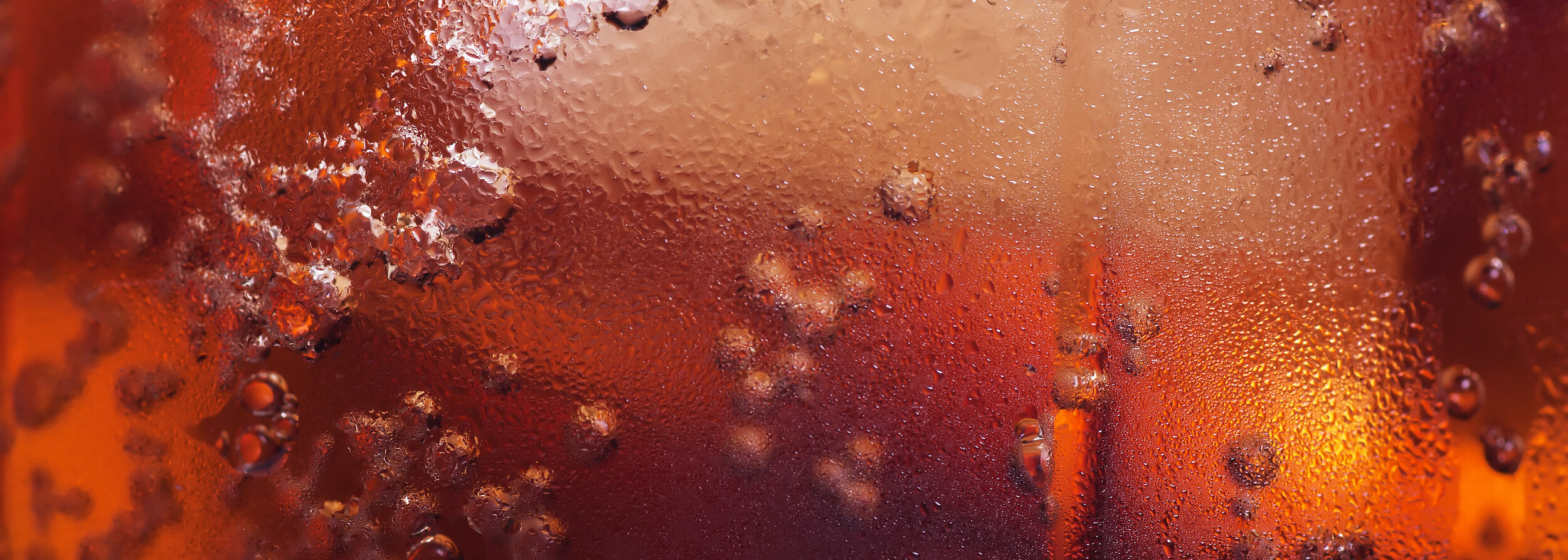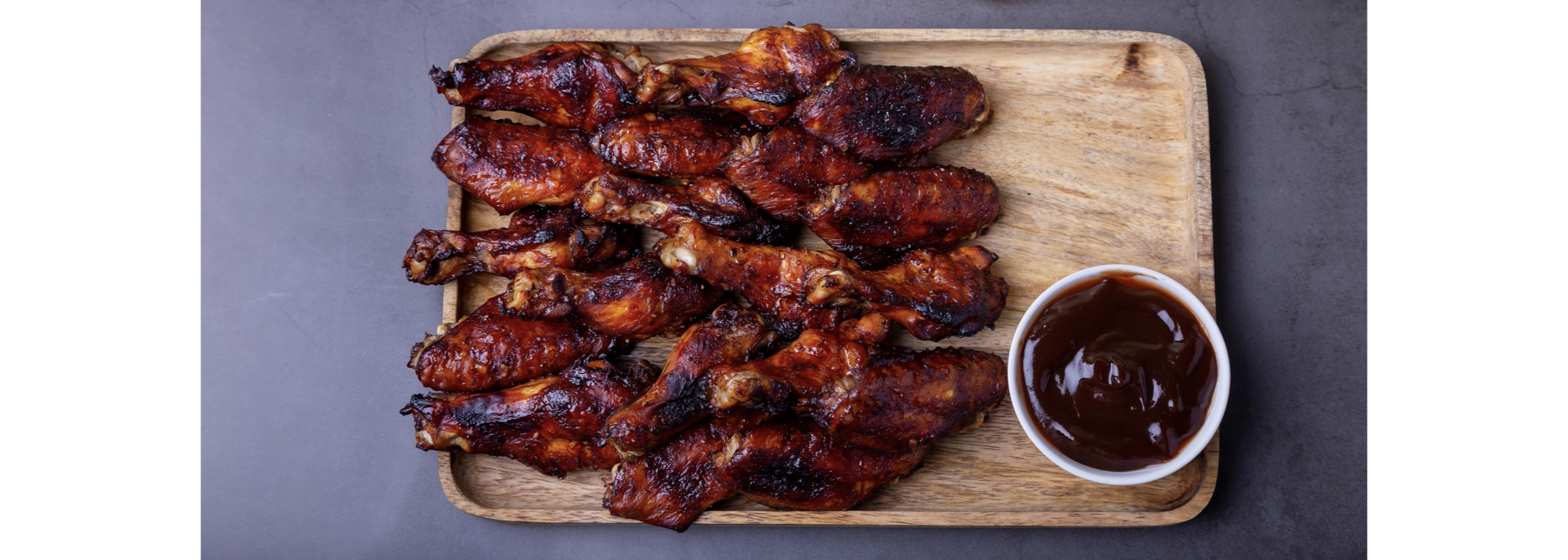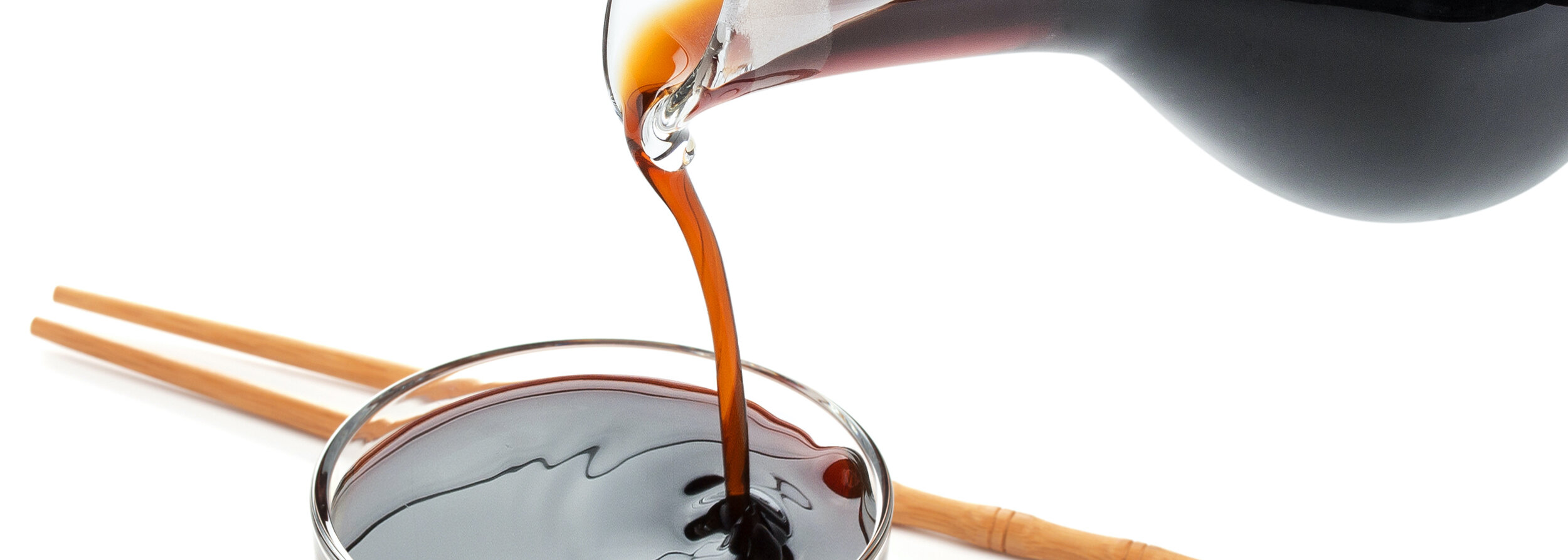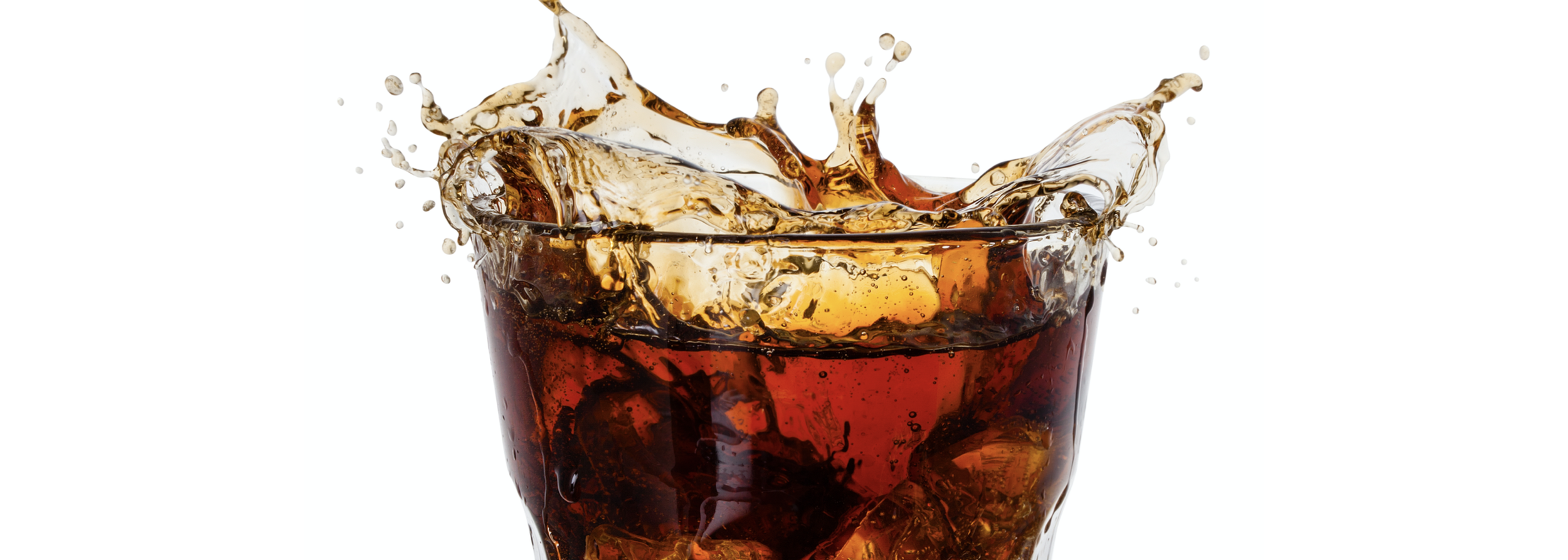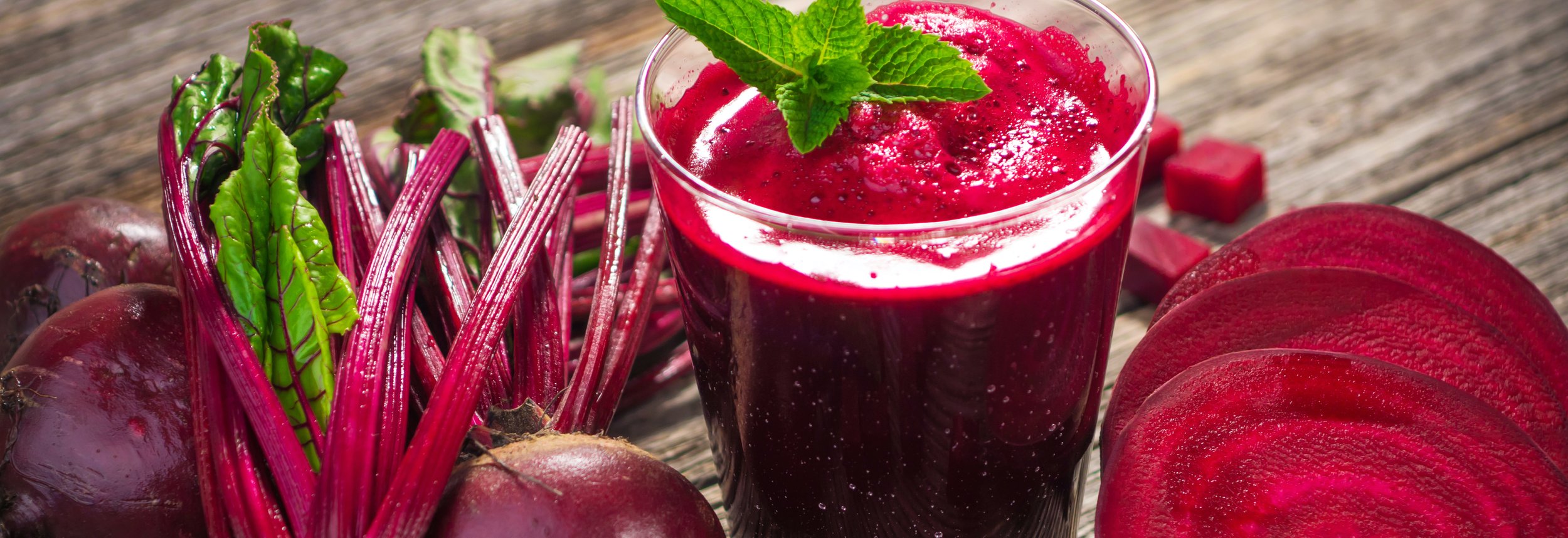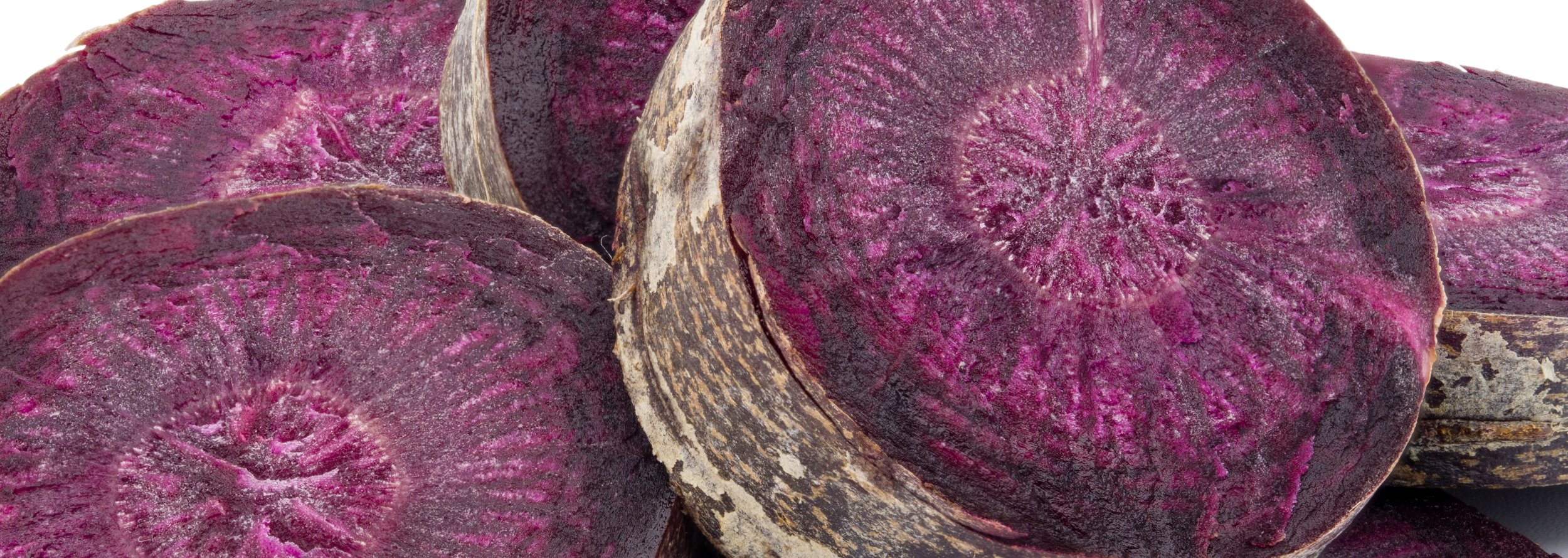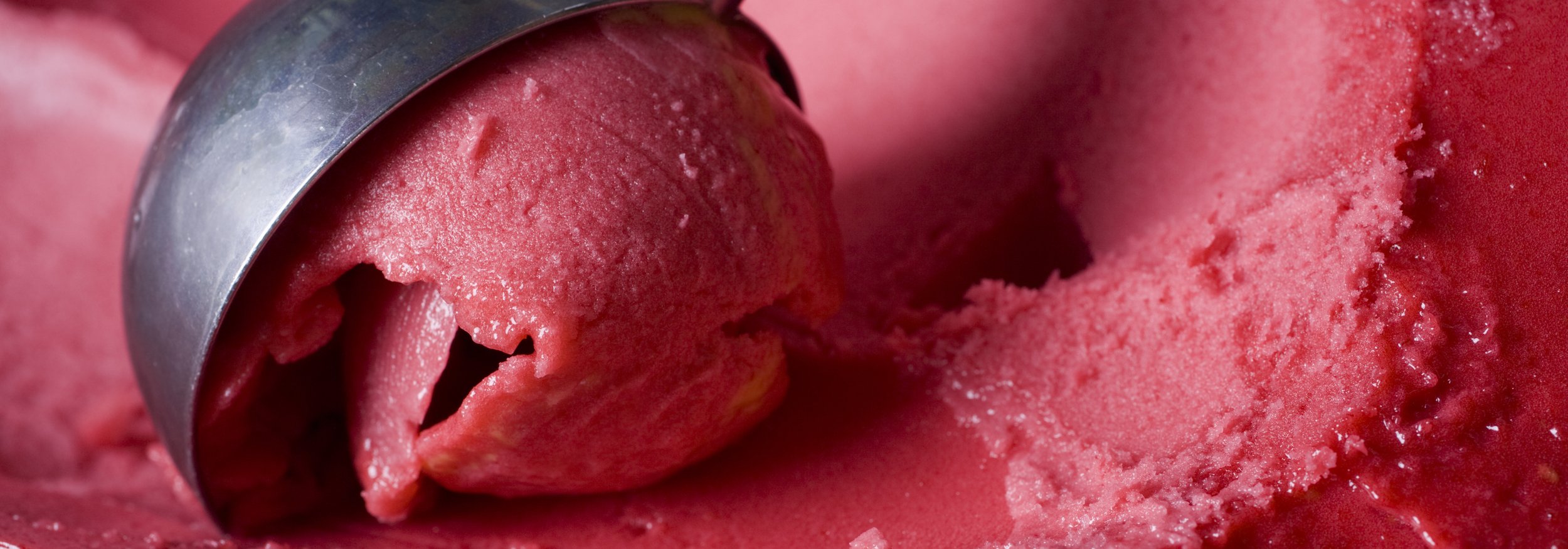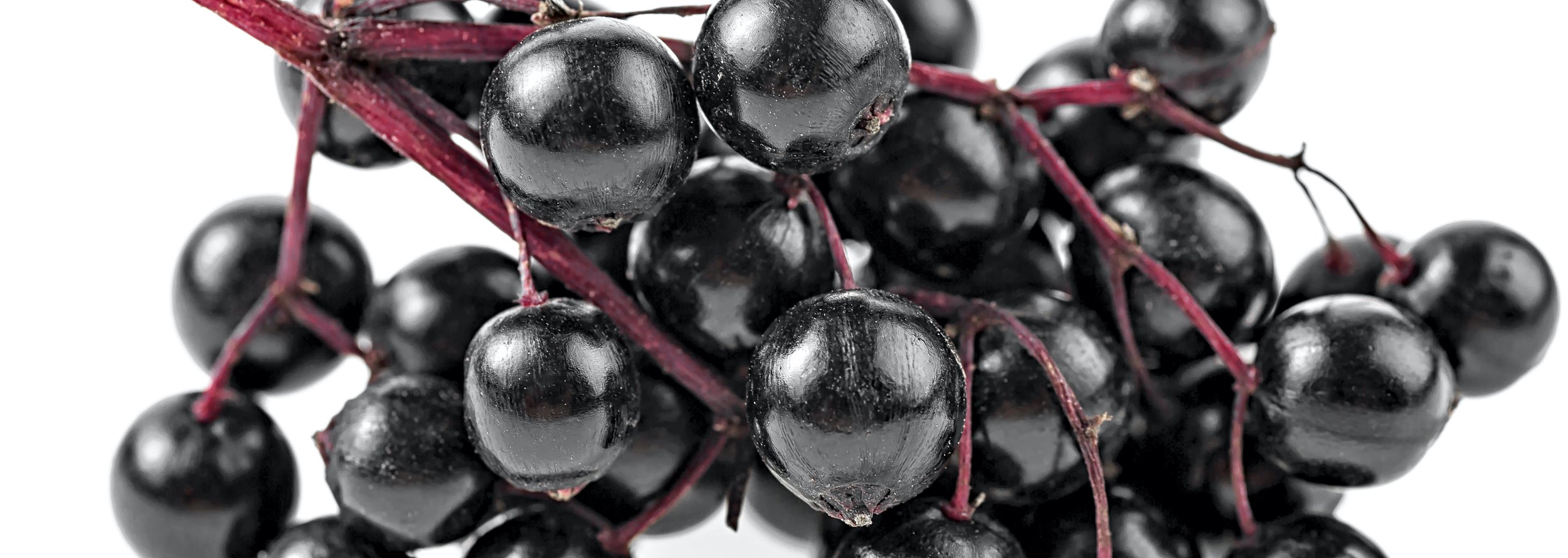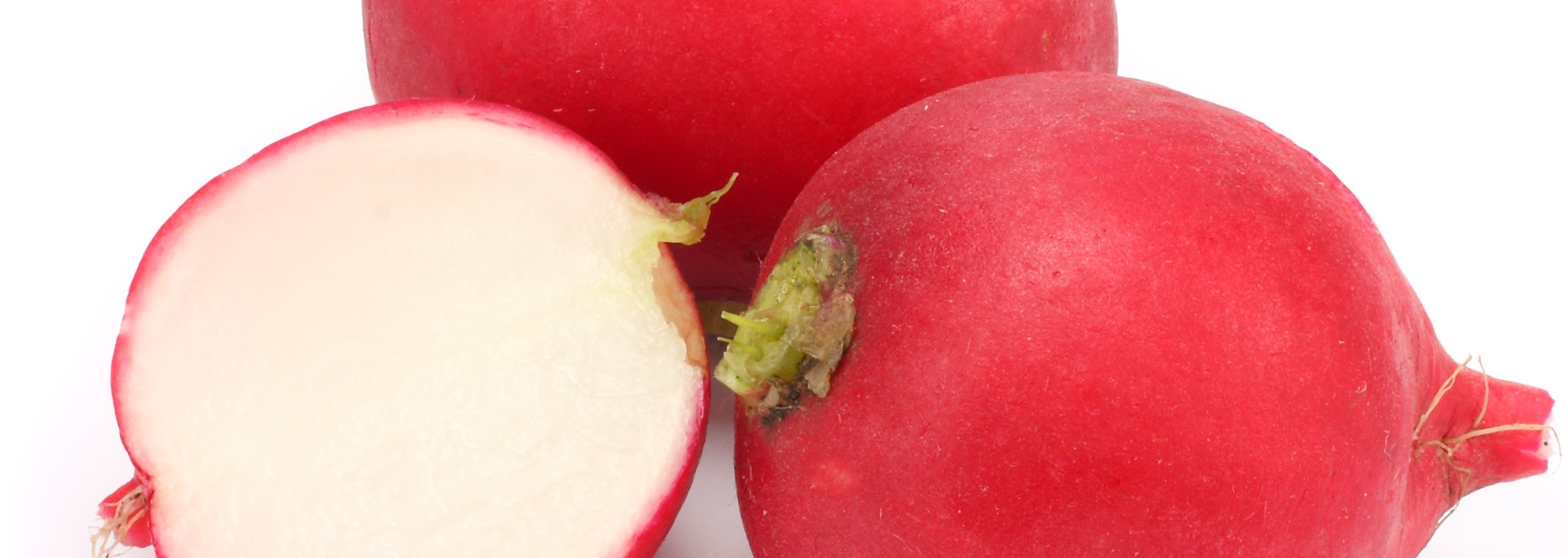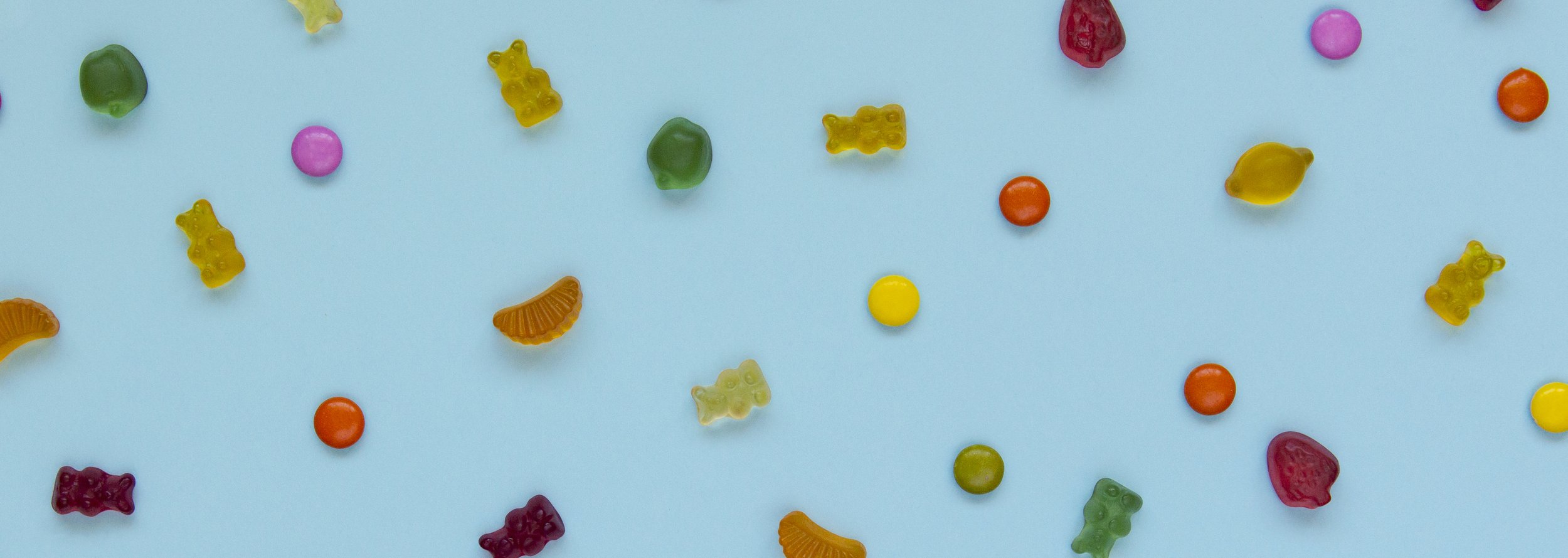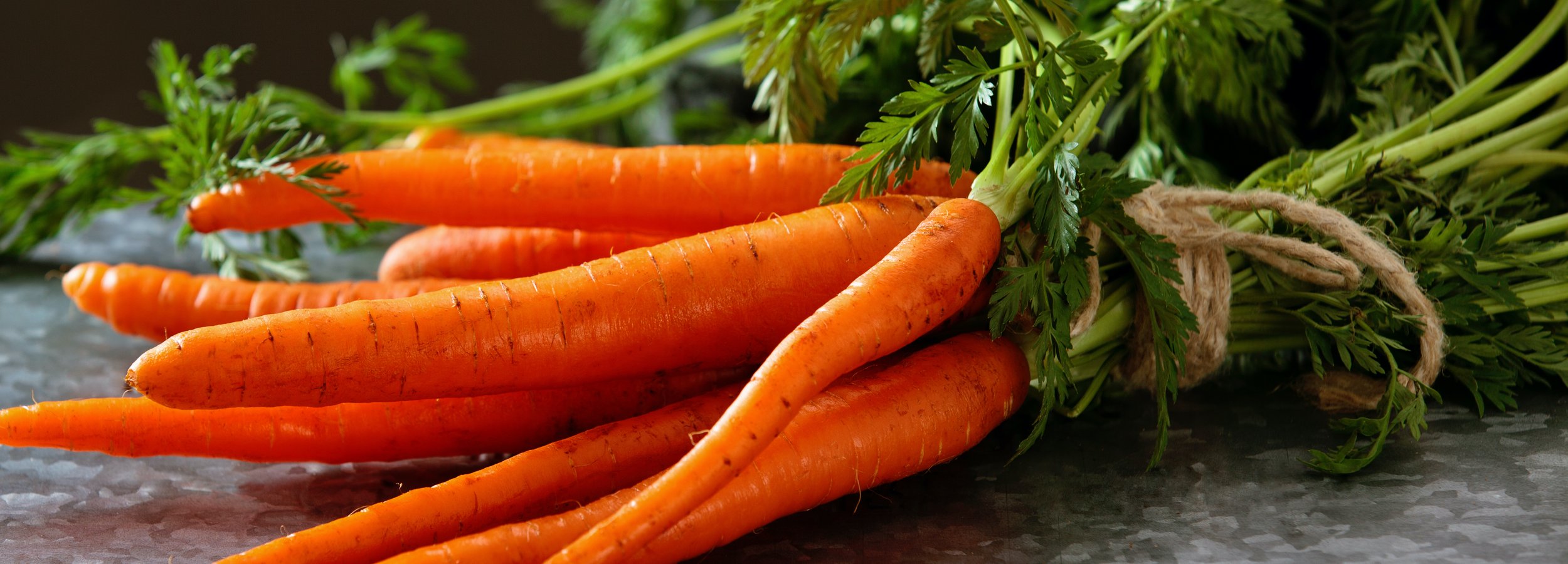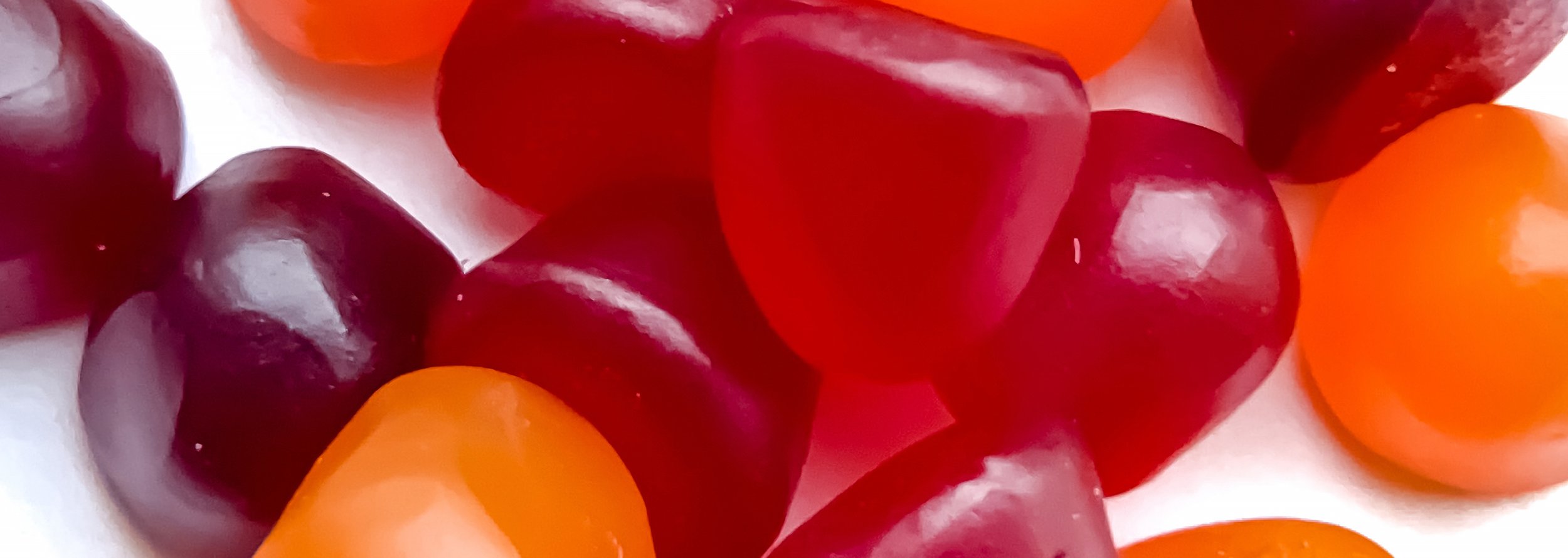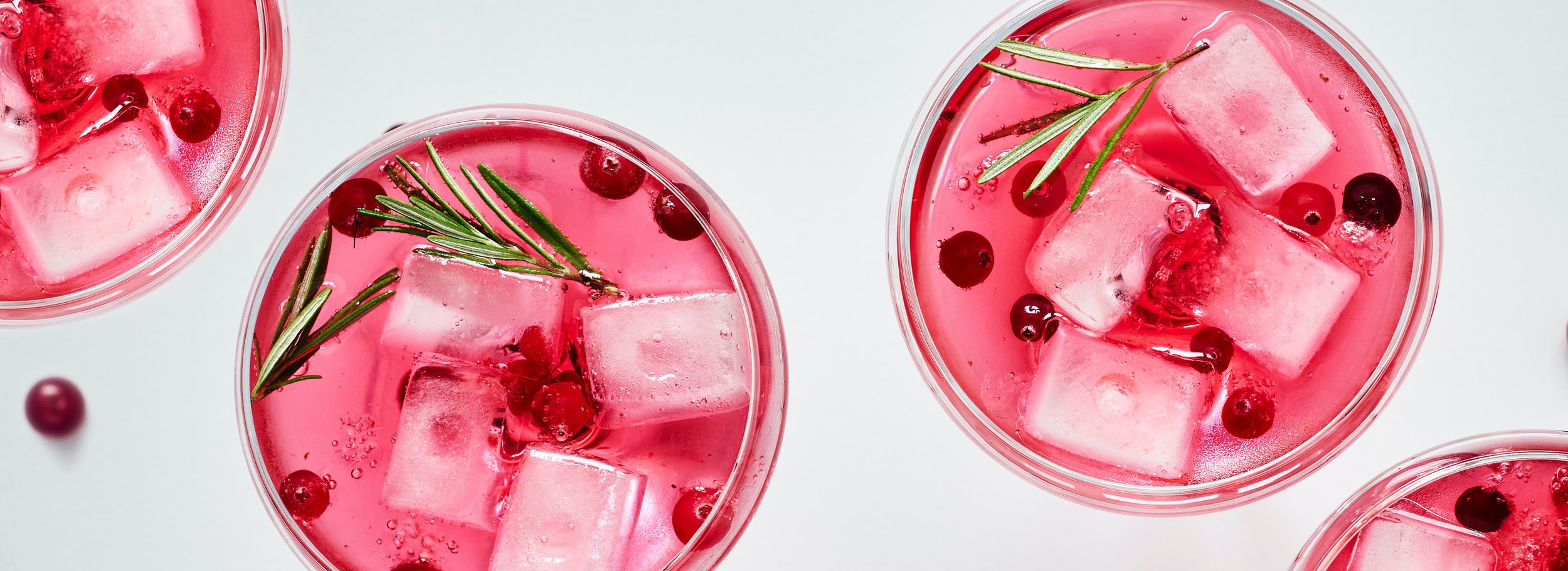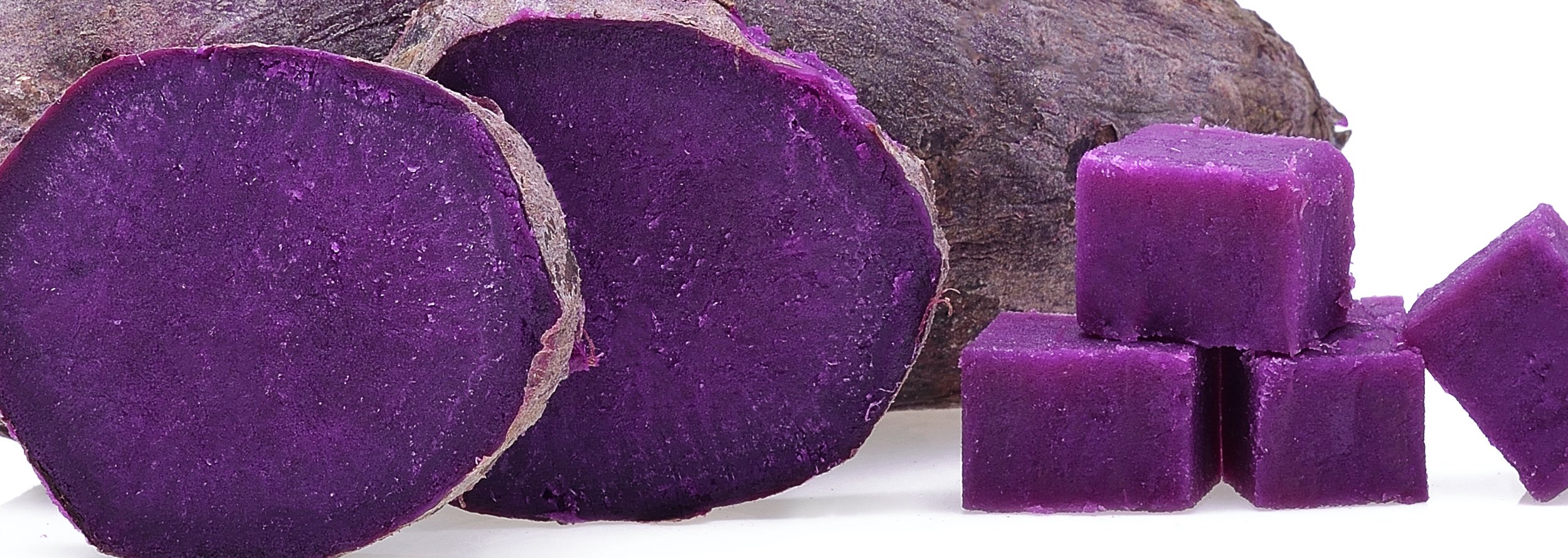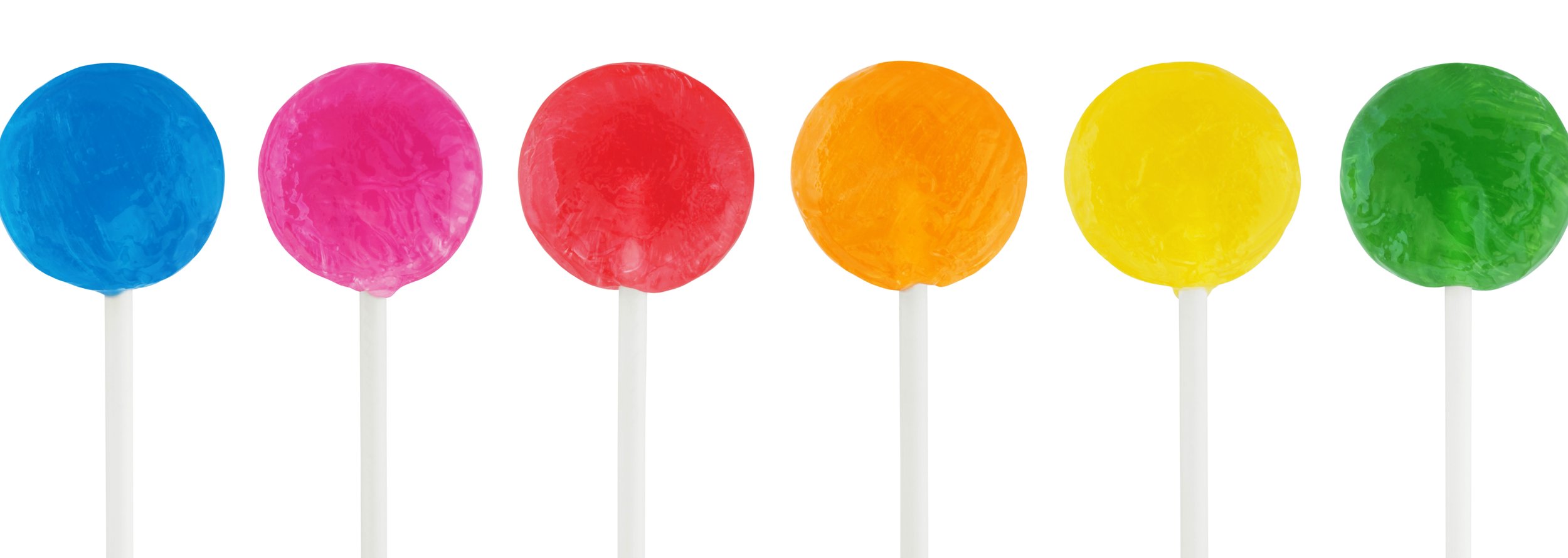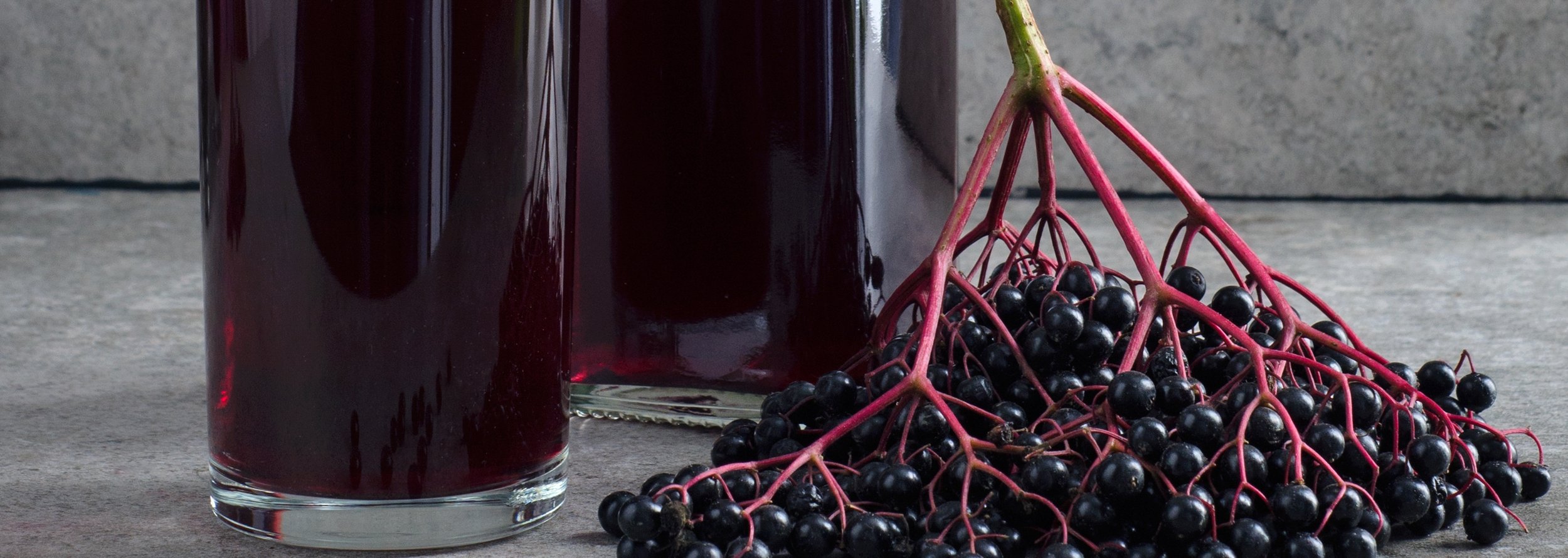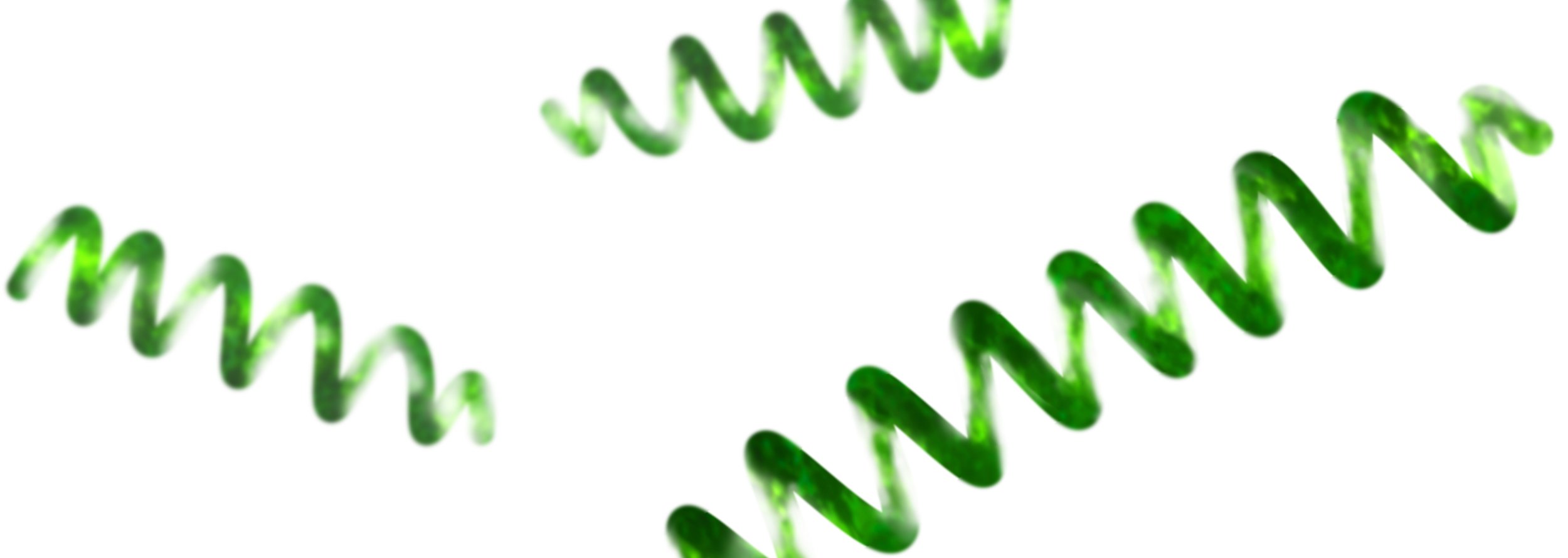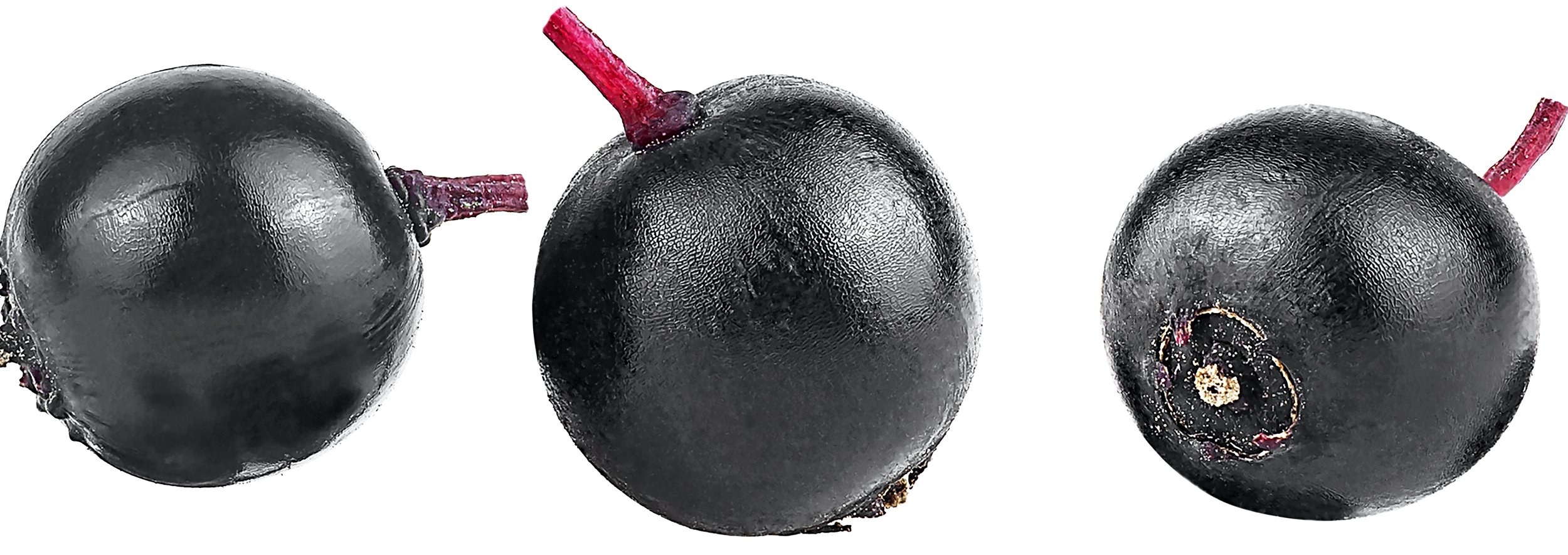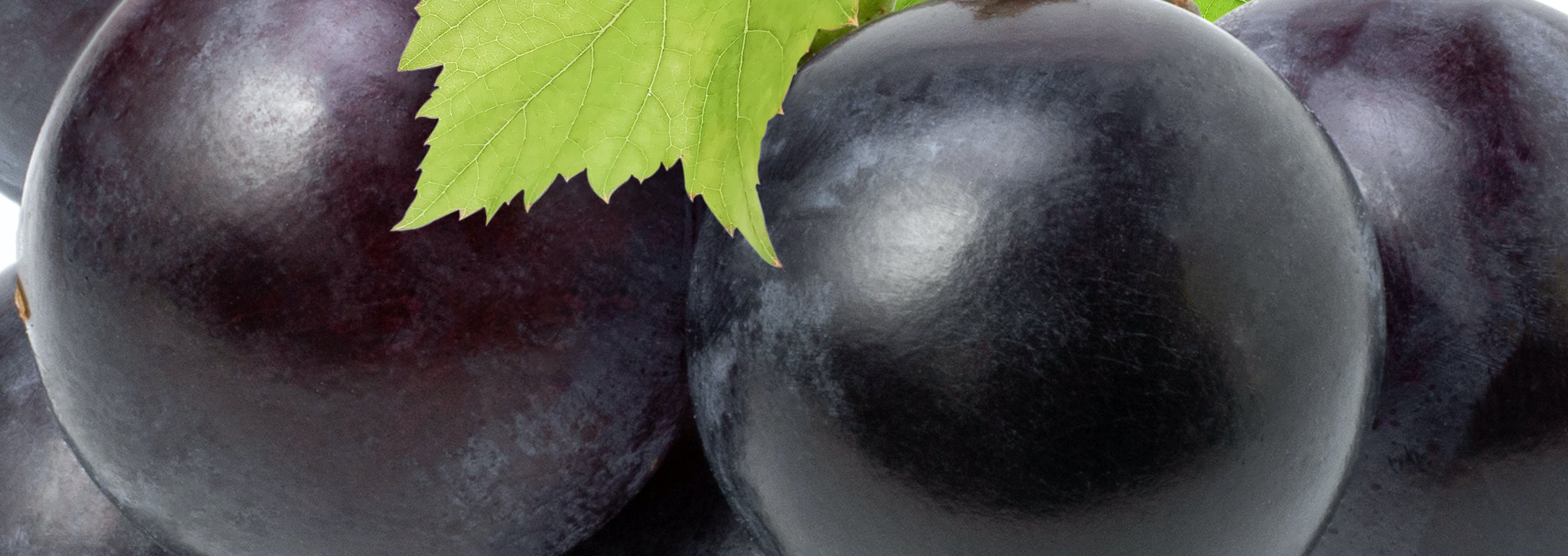NATURAL COLORS
The Natural Colors are derived from a variety of different sources throughout the world. Many have been used for centuries, and have unique histories.
TURMERIC
Turmeric has been used as a spice, and also as a colorant, for centuries. It is known for its characteristic bright yellow shade. Turmeric has been known to provide many health benefits for years, whether being used for its medicinal benefits even as a simple home remedy, or more recently, having been scientifically shown to provide cardiovascular and anticarcinogenic benefits, due to its high antioxidative content and properties.
The coloring component for turmeric is known as Curcumin. The pigment is extracted from the root Curcuma Longa, which is cultivated primarily in India. Turmeric provides very bright yellow shades in many applications, including bakery, confectionery, dairy, and many prepared foods.
The market forms available include the insoluble pigment, oleoresins, and emulsion and encapsulated forms, both in powder and in liquid forms. Turmeric is known to have excellent heat stability, but it may be unstable when exposed to light in some applications. Specialized formulations are available to provide the additional stability requirements needed for many of these applications.
Applications
Prepared Foods
Snacks
Mustard
Dips/Spreads
Yogurt
Pickles
Confectionery
Seasonings
Bakery
Dairy
CARMINE & COCHINEAL EXTRACT
Carmine is sourced primarily in Latin America, in Peru mostly, and has been used historically for applications like coloring textiles, pottery, cosmetics, and of course also for coloring foods. The colorant is extracted from the female cochineal insect, Dactylopius coccus costa, and lives only on the prickly pear cactus, Opuntia ficus indica. The colonies of insects are pictured as white patches on the cacti. The coloring component is Carminic Acid.
Carmine and Cochineal Extract are able to provide bright and stable shades, ranging from orange to deep reds and magenta, to even purple shades, depending on the application. Carmine is the only FDA approved Exempt Color lake. The Carmine lake can be further converted to various water soluble versions, to be used for a wide range of water based applications. Carmine and Cochineal Extract are available in a wide range of powder, dispersion and liquid forms.
While it is one of the most stable natural colors available in the world, Carmine and Cochineal Extract are often the topic of interesting conversation, due to being sourced and extracted from an insect which grows and colonizes on the cacti. Even today, the cochineal are harvested by hand. While the sourcing is labor intensive, the source itself is very rich in the Carminic Acid colorant and the extraction is very straightforward, typically only requiring water based methods.
Applications
Dairy
Yogurt
Fruit Preparations
Confectionery
Prepared Foods
Bakery
Icings
Sauces
Surimi
Beverages
Cosmetics
ANNATTO
Annatto has been used for centuries throughout Latin American countries both as a colorant in foods, and also as a seasoning, also known as “achiote”, to provide an earthy flavor note to many customary cuisines. Historically it was used for body painting and coloring one’s face. As it was also used for treating health disorders and ailments, such as heartburn and nausea, it has now been scientifically shown to provide many health benefits, as an anticarcinogen, antimicrobial, antioxidant and anti-inflammatory.
Annatto is grown and harvested in South America, Africa and the Caribbean, from the seeds of the Bixa Orellana L. shrub. The pigment naturally occurs as the oil soluble form, as Bixin, a carotenoid, and is extracted from the exterior of the seeds. The water soluble form is generated using a simple processing step to create Norbixin, which is used widely in water based applications, including cheese and other dairy applications.
Annatto, as either Bixin or as Norbixin, has good to fair stability in most applications. It provides golden yellow to yellowish-orange shades when used. It is available as oil based systems, water soluble forms, acid stable forms, or as emulsified or encapsulated forms, for additional functionality and stability.
Applications
Cheese
Dairy
Ice Cream
Yogurt
Bakery
Prepared Foods
Cereal
Spreads
ANTHOCYANINS
The Anthocyanins (from the Greek: anthos=flower and kyanous=dark blue) are red, purple or blue pigments founds in plants, especially flowers, fruit and vegetables. Anthocyanins are comprised of those colorants which are derived primarily from fruits and vegetables. Commercial sources include grapes, grape skin, elderberries, purple carrot, red radish, red cabbage, purple sweet potato, black currant and also hibiscus.
These colorants are rich in polyphenols and have also been shown to provide heart and anticancer benefits. The Anthocyanins provide a range of shades, from yellowish red to bluish red, to purple, depending on the source and the application. They are most stable at low pH and are used mostly for these types of low pH applications, including beverages, yogurt and fruit preparations, confectionery and frozen desserts.
The Anthocyanins are water soluble and the stability of each is very much a function of the source, as well as the application. Typically, it is the vegetable sourced anthocyanins, such as purple carrot and purple sweet potato, which can provide better stability in application, than some of the corresponding fruit based anthocyanins. This is due to their respective and inherent molecular structures and inter- and intra- molecular interactions. Acylation and glycosylation have been shown to provide and improve the stability of the anthocyanin structure, and in nature, it is typically the vegetable based anthocyanins which tend to have these highly substituted molecular structures.
The relative color strength or color intensity of the different anthocyanins, regardless of the source, is typically referenced using a measurement of Color Unit strength (CU or E value). This is determined by calculation by obtaining the absorbance value at a specified dilution using spectrophotometric measurements.
Applications
Beverages
Fruit Preparations
Yogurt
Confectionery
Water Ices
Frozen Desserts
Powdered Mixes
Functional Foods and Supplements
RED BEET
Red Beet is simply expressed from red beets (Beta vulgaris) to provide the pigment known as Betanin, which is in the Betalain pigment classification. Red Beet is water soluble and is available in both powder and liquid market forms.
Red Beet is used mostly for applications with low water activity, such as ice cream or frozen desserts, dry mixes, and some confectionary applications. It provides bright bluish red to pink shades in application.
Applications
Frozen Desserts
Yogurt
Water Ices
Ice Cream
Confectionery
Dry Mixes
Nutraceutical Mixes
BETA CAROTENE
Beta Carotene is a carotenoid which is found in many vegetables and fruits. Carotenoids are a group of naturally derived colors found mostly in plants, algae, fungi and bacteria, providing the characteristic, and often bright colors we see in nature.
Sources rich in beta carotene include sweet potatoes, carrots, squash, cantaloupe, apricots and broccoli. However, most of the beta carotene which is used as a colorant in typical food and pharmaceutical applications is what is known as the “Nature Identical” form.
Beta Carotene is one of the first Exempt Colors which was approved and is now regulated and listed as “Nature Identical”, meaning that it is a synthetically produced form which is literally identical to the form found in nature, in vegetables and fruits. Beta carotene is also derived from natural sources, including the fungal form Blakeslea trispora and the algal form, from Dunaliella salina. Any form that is used in the US must meet the FDA specifications.
Beta carotene is oil soluble in its inherent state, as is true with all carotenoids, and can be used for oil based applications, like popcorn oils and spreads. It can also be emulsified or encapsulated, in order to provide a wide shade range, from bright yellow, to egg-shade yellow and deep reddish-orange shades, depending on both the formulation and the application. The formulation is critical in determining both the color stability and shade that will be provided in the final application.
These water miscible and water dispersible forms may be used for coloring beverages, confectionary, dairy and other water based applications.
Applications
Prepared Foods
Soups
Margarine/Spreads
Ice Cream
Yogurt
Confectionery
Snacks
Bakery
Beverages
Nutraceuticals
PAPRIKA
Paprika is obtained from the red pepper pod of Capsicum annum, which is grown in Spain, Africa, Hungary, China, USA and South America. Paprika is a carotenoid and is extracted to provide an oil soluble product, typically as an oleoresin. Paprika oleoresin is a mixture of several pigments, including Capsanthin and Capsorubin (reds) and beta carotene (yellow).
According to the FDA color regulations, Paprika is the ground dried pod, while Paprika Oleoresin is the combination of color and flavor obtained by extraction using approved solvents. Paprika oleoresin is the form typically utilized as a colorant in the industry. The commercially available market forms of Paprika Oleoresin, when it is used as a colorant, are typically deflavored and standardized.
Paprika is an oil soluble colorant that provides orange to reddish-orange shades in application. It can also be emulsified or encapsulated to provide stabilized, water dispersible and water miscible forms which can then be used in water based applications. Paprika is used widely for snacks, seasonings, prepared foods and processed cheeses.
Applications
Prepared Foods
Snacks
Seasonings
Dips
Marinades
Salad Dressings
Condiments
Bakery
Processed Cheese
CHLOROPHYLLS
Chlorophyll is an oil soluble pigment which is responsible for the green colors we see in plants and leaves in nature. The commercial forms of chlorophyll are typically obtained from sources such as grass, nettle, alfalfa and spinach.
In application, chlorophyll provides an olive green type of shade. In order for it to be used in water based applications, it must undergo a saponification type of reaction with copper (and sodium or potassium), which creates the chlorophyllin forms which are water soluble, including sodium copper chlorophyllin.
While Chlorophyll and its Chlorophyllin derivative forms are used widely globally, it is the Sodium Copper Chlorophyllin product which is allowed in the US, but only for dry citrus based beverages. Further, potassium sodium copper chlorophyllin may be used for coloring dentrifices, under the CFR Drug and Cosmetic regulations, respectively.
Chlorophyll may also be formulated into emulsions or encapsulated forms, which provide additional application capabilities and additional stability in a wide range of applications, where allowed.
Applications
Dry Beverage Mixes
TITANIUM DIOXIDE
Titanium Dioxide is a naturally sourced, bright white pigment which is used to provide white or opacity effects in all foods, drugs and cosmetic product applications. It is the naturally occurring oxide of titanium, known as TiO2. It is mined and chemically processed and then purified from a mineral ore to provide the bright white pigment, as the anatase crystalline form.
Titanium dioxide is the only food approved white colorant in the US. It is both water dispersible and fat dispersible, so it can be used across most food, pharmaceutical and cosmetic applications. Titanium dioxide works extremely well for coating applications, to assist in providing the bright shades we see in confectionery applications as well as for the pharmaceutical tablets and pills. It provides bright white shades/effects in application in addition to providing opacity effects, and has excellent stability to oxidation, heat, light and pH in all applications where it is used.
Applications
Confectionery
Prepared Foods
Cereals
Low Fat Products
Bakery
Icings
Pet Foods
Dry Mixes
Nutraceuticals
Pharmaceuticals
Cosmetics
Mica-Based Pearlescent Pigments
The Mica-Based Pearlescent Pigments are a range of pigments formed by depositing titanium salts onto mica, followed by heating, in order to produce titanium dioxide on mica. The mica which is used to manufacture these color additives shall conform in identity to the requirements of 21CFR 73.1496 (a)(1).
Mica-Based Pigments may be used in amounts up to 1.25 percent, by weight, in the following foods: Cereals, confections and frostings, gelatin desserts, hard and soft candies (including lozenges), nutritional supplement tablets and gelatin capsules, and chewing gum.
Mica-Based Pigments may also be used in amounts up to 0.07%, by weight, in:
Distilled Spirits containing 18-25% alcohol
Cordials, Liqueurs, flavored alcoholic malt beverages, wine coolers and cocktails
Non-alcoholic cocktail mixes and mixers, such as Margarita mix, Bloody Mary mix and Daiquiri mix (however, excluding eggnog, tonic water, and beverages typically consumed without alcohol)
These pearlescent pigments may also be used to color ingested drugs in amounts up three percent, by weight, of the final drug product. The maximum amount of iron oxide to be used in producing said pigments is not to exceed 55%, by weight, in the finished product.
These pigments may also be used in Egg Decorating kits used for coloring the shells of eggs, in amounts which are consistent with GMP.
The Mica-Based Pigments are known to provide interesting and unique visual effects in application, such as luster, shimmer or sparkle. They can be used alone or in combination with other natural or synthetic colorants to provide additional creative and exciting effects in application.
Applications
Cereals
Confectionery
Frostings
Gelatin Desserts
Hard Candies
Soft Candies
Nutritional Supplement Tablets
Nutritional Gelatin Capsules
Chewing Gum
Alcoholic Beverages
Non-Alcoholic Cocktail Mixes
Egg Decorating Kits
SPIRULINA
Spirulina Extract is obtained by the aqueous extraction of the dried biomass of the blue-green algae, Arthrospira platensis. The algae is cultivated in carefully controlled ponds, and harvested as a green biomass. Spirulina is composed of chlorophyll, carotenoids, tannins, and the blue pigment, Phycocyanin. It is the blue phycocyanin which is completely water soluble and provides the bright blue colorant. The remaining pigments are oil soluble or insoluble, which further allows for a very straightforward extraction and separation production process.
Spirulina Extract has very recent FDA approval as a food color, and is allowed for the following applications including: confections (including candy and chewing gum), frostings, ice cream and frozen desserts, dessert coatings and toppings, beverage mixes and powders, yogurts, custards, puddings, gelatins, and ready to eat cereals (excluding extruded cereals). It is also allowed for coating formulations applied to dietary supplement tablets and capsules.
It is available in liquid and powder forms and is most stable in those applications where there is minimal heat and the pH is greater than 4.5.
Applications
Confectionery
Frostings
Ice Cream
Frozen Desserts
Dessert Coatings/Toppings
Beverage Mixes/Powders
Yogurts
Custard
Puddings
Cottage Cheese
Gelatin
Ready to Eat Cereals
Supplement Tablet/Capsule Coatings
LYCOPENE
Lycopene is a carotenoid pigment which is extracted from tomatoes. It is also naturally occurring in sources such as watermelon and pink grapefruit, but it is the form from tomatoes which is most prevalent and is approved and allowed commercially in the US. It is oil soluble in its inherent state and can be emulsified in order to allow for it to be used in water based applications. Lycopene is one of the “redder” carotenoids available and provides an orange to reddish orange shade in application.
Additional forms of Lycopene are now commercially available which are Nature Identical and also derived via fermentation from the fungus, Blakeslea trispora. However, these forms are allowed in countries outside of the US. These forms are essentially the same as the form extracted from tomatoes and are also used for a wide variety of food applications.
Applications
Prepared Foods
Dairy
Yogurt
Confectionery
Beverages
IRON OXIDES
Iron Oxides do occur in nature. However, the iron oxides, including their hydrated forms, which are allowed and used commercially are those which are synthetically manufactured. The iron oxide pigments are insoluble and can be suitably dispersed in many different applications.
In the US, synthetic iron oxides are used for coloring sausage casings and for coloring soft and hard candy, mints and chewing gum. They are also used for coloring dietary supplement tablets and capsules, including coating and printing inks, and for coloring pet foods.
Applications
Confectionery
Pet Foods
Dietary Supplements
Casings
CARAMEL
Caramel color is made by the carefully controlled heating process of food-grade carbohydrates, including: dextrose, invert sugar, lactose, malt syrup, molasses, starch hydrolysates and sucrose. Food grade acids, alkalis and salts may also be used to assist in the carmelization process.
There are four different types or classes of caramel. The classification is based upon how the caramel color is produced. They are: Class I (A) Plain Caramel; Class II (B) Sulfite Caramel; Class III (C) Ammonia Caramel and Class IV (D) Sulfite Ammonia Caramel.
Caramel colors are very stable water soluble colorants with very good functionality and performance in all applications, and provide a range of brown shades, from light golden-brown shades to dark, intense reddish brown shades. They are used in a wide variety of applications, including bakery, beverages, cereals, confectionary, dairy, prepared foods, and pet foods.
Caramel colors are available in liquid and powder forms.
Applications
Beverages
Bakery
Confectionery
Prepared Foods
Sauces/Gravies
Dairy
Ice Cream
Seasonings
Pet Foods
Cereals
COLORING FOODSTUFFS
Coloring Foodstuffs (or Coloring Foods) are a range of naturally sourced products which are regarded as ingredients or foods, rather than as additives. These concentrates or juice concentrates also then impart color when used in a given food application. NATCOL (Natural Food Colors Association) positions “Coloring Foods” as food ingredients used by the food industry for the primary purpose of imparting color to food and beverage products. They are manufactured from fruits, vegetables, flowers, spices, algae and/or other edible source materials. They have the following criteria:
The primary extract is added during the manufacturing of compound foods with the primary effect to deliver color to the compound food. If the primary extract is used because of its aromatic, sapid or nutritive properties together with a secondary coloring effect, the primary extract is either a food or a flavoring.
The source material must be a food or a characteristic ingredient of food which is normally consumed as such within the EU.
The pigments present in the source material must NOT undergo selective, physical and/or chemical extraction relative to the nutritive and aromatic constituents.
In the US, all colorants, whether Certified, Exempt or a Coloring Food, are additives and are regulated as such by the FDA in 21CFR Parts 73, 74 and 82. In Europe primarily, and some other parts of the world, coloring foodstuffs are used widely and are seen as ingredient options which allow for clean label alternatives.
In the EU, for example, all additives have assigned what is called an “E Number”, which would appear on product labels for consumers. For example, Red Beet is E162. The coloring foods, while in many cases are derived from the same sources as the Exempt or Natural Colors, are E Number free. The corresponding Red Beet Coloring Food would have minimal processing, and would be labeled on the finished food as “Red Beet Juice Concentrate”. This allows for “cleaner labeling options”, or potentially provides more appeal to consumers.
Applications
Bakery
Beverages
Confectionery
Dairy
Dry Mixes
Frozen Desserts
Fruit Preparations
Gelatin
Ice Cream
Prepared Foods
Water Ices
Yogurts
Meat and Meat Substitutes
Product Forms
Powders
Products are available as dry powders. This form can be preferred as it allows for a longer shelf life when stored, and also allows for ambient storage for most products.
Liquids
Products are available as water soluble liquid systems or as liquid emulsions or oil based liquids.
Blends
As is true with the synthetic colors, natural colors may also be blended, with other natural colors or also with synthetic colors also, in order to achieve any desired shade. These may be in liquid or in powder form.
Oleoresin
In the extraction process, for many of the natural colors, such as paprika for example, the end product is an oleoresin, which contains the colorant, and may also contain other ingredients inherent to the vegetable or plant source, such as flavor components.
Suspensions
The natural pigments may also be uniformly dispersed into suitable carriers, such as oil or propylene glycol.
Emulsions Encapsulated Forms
Many of the natural colors are inherently oil soluble or insoluble pigments. In order to use them in water based applications, they may be emulsified with food grade ingredients in order to make them water dispersible or water miscible.




